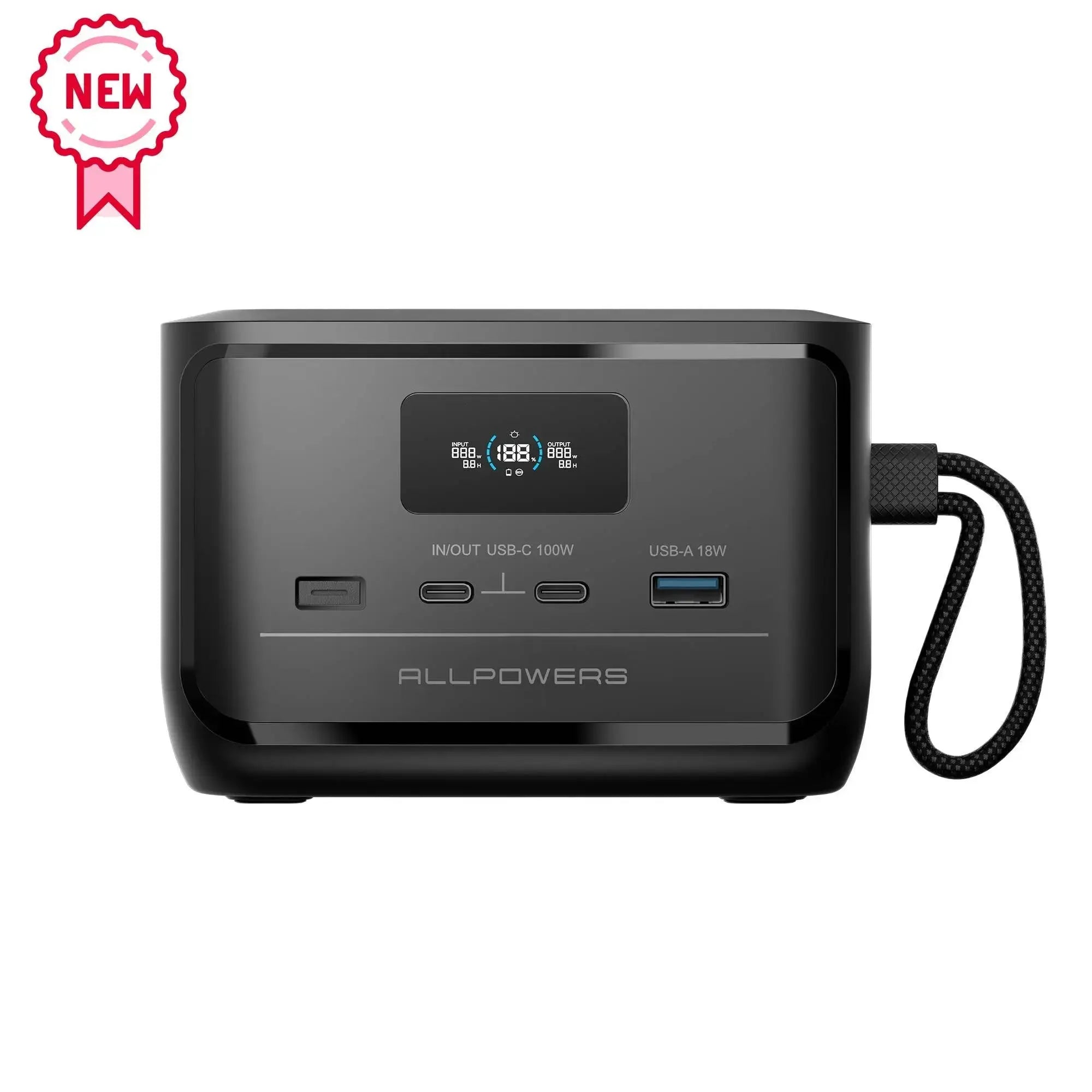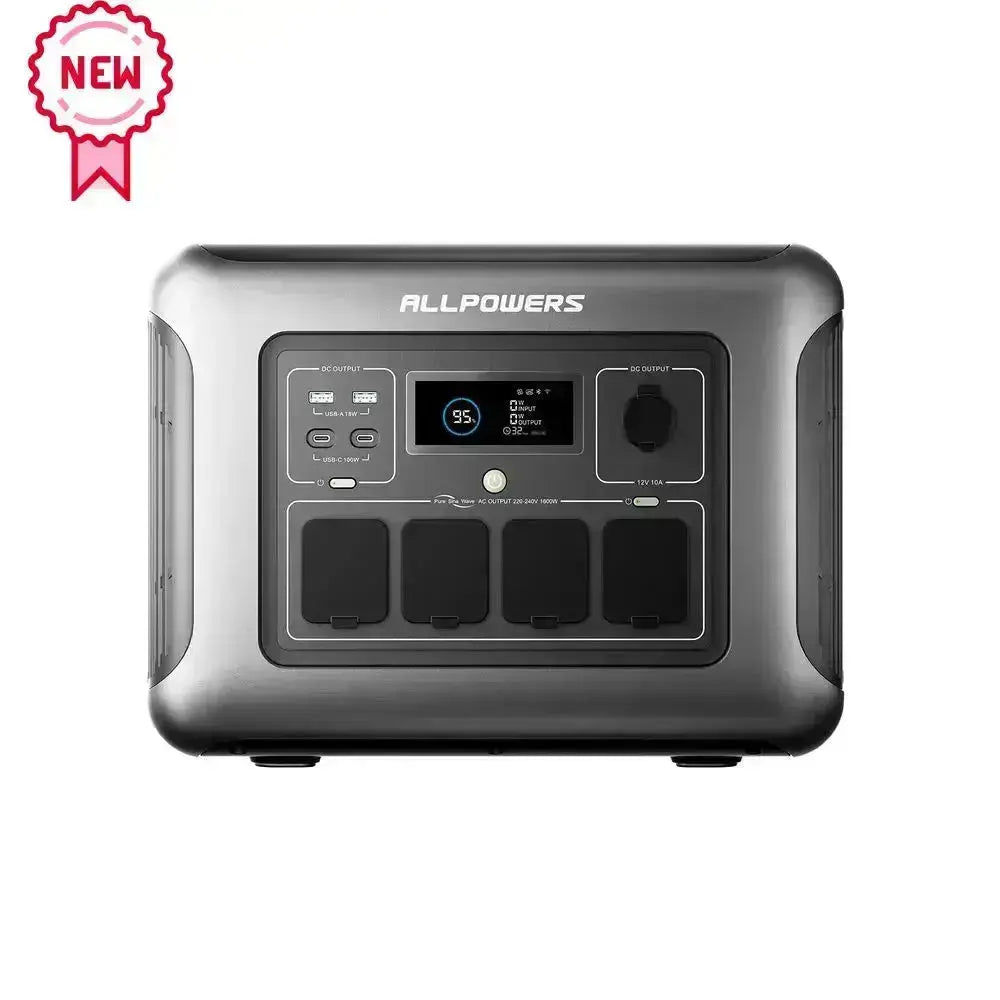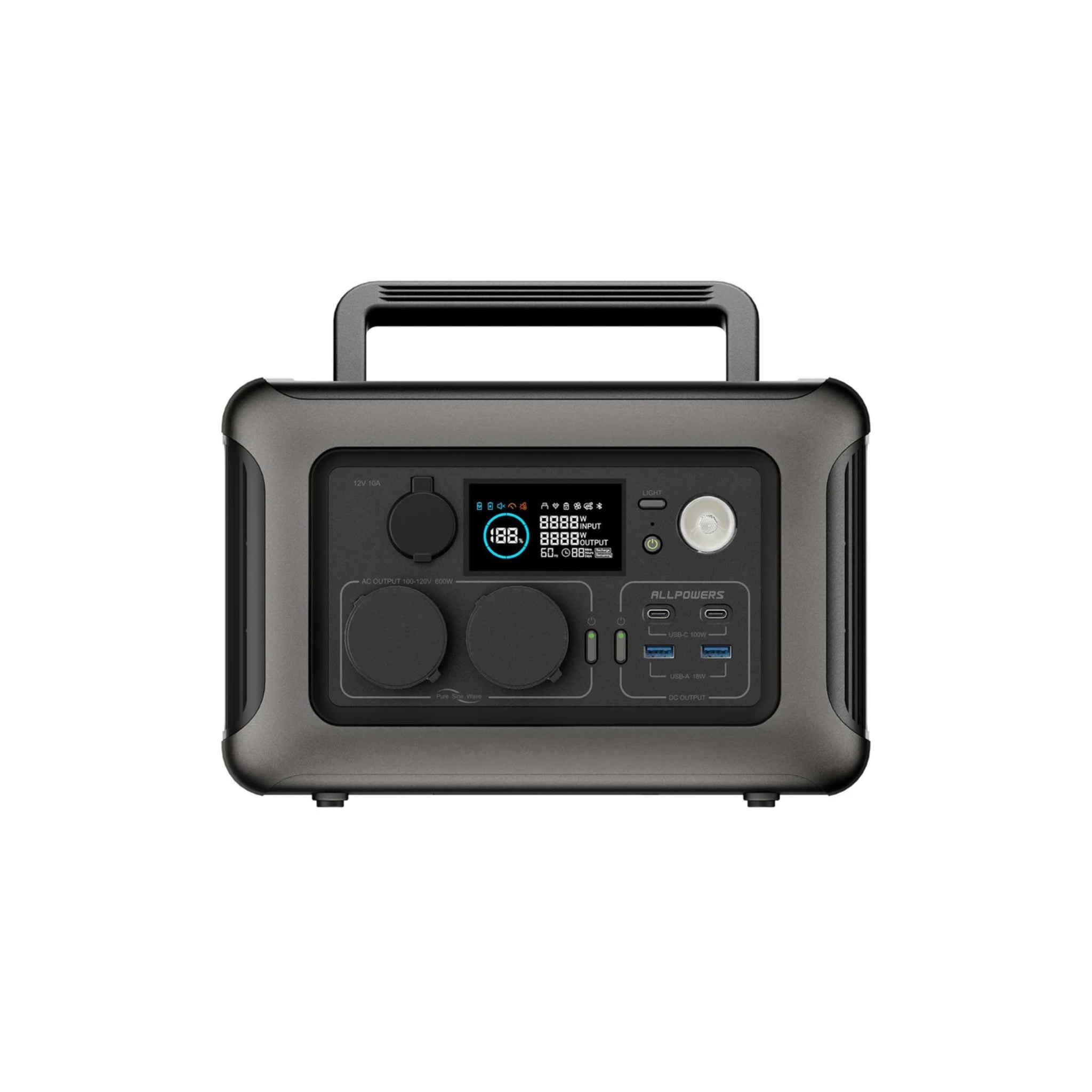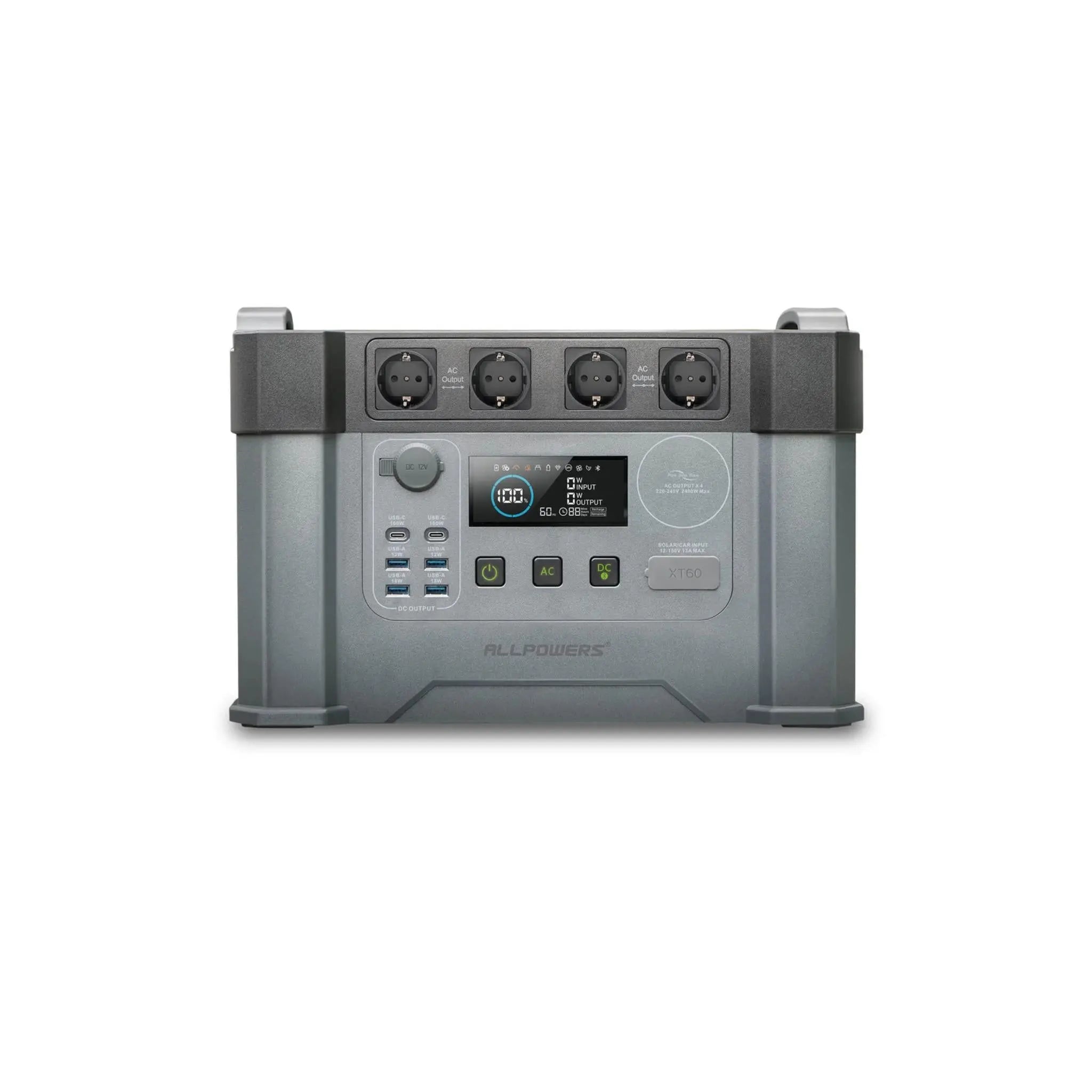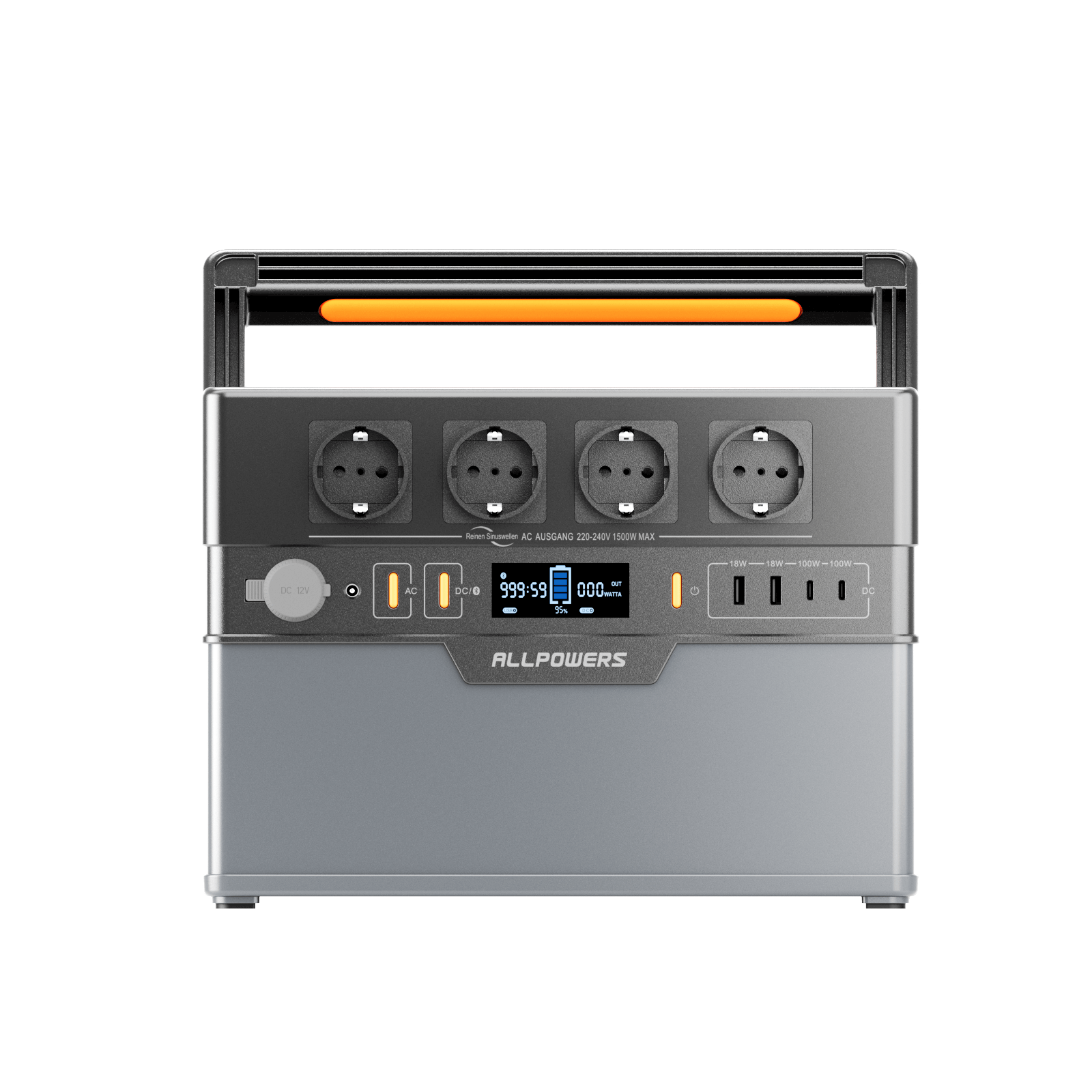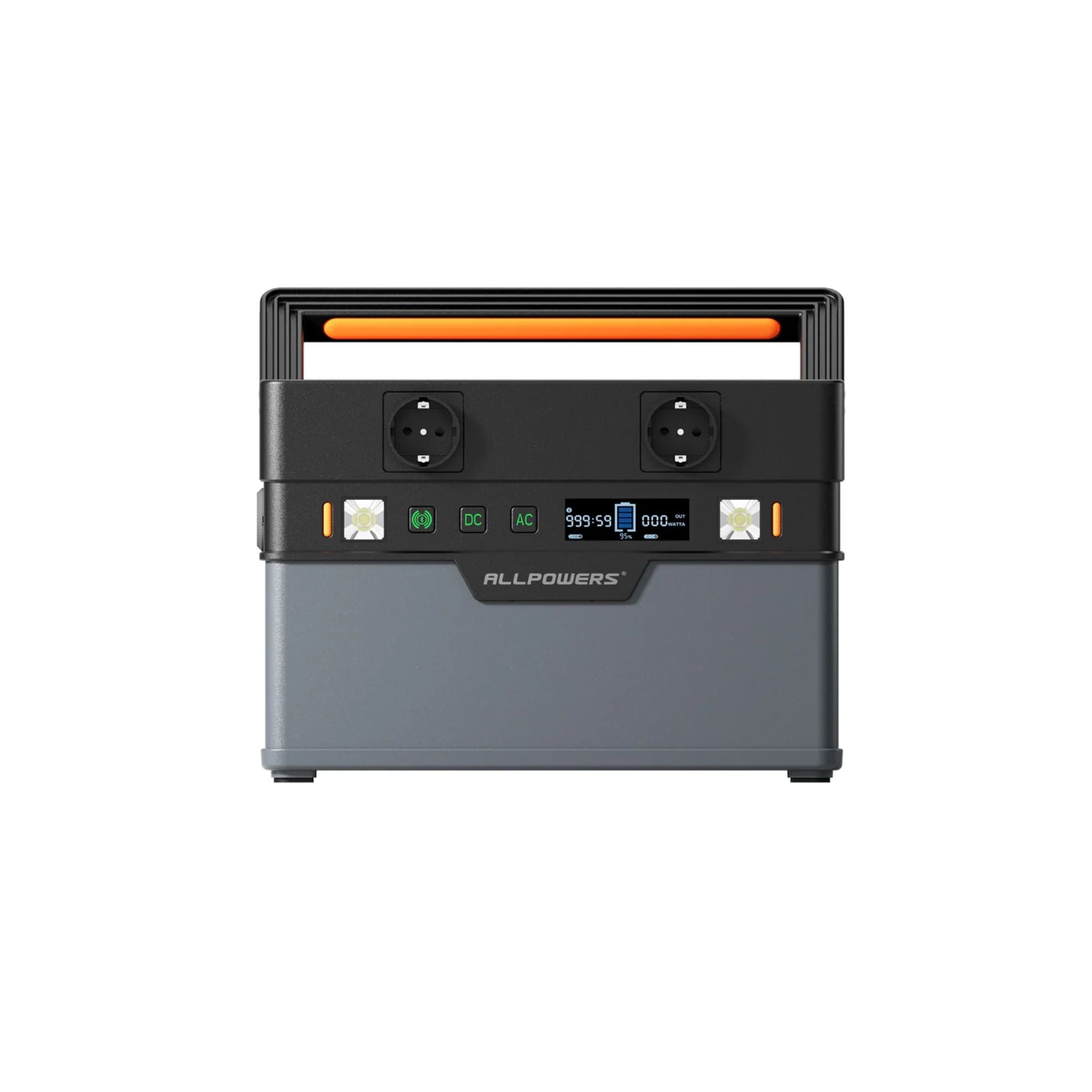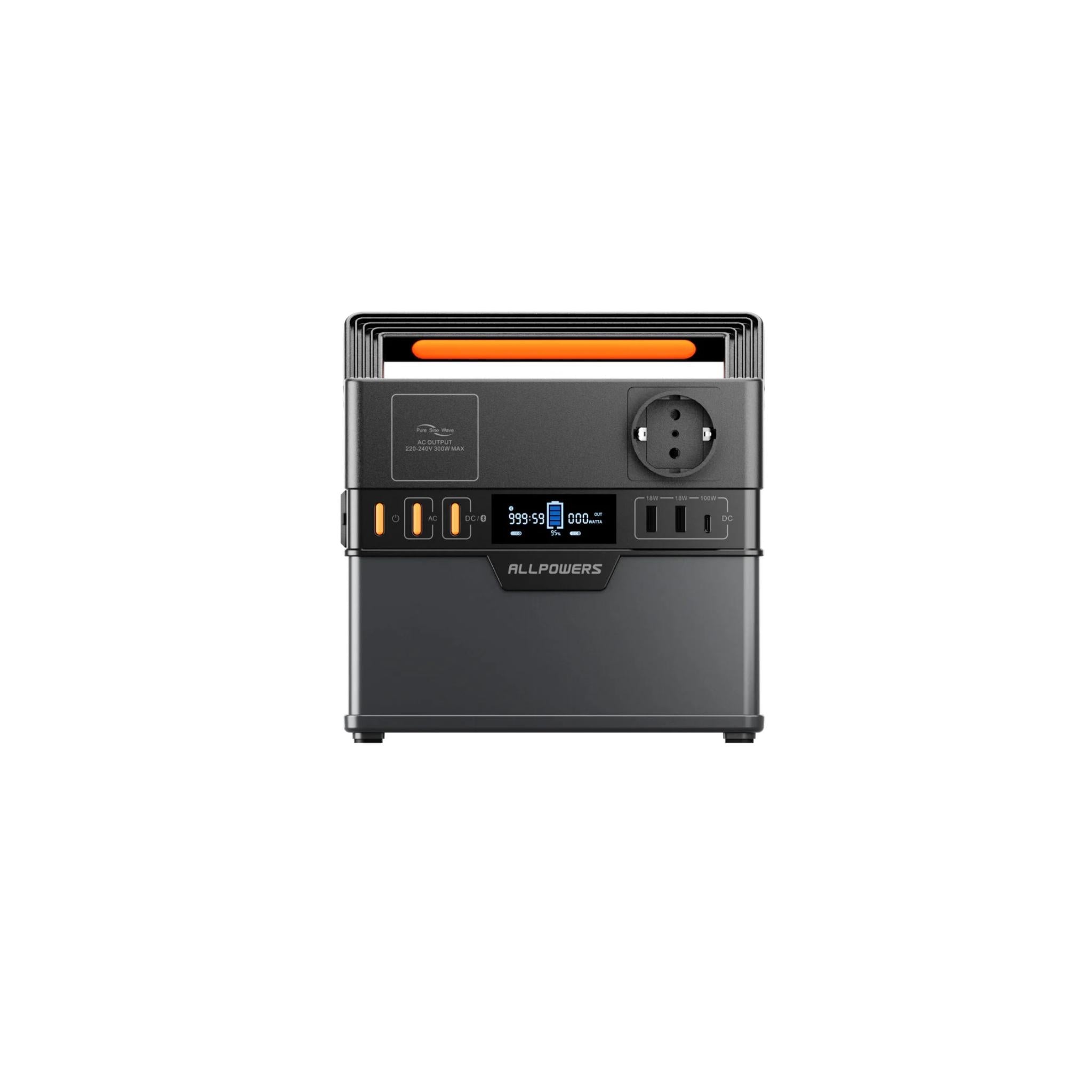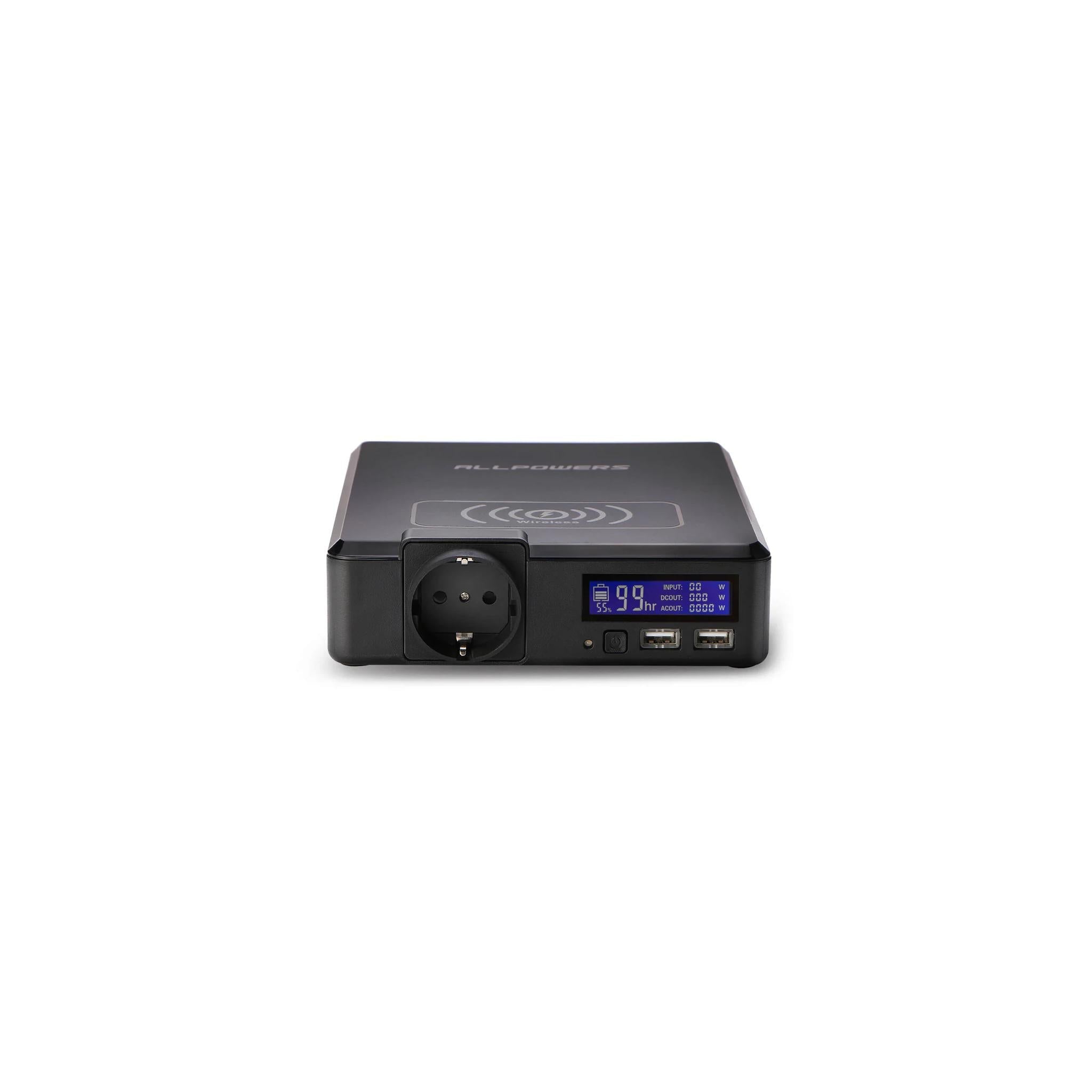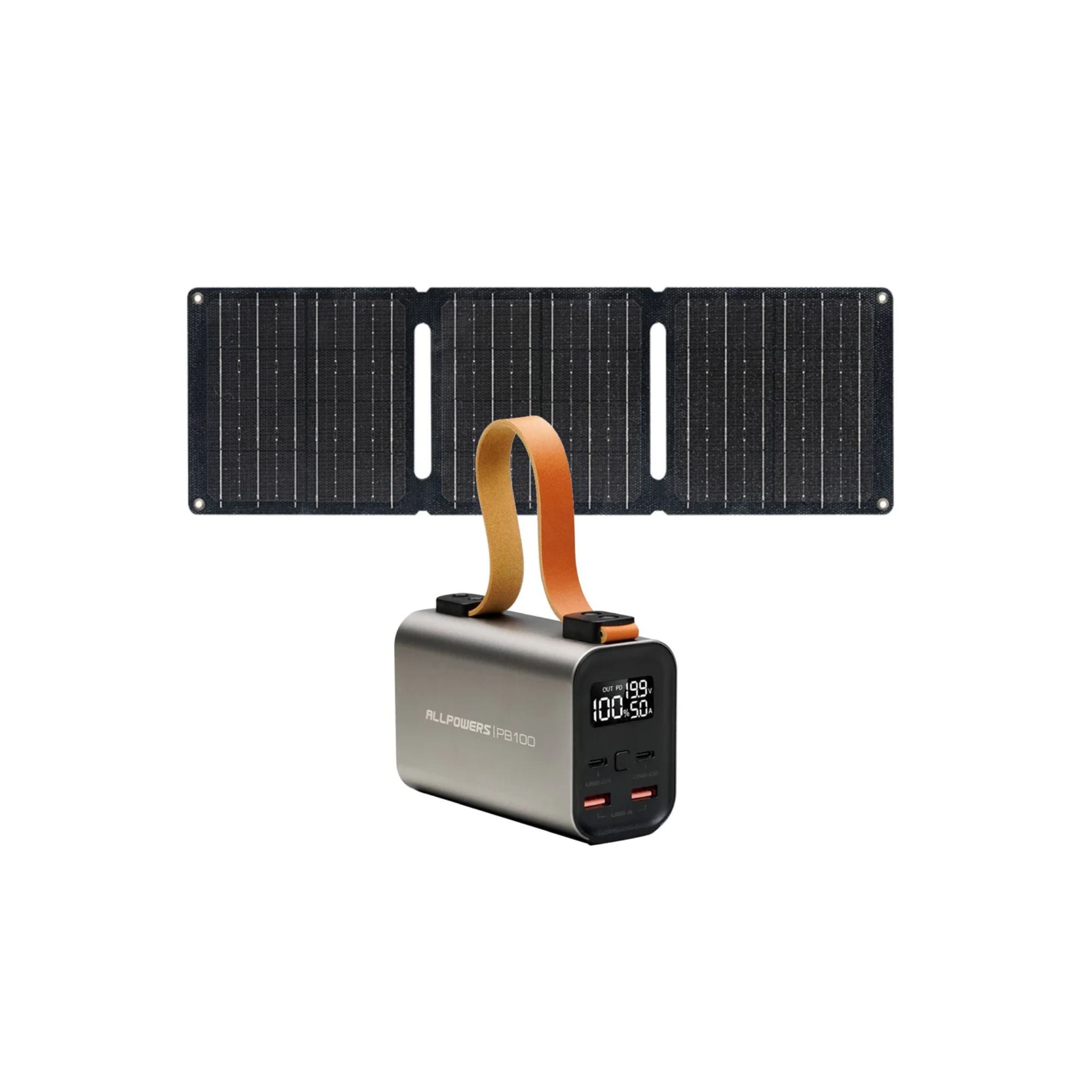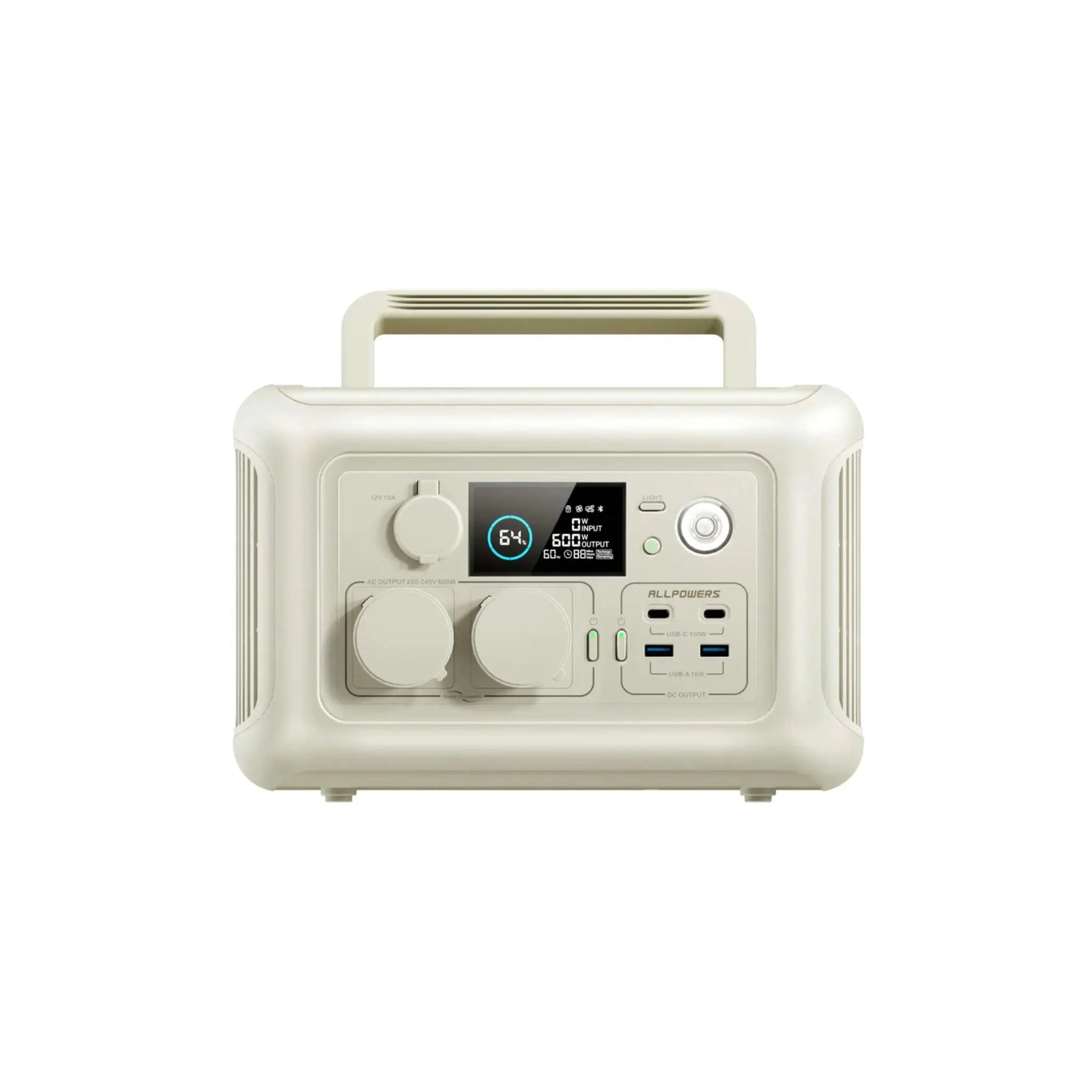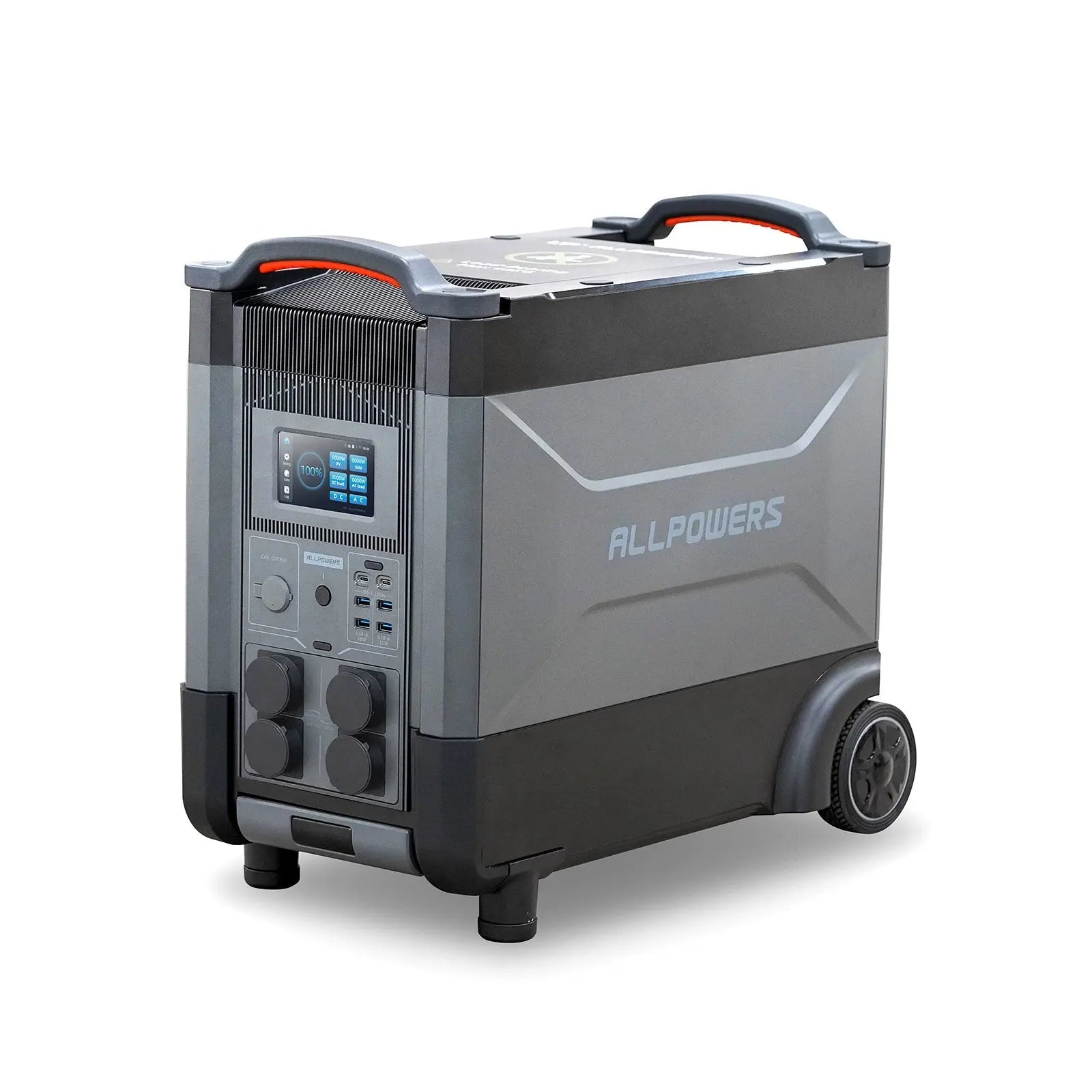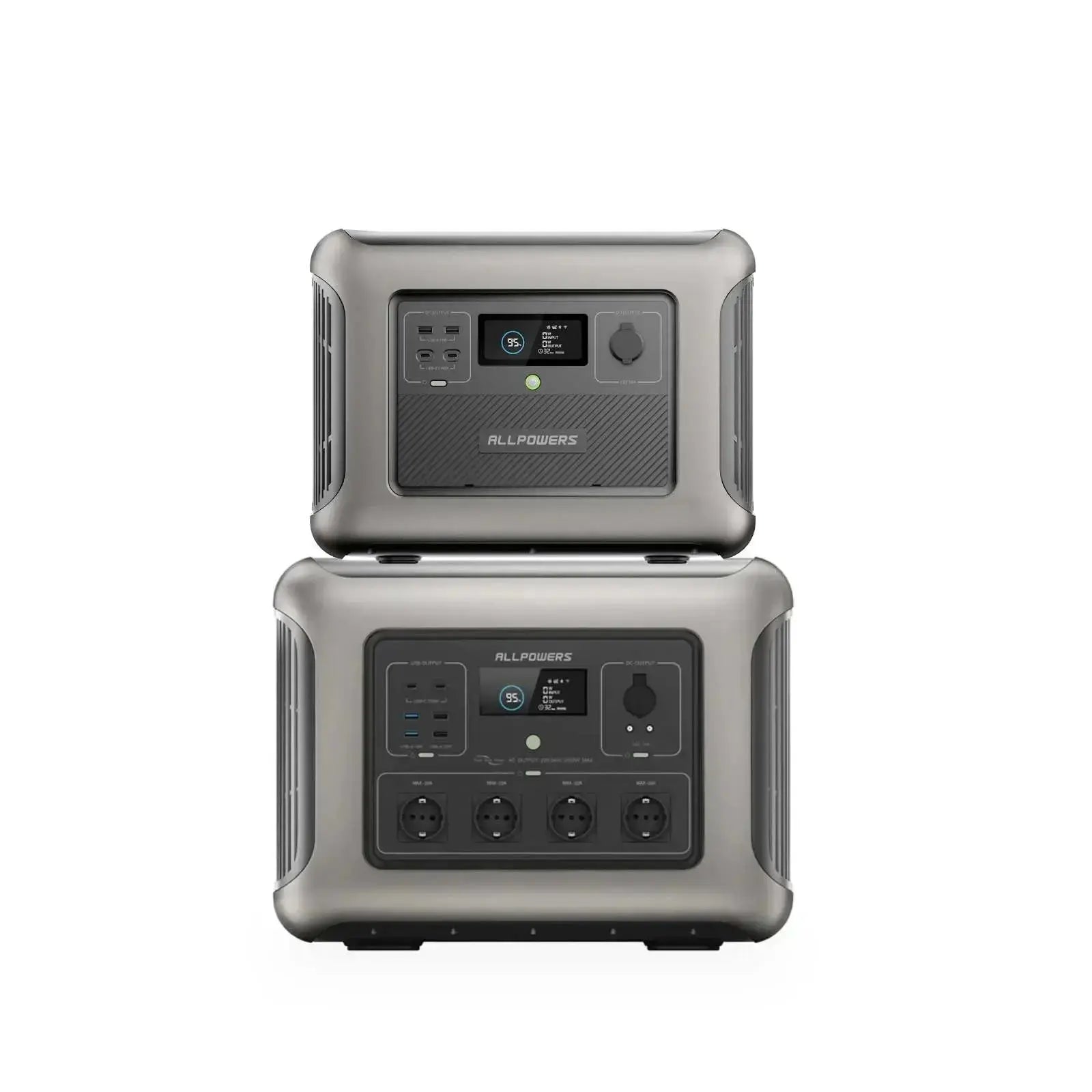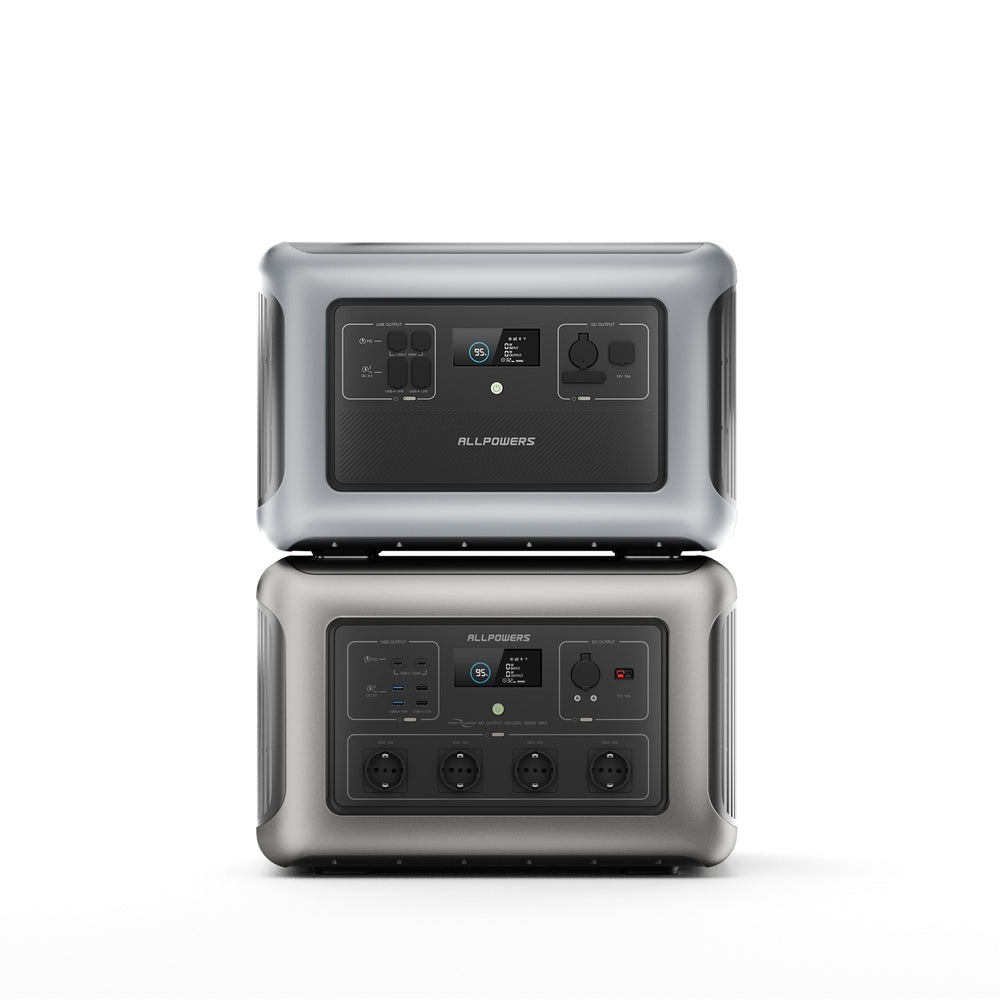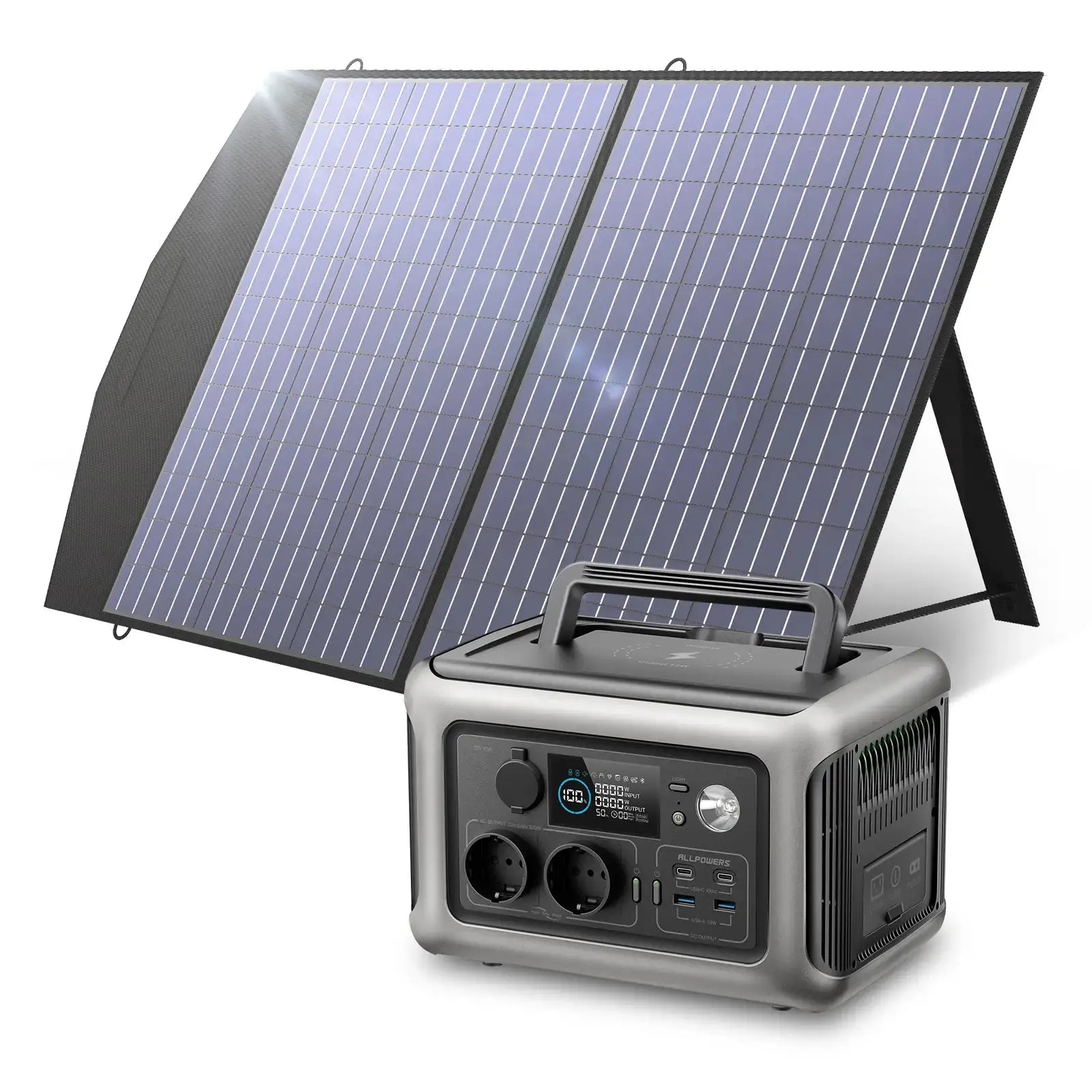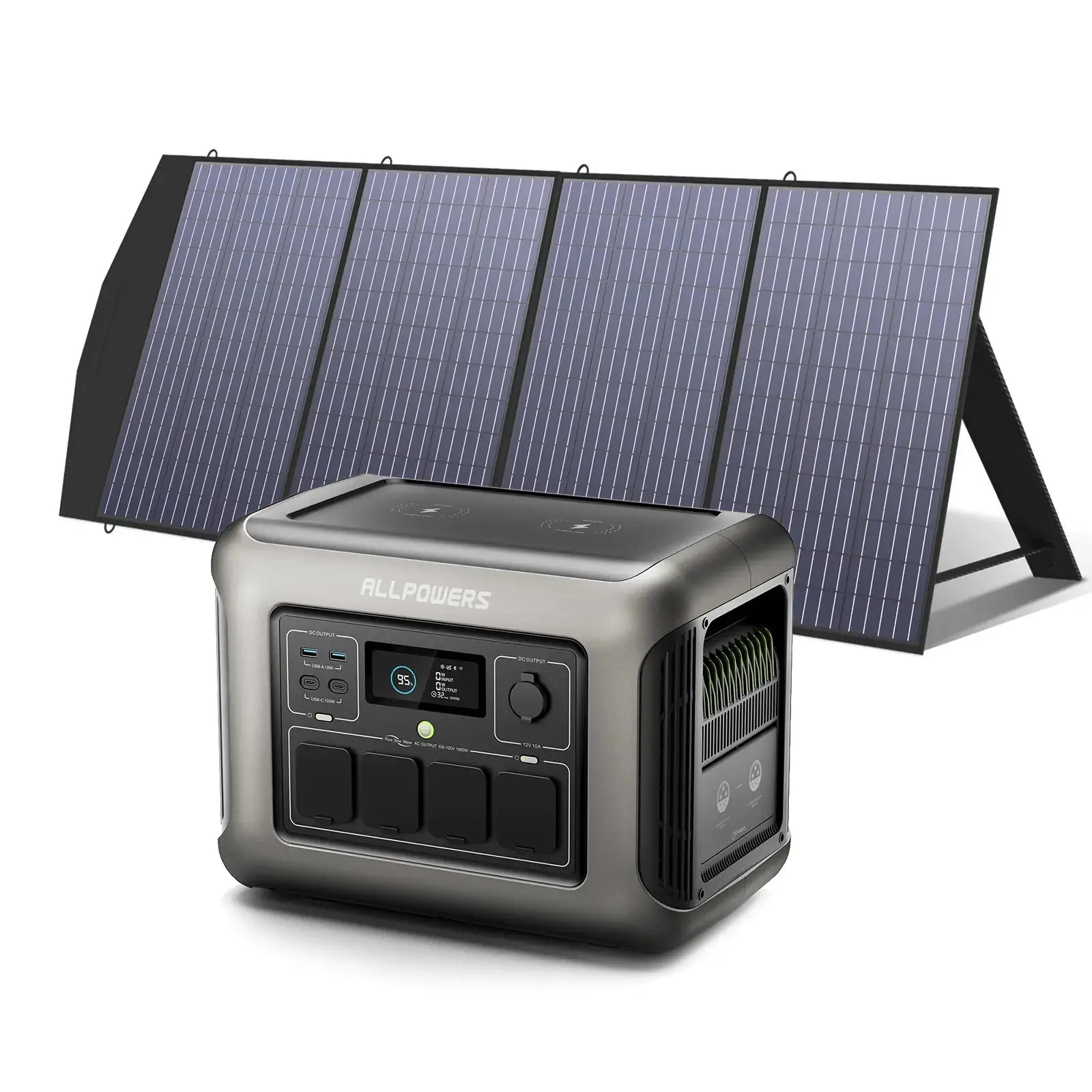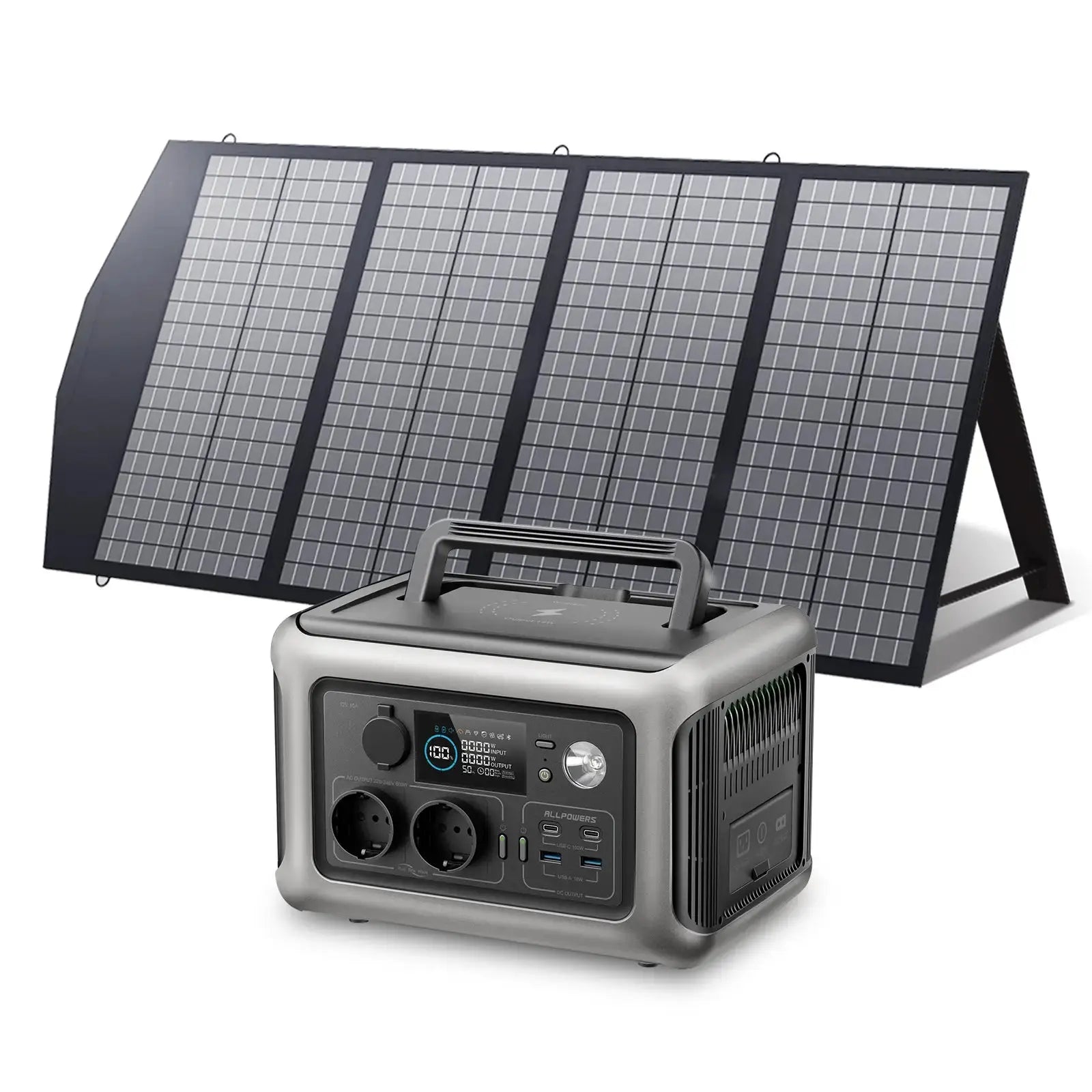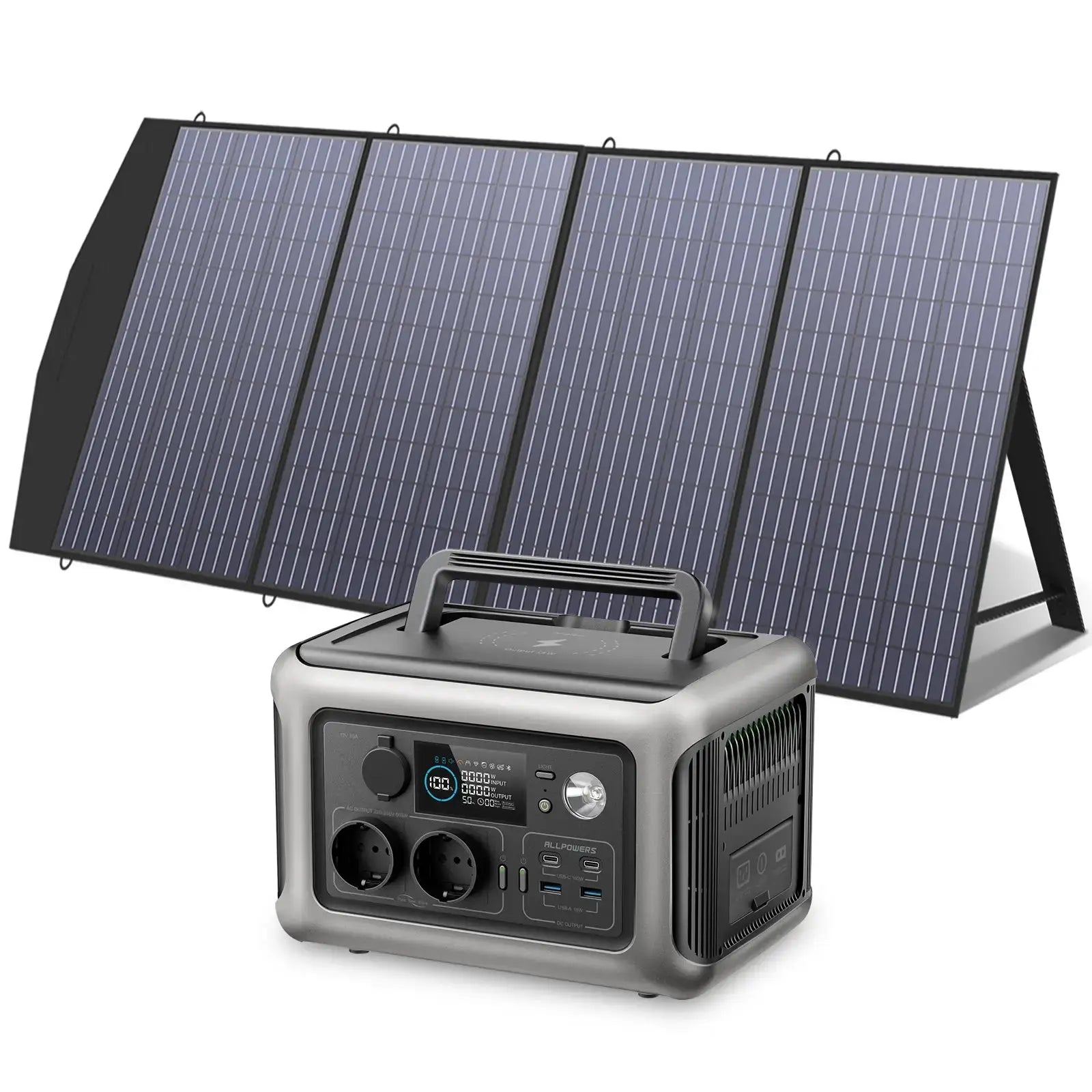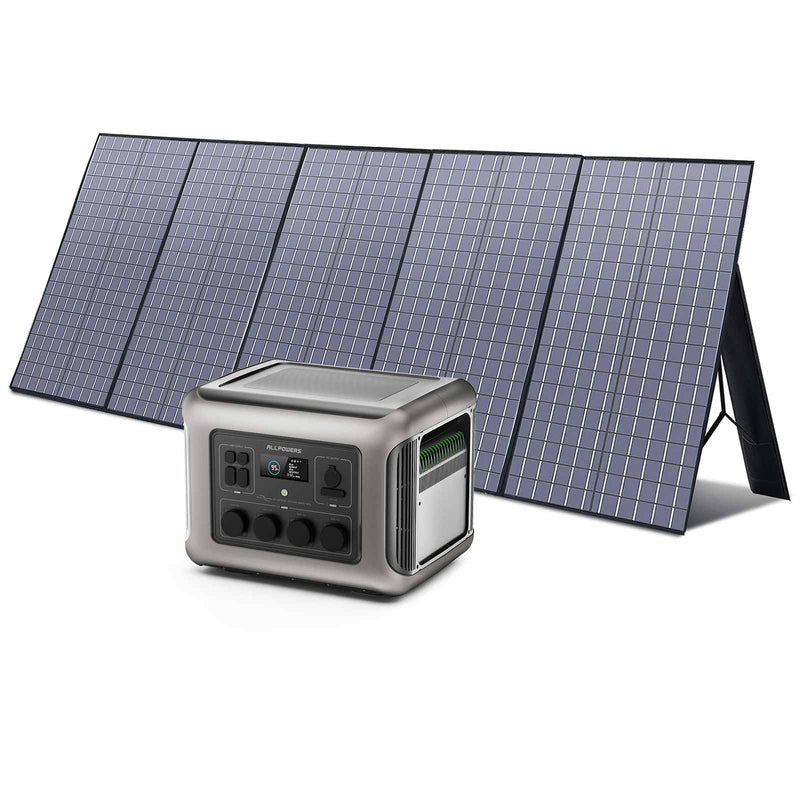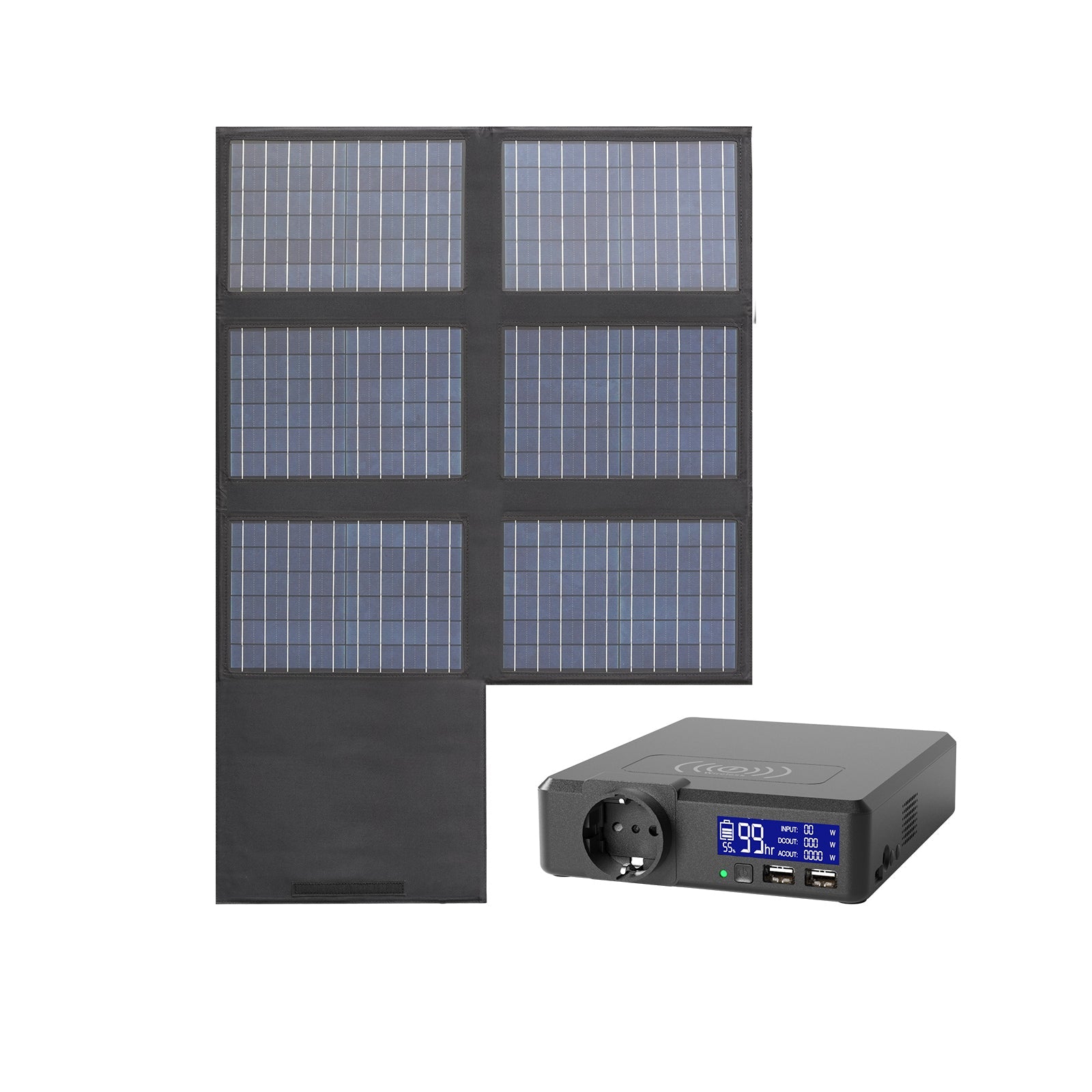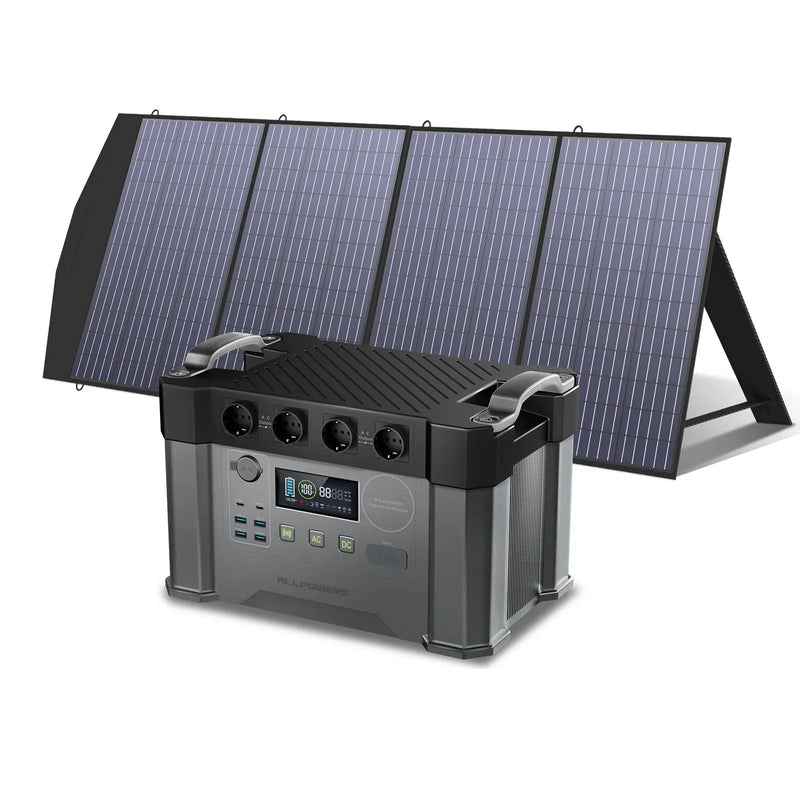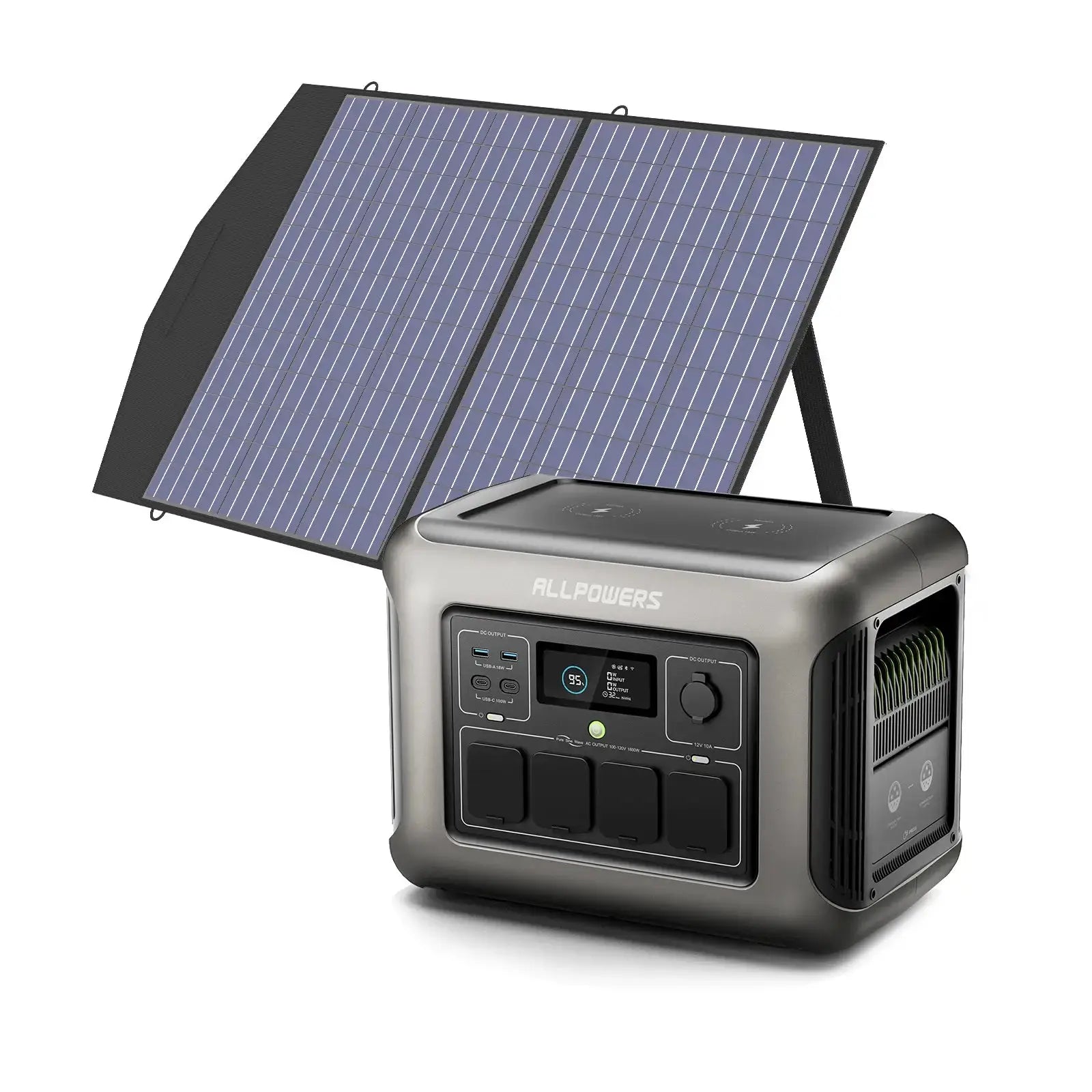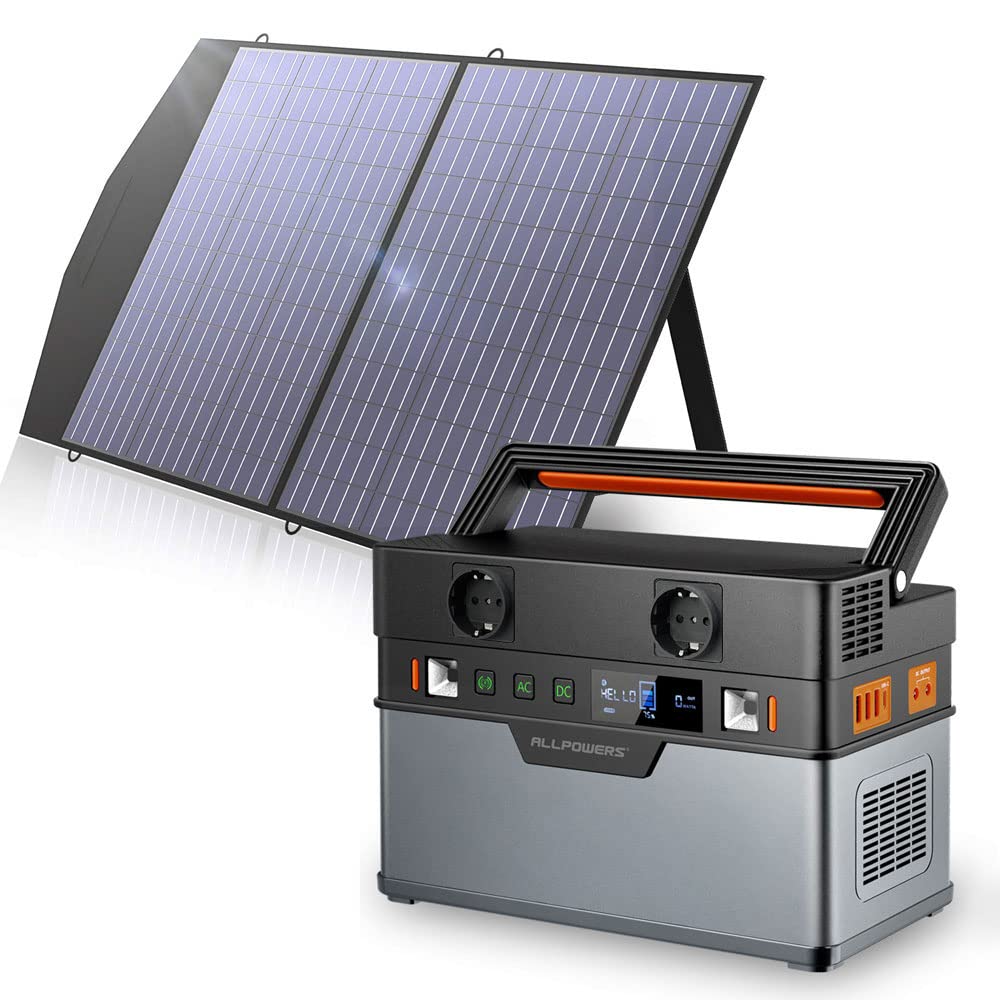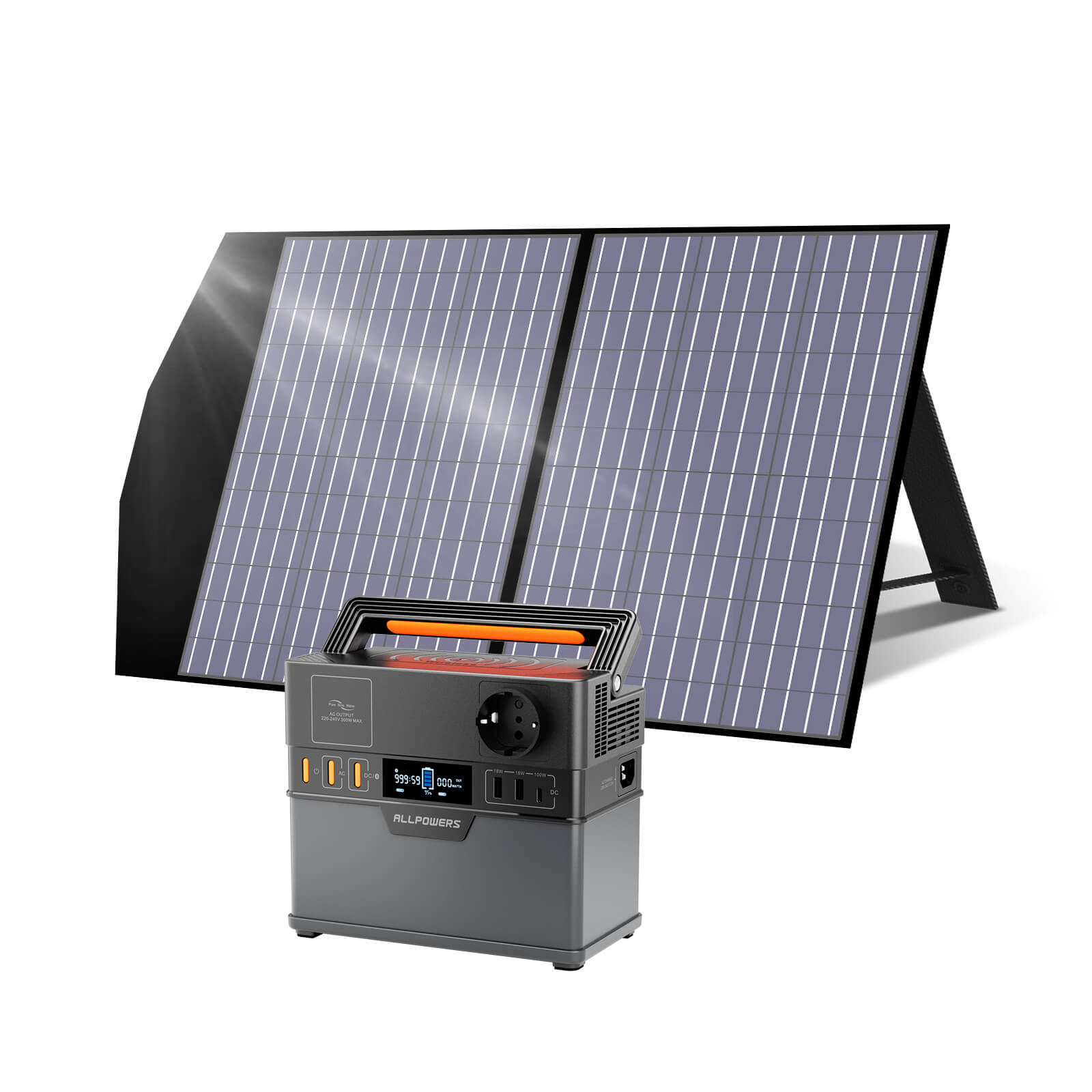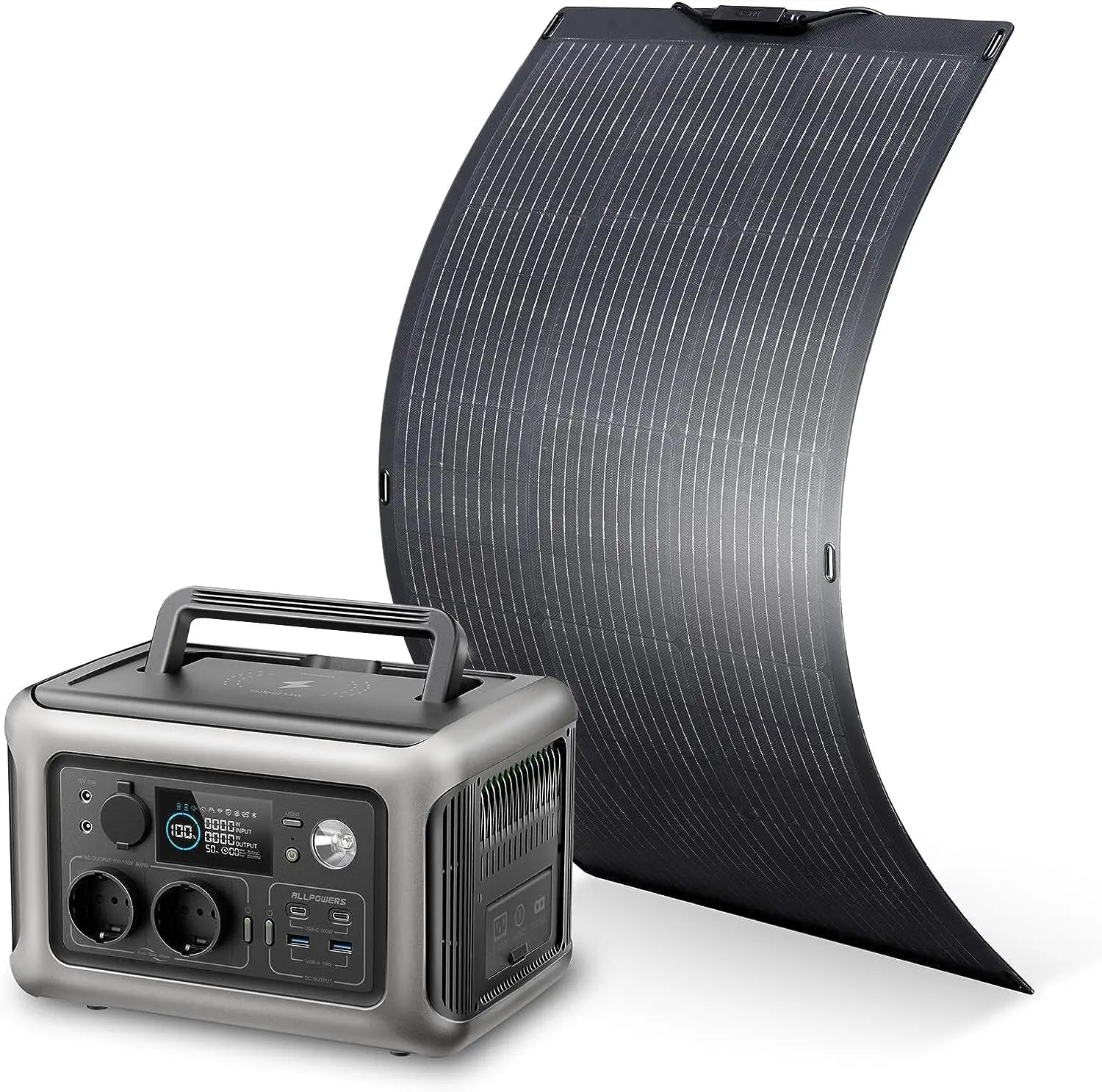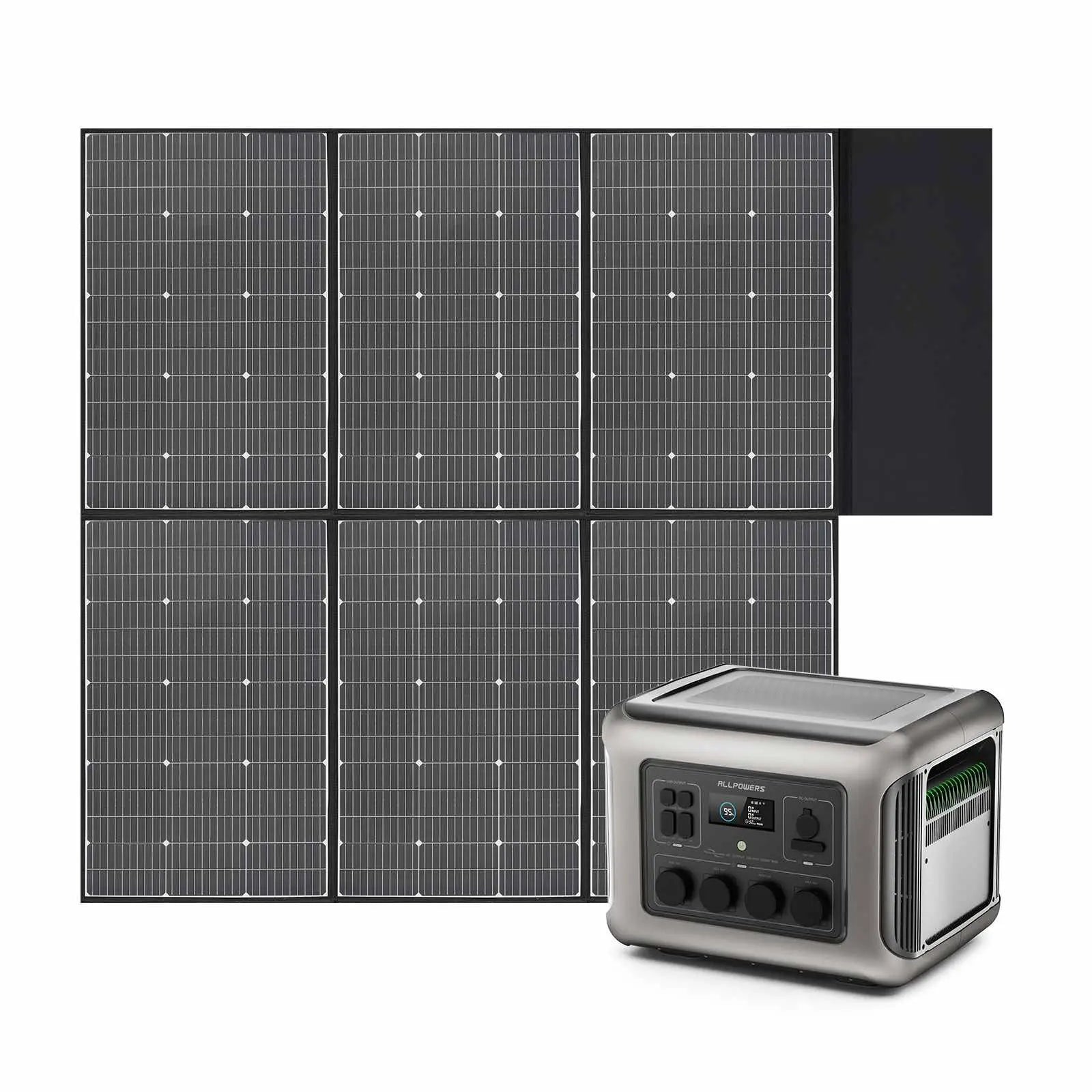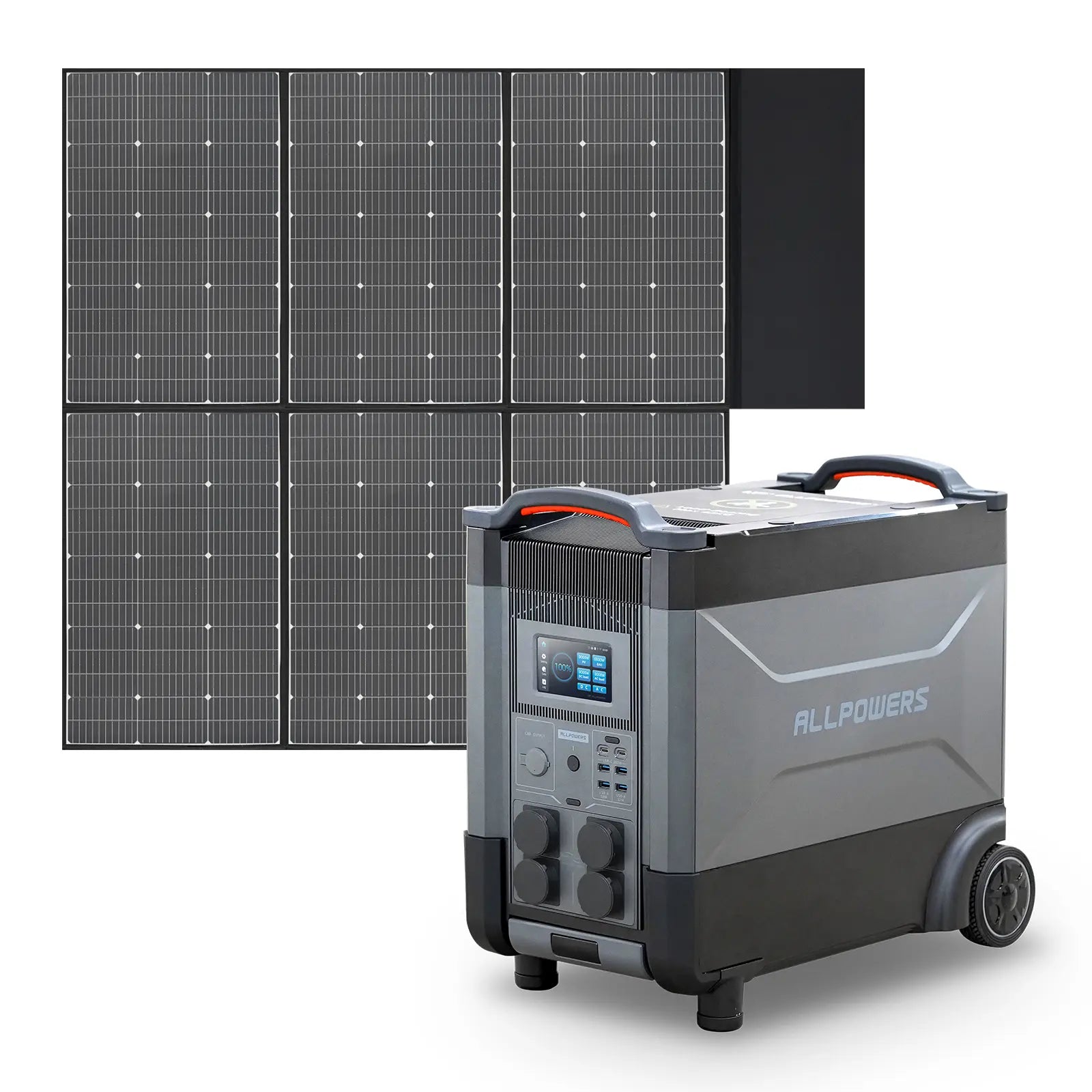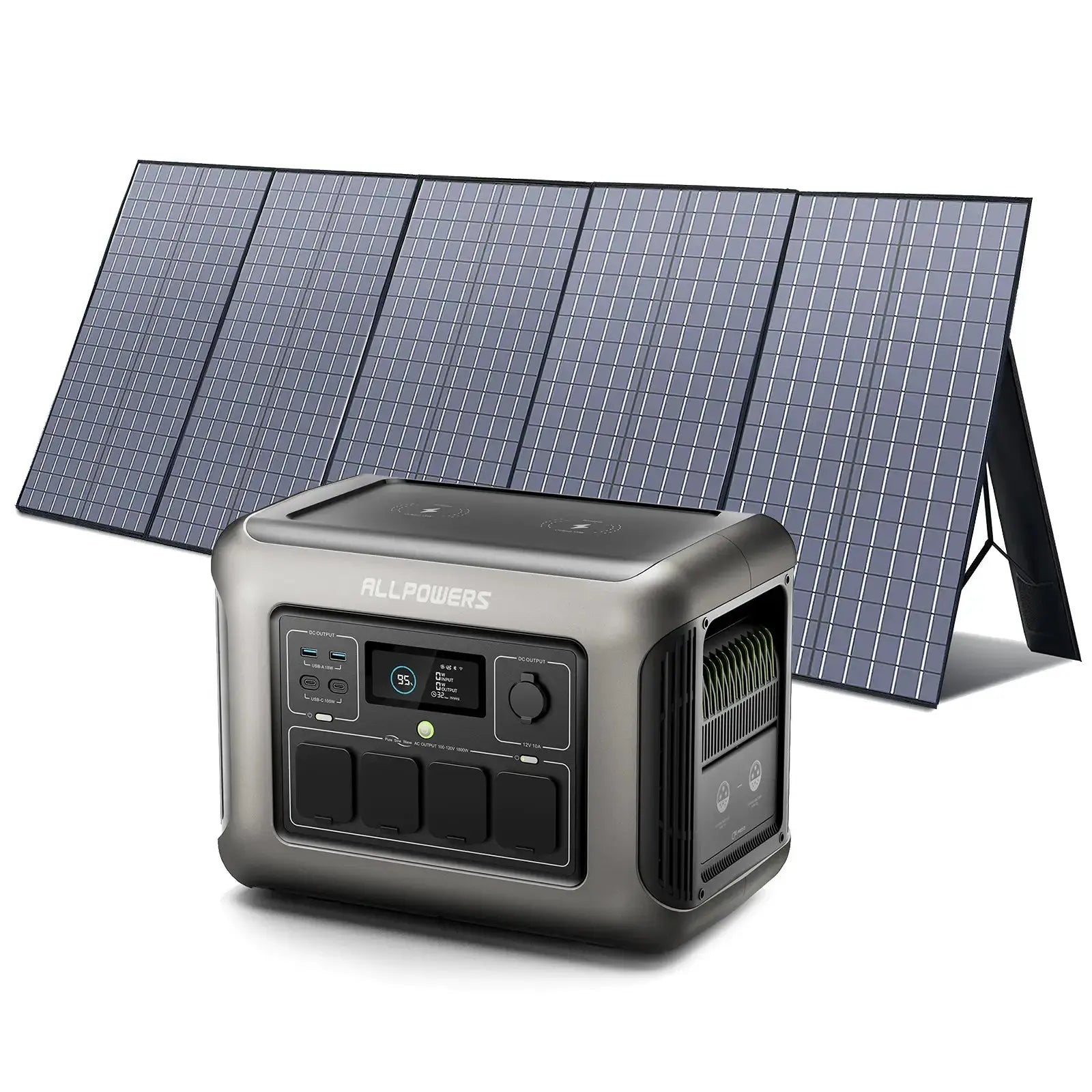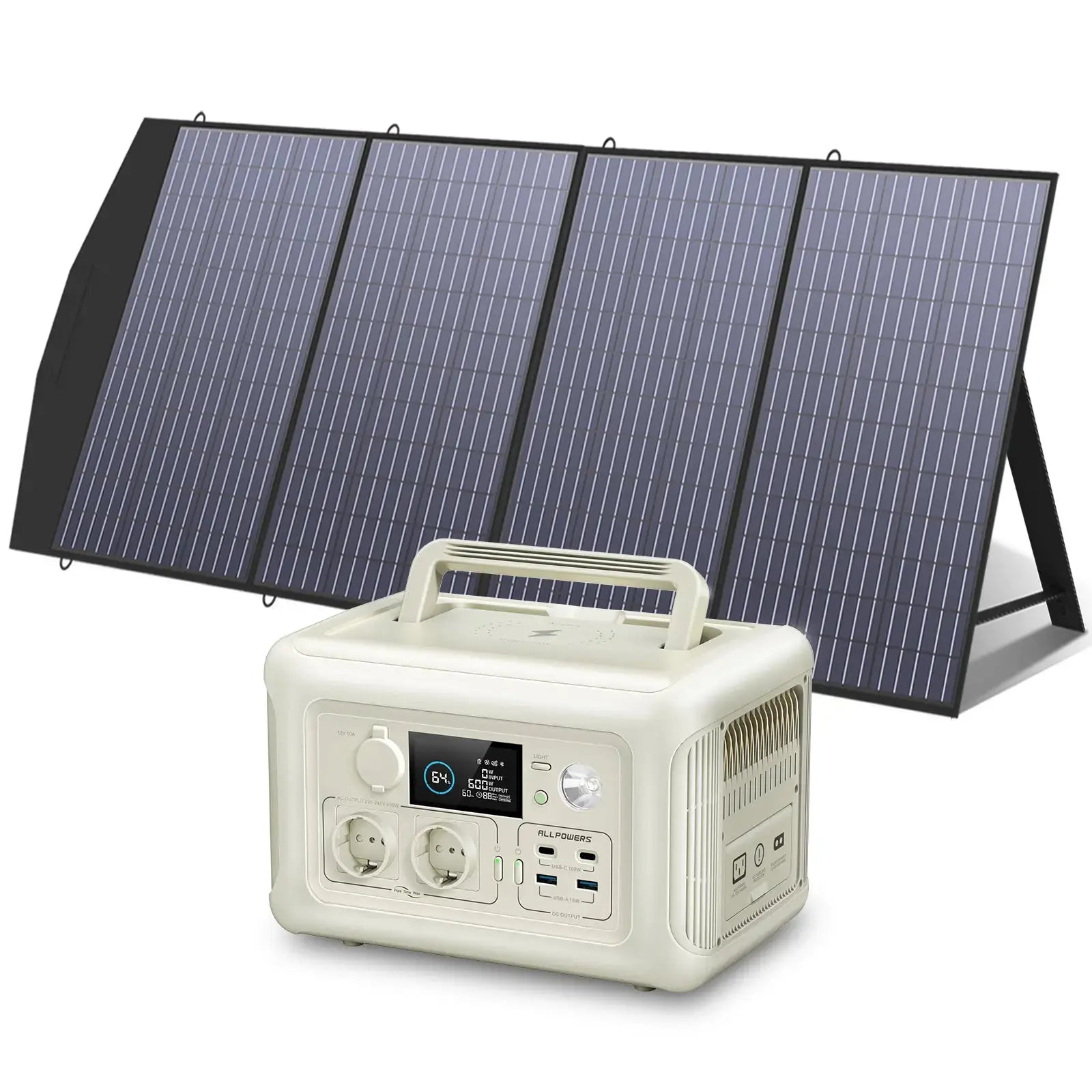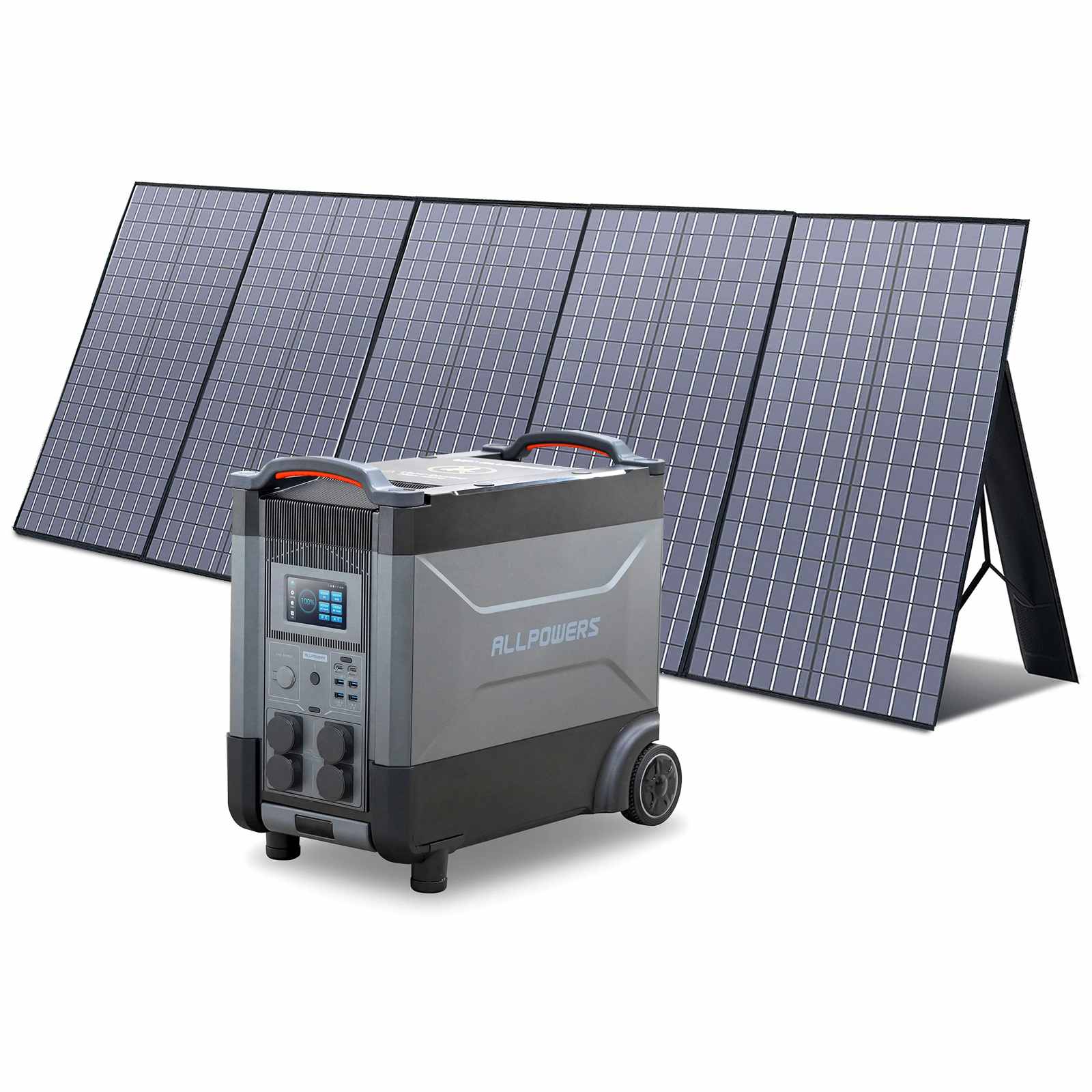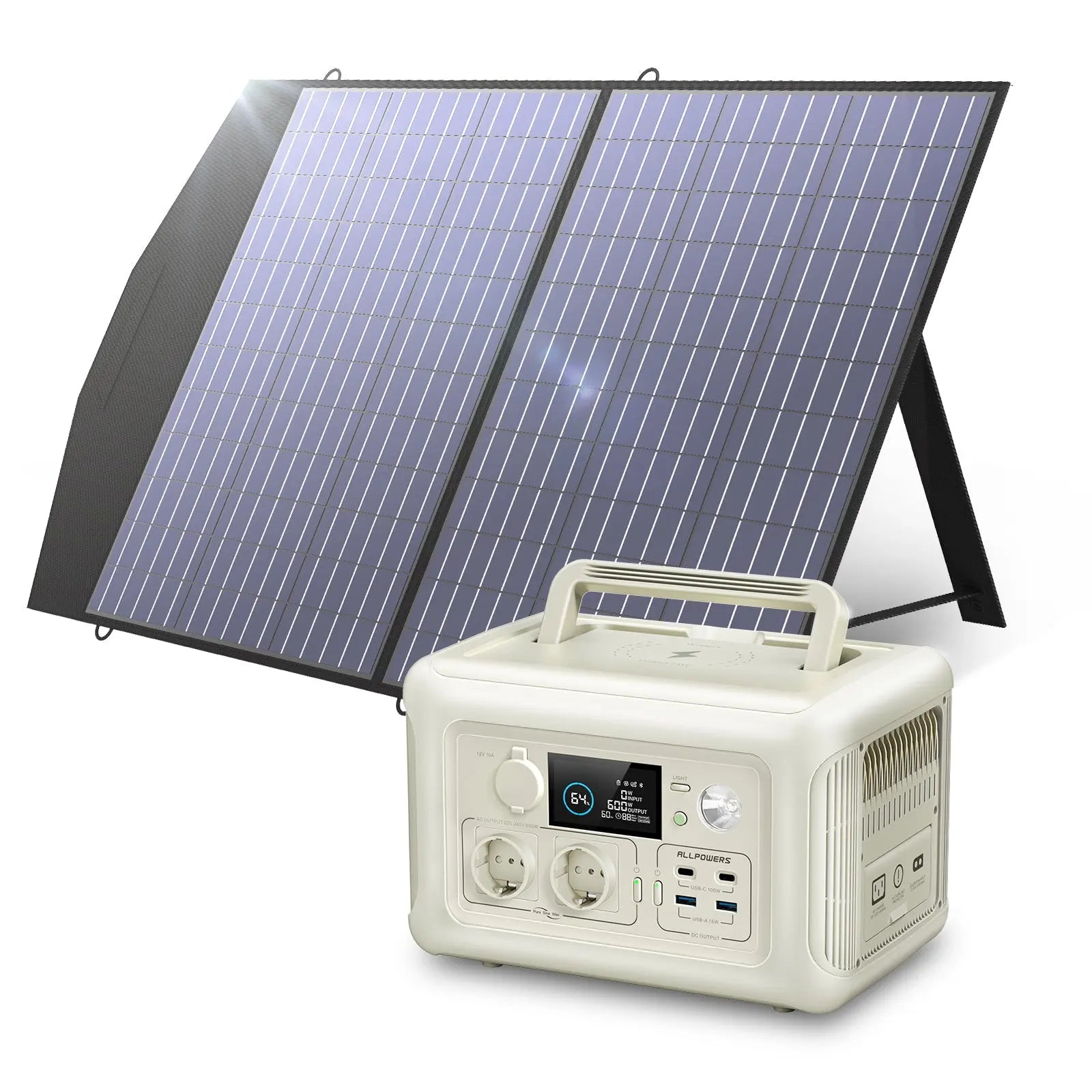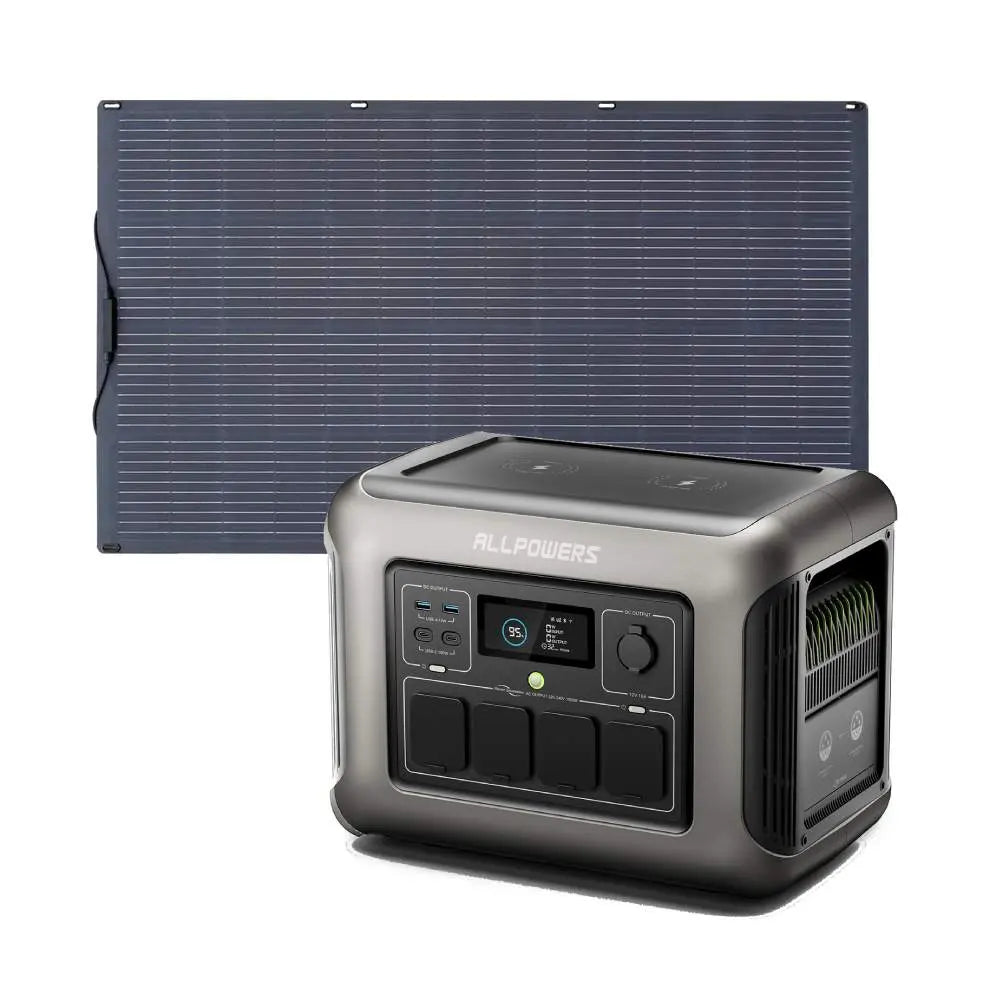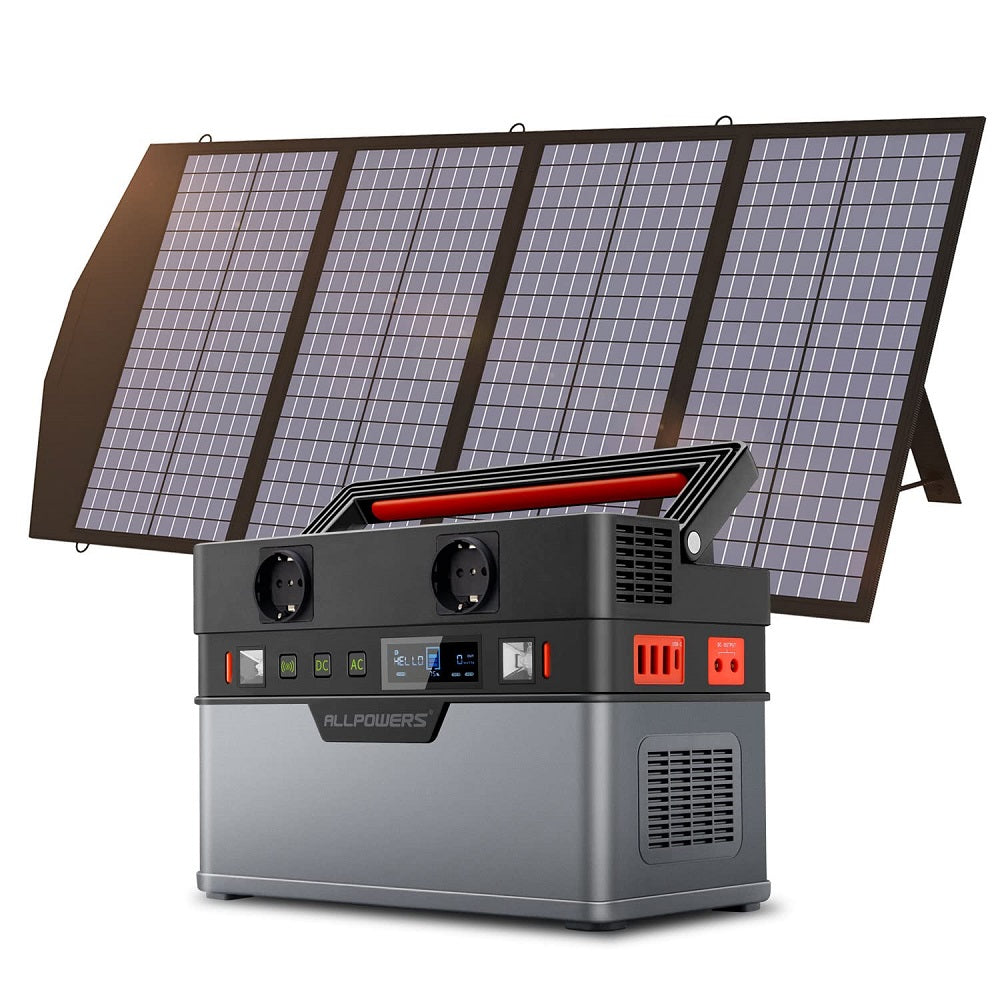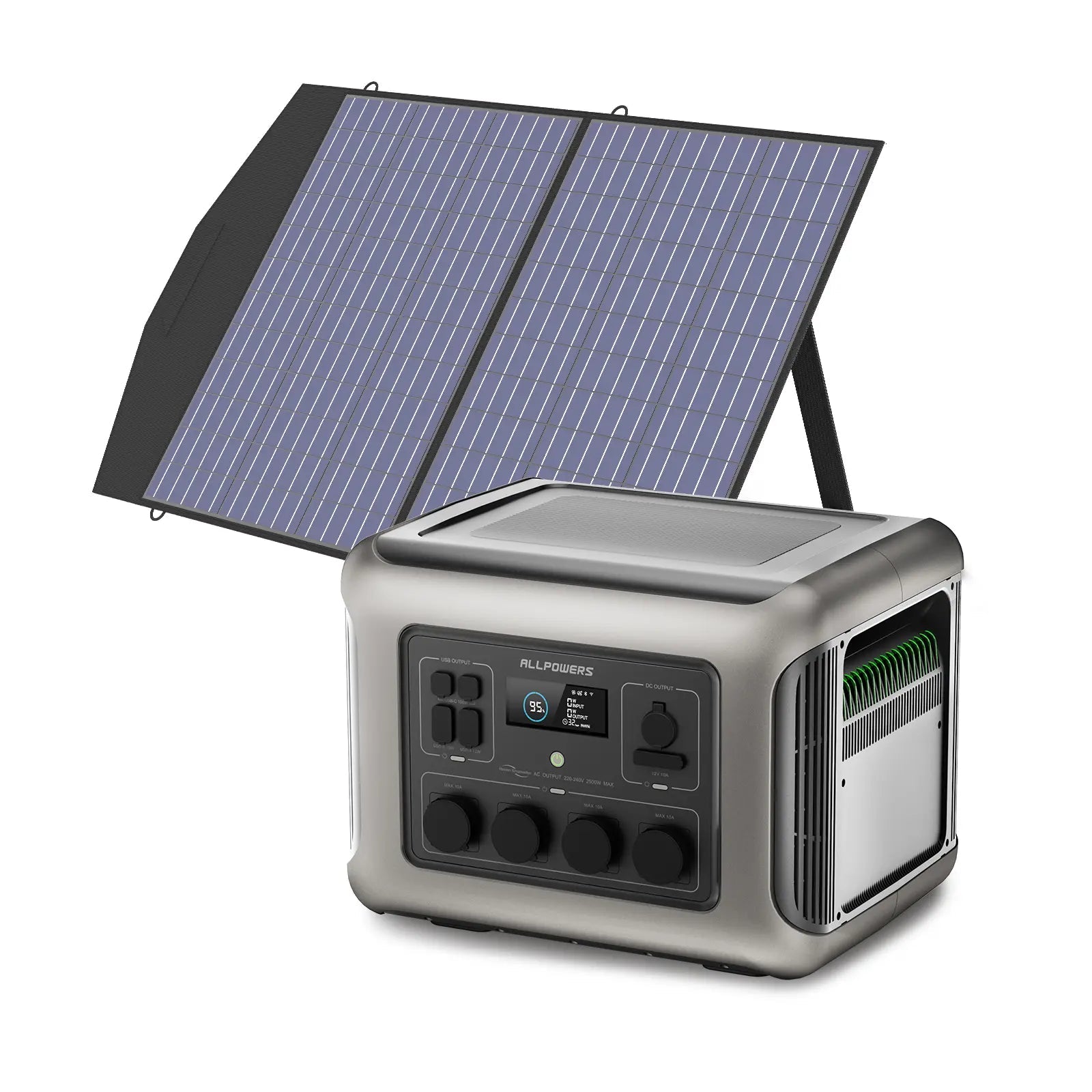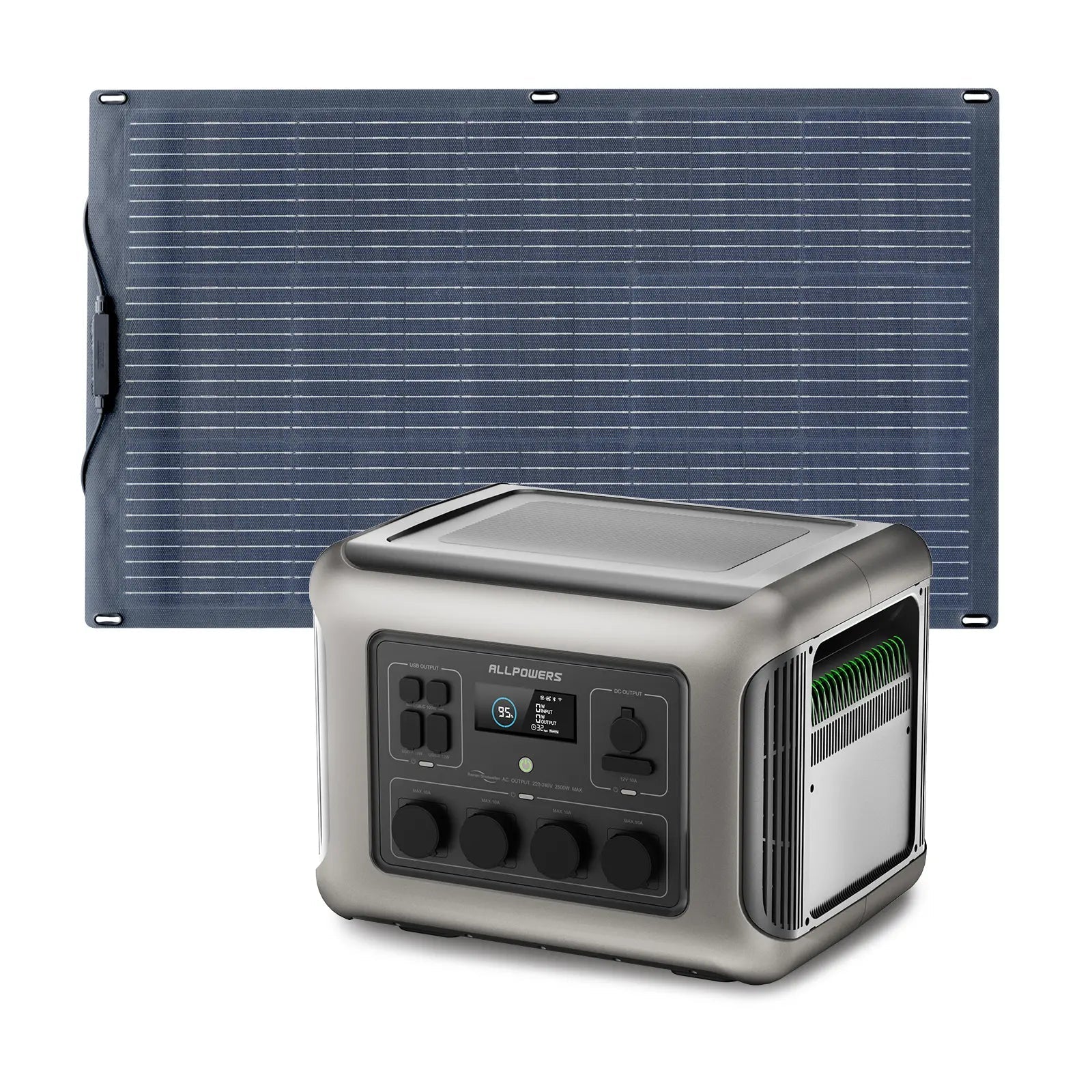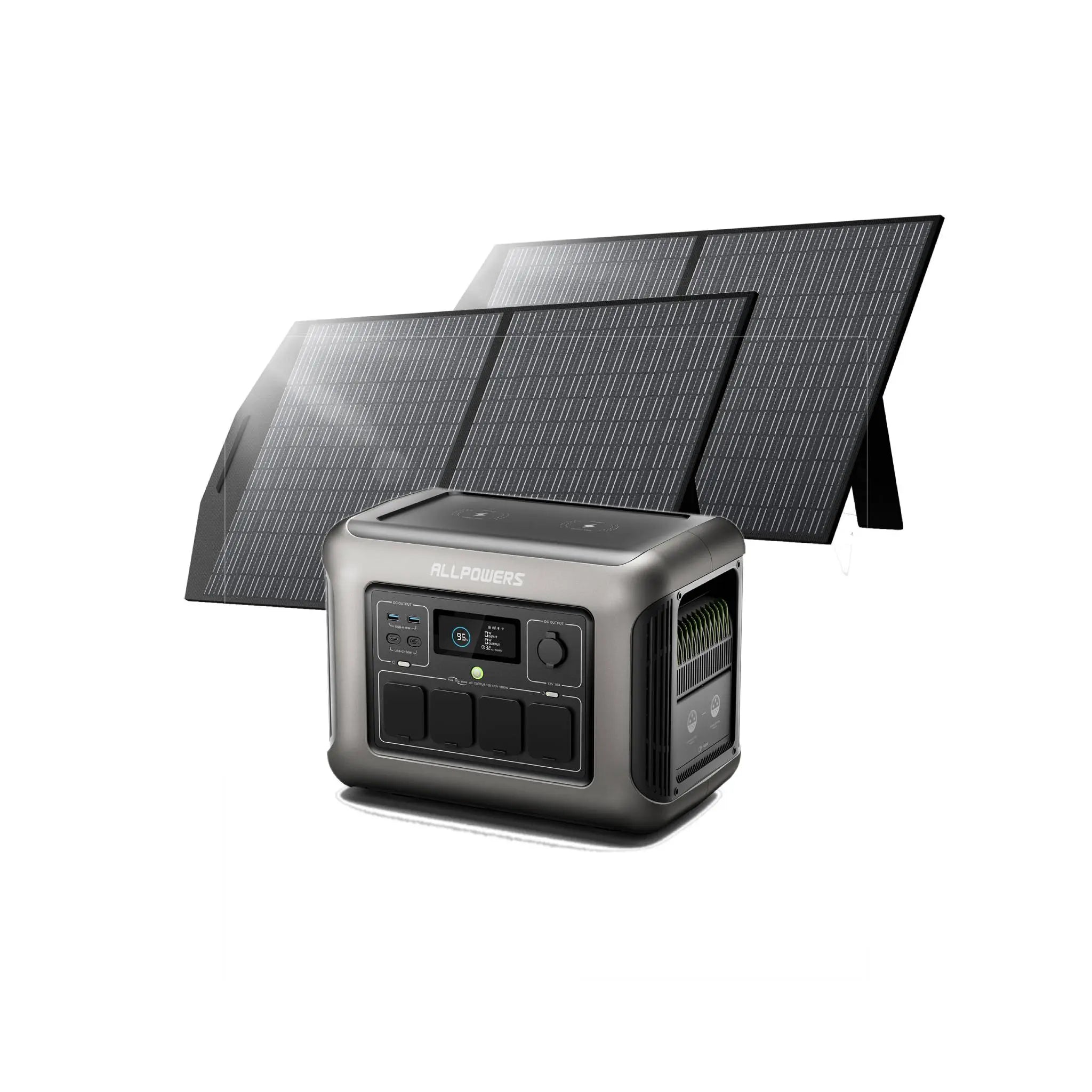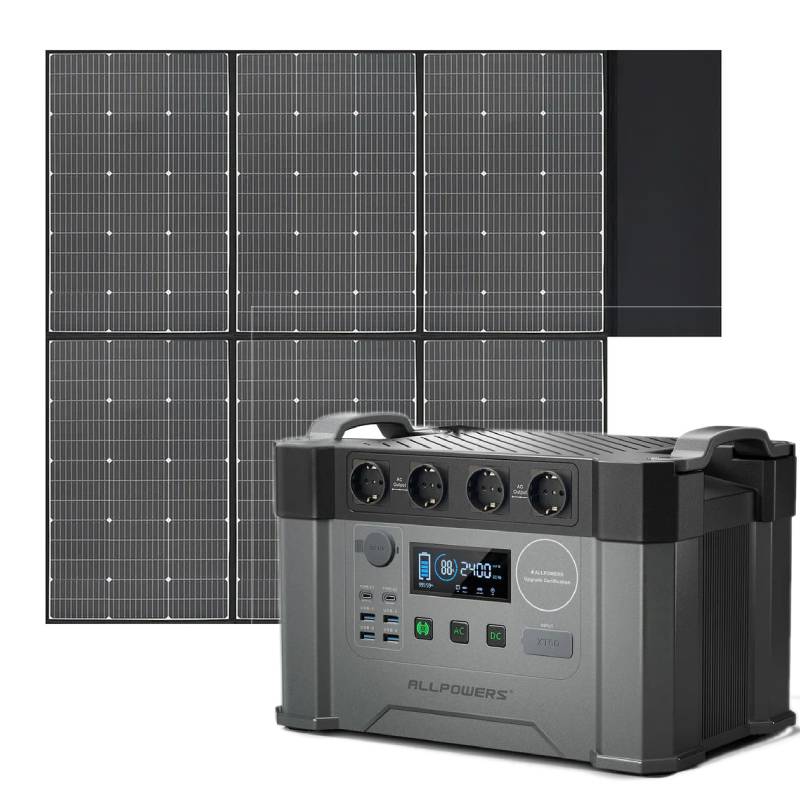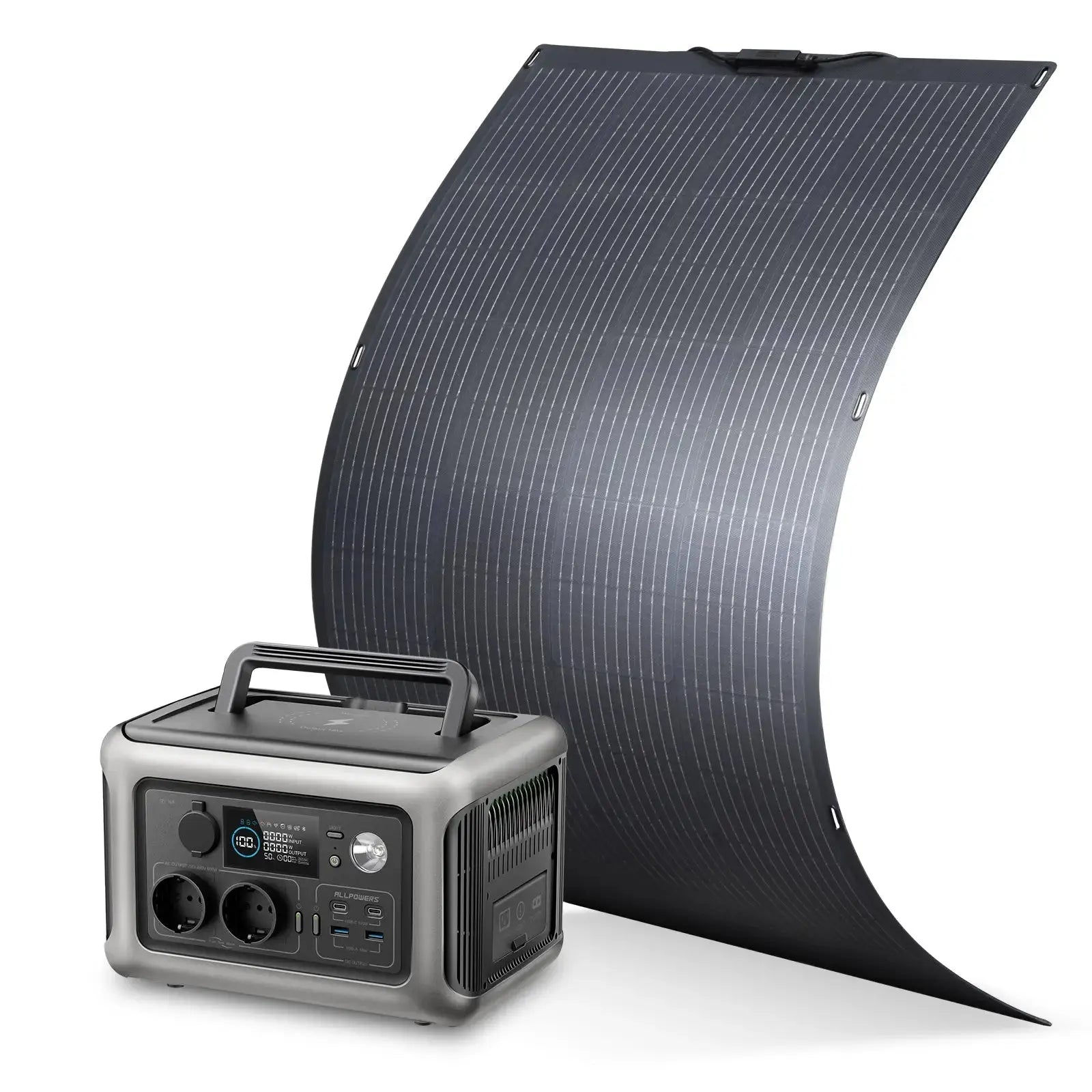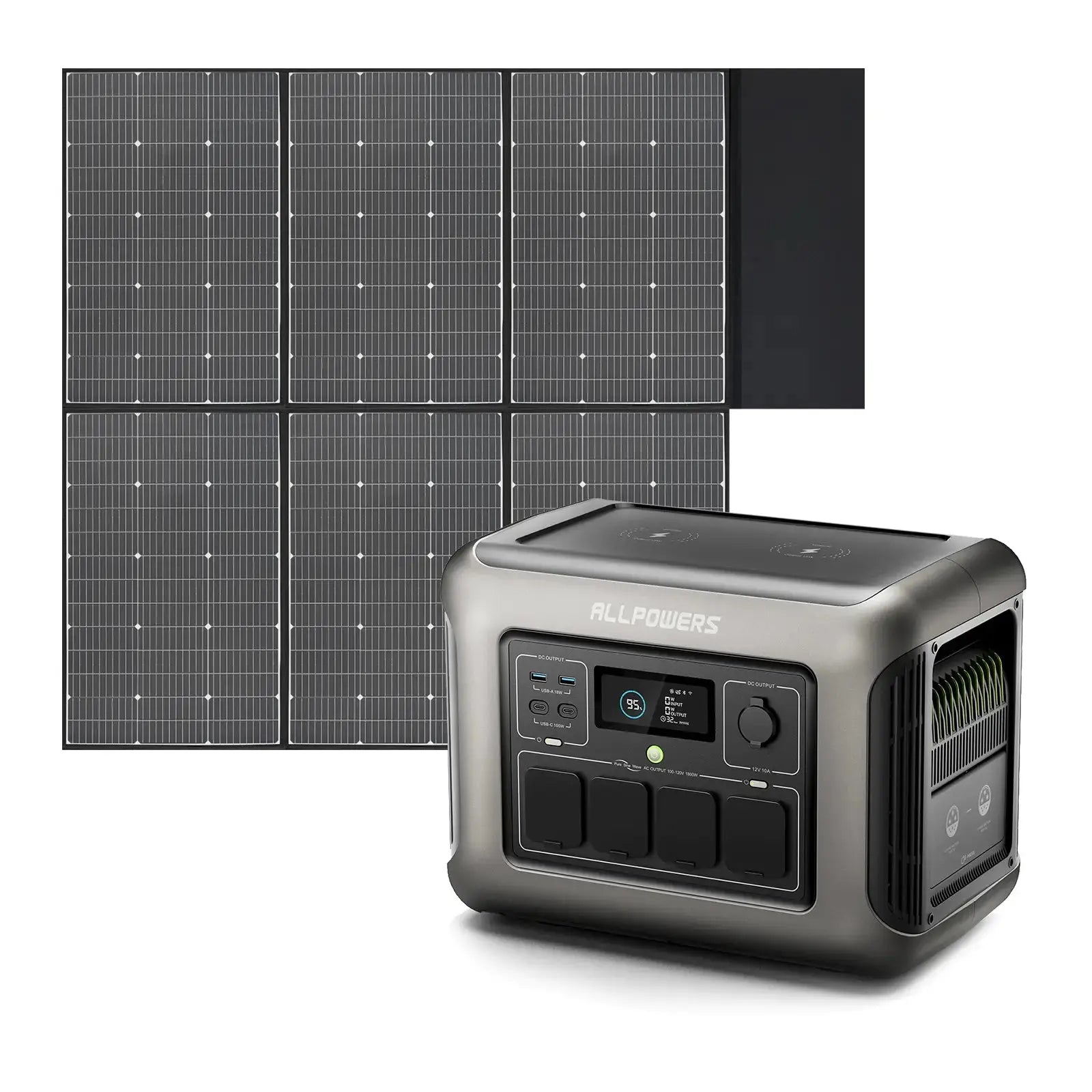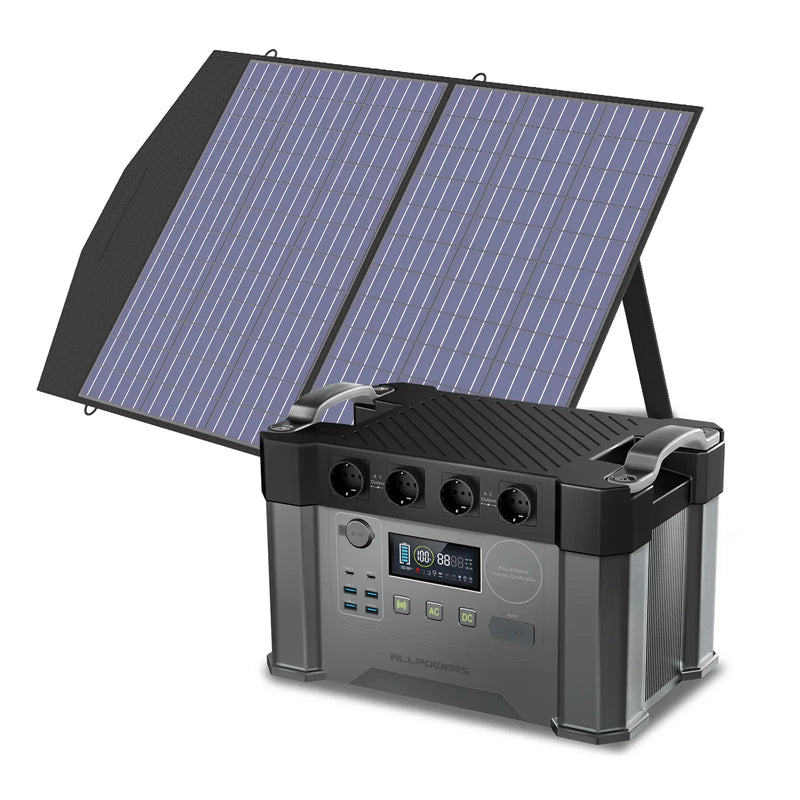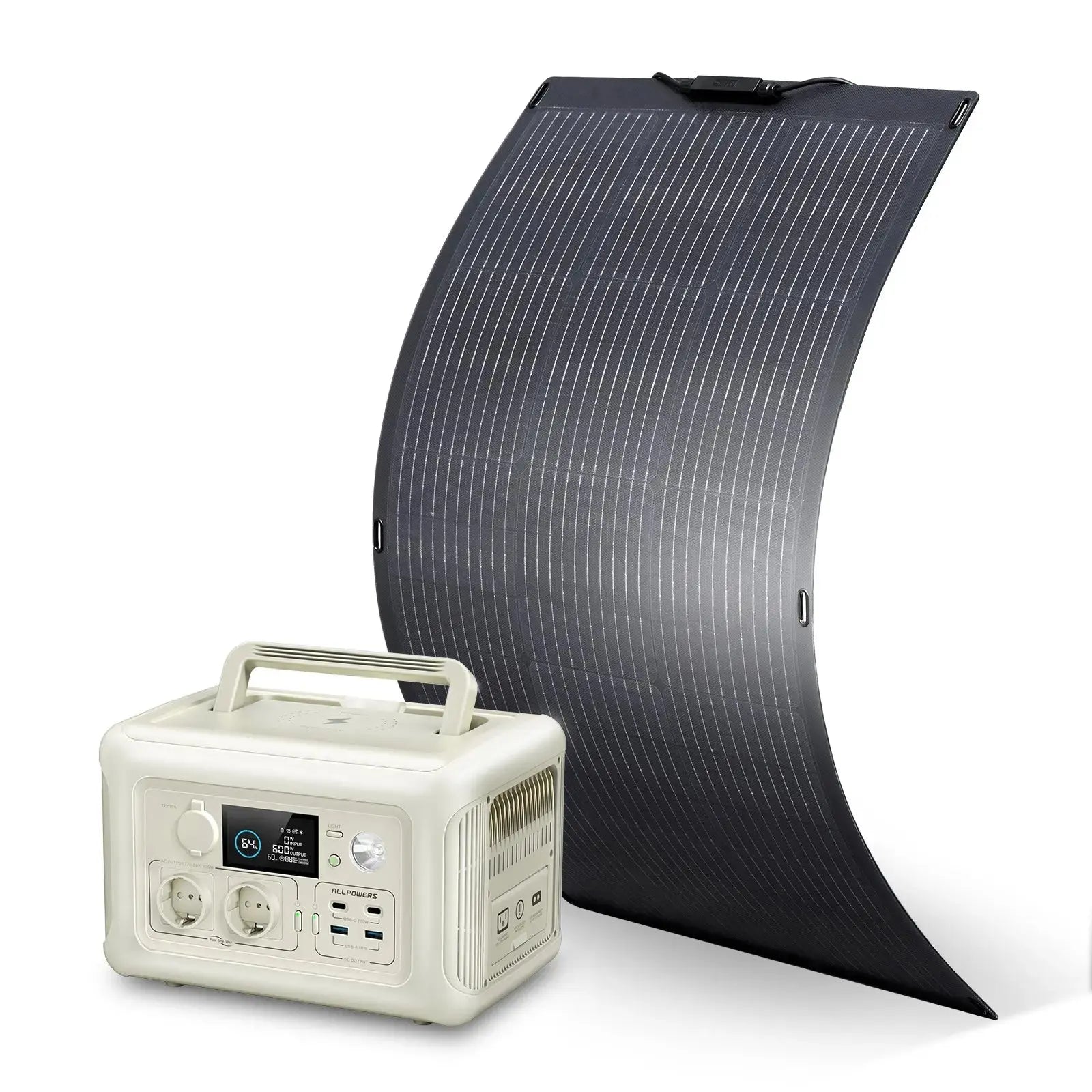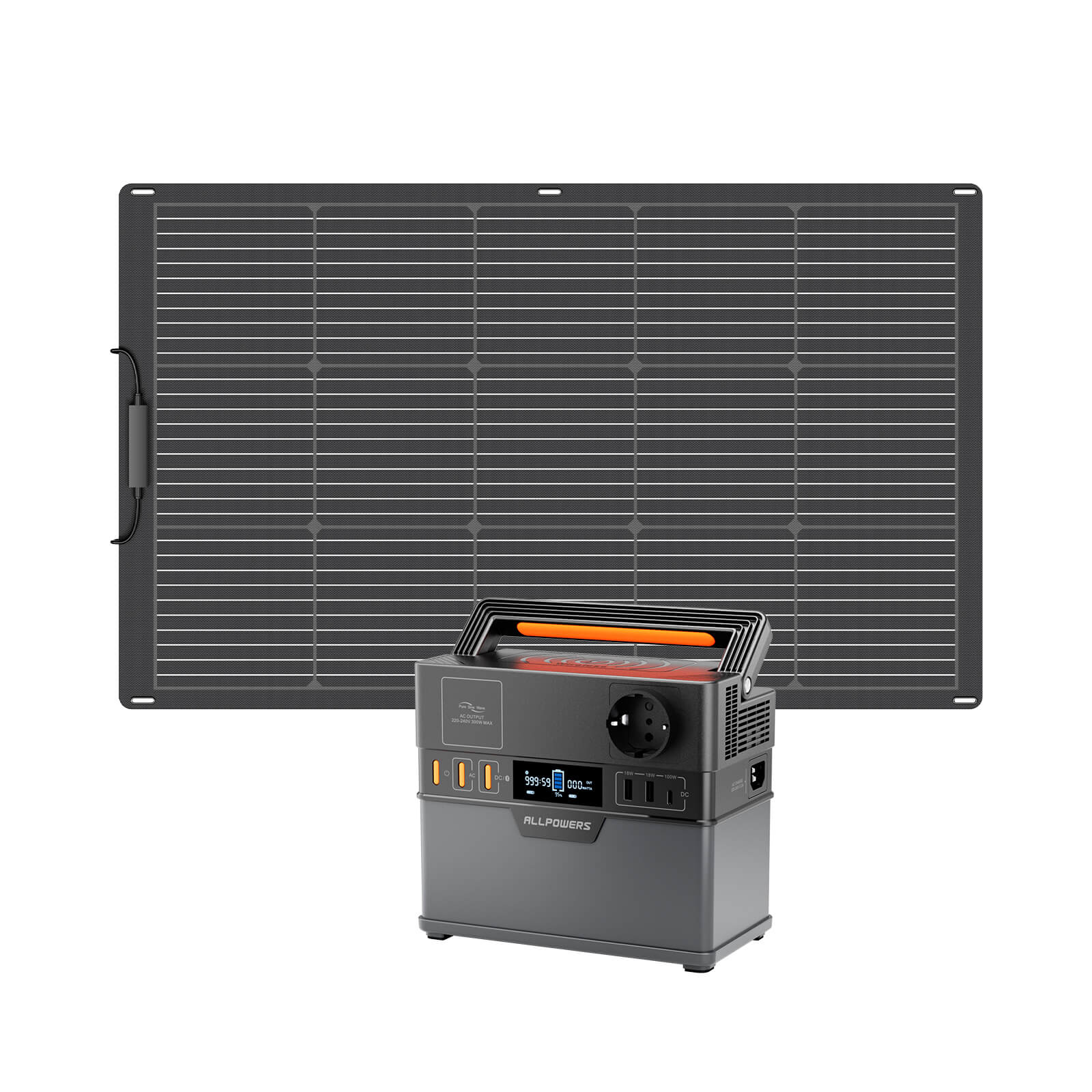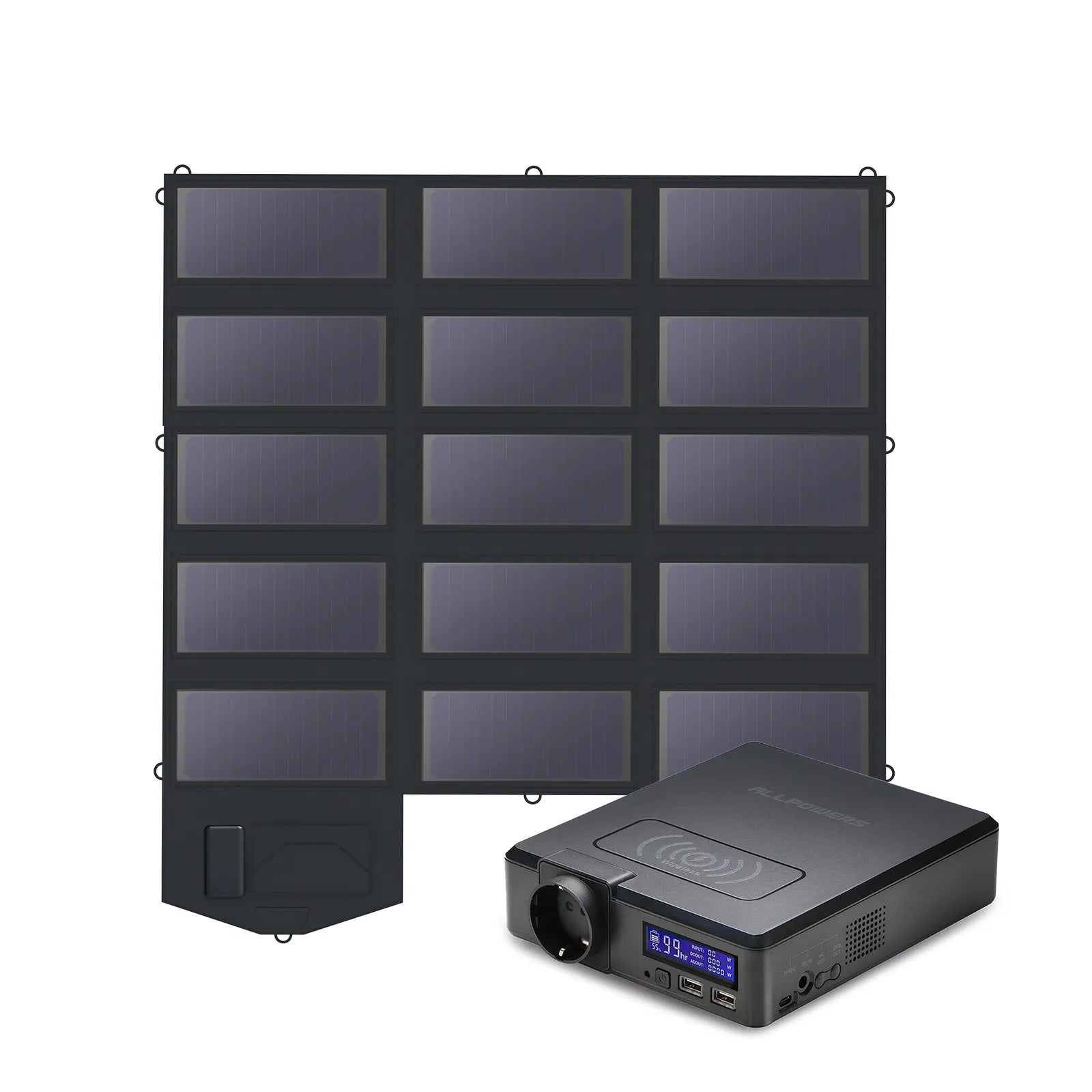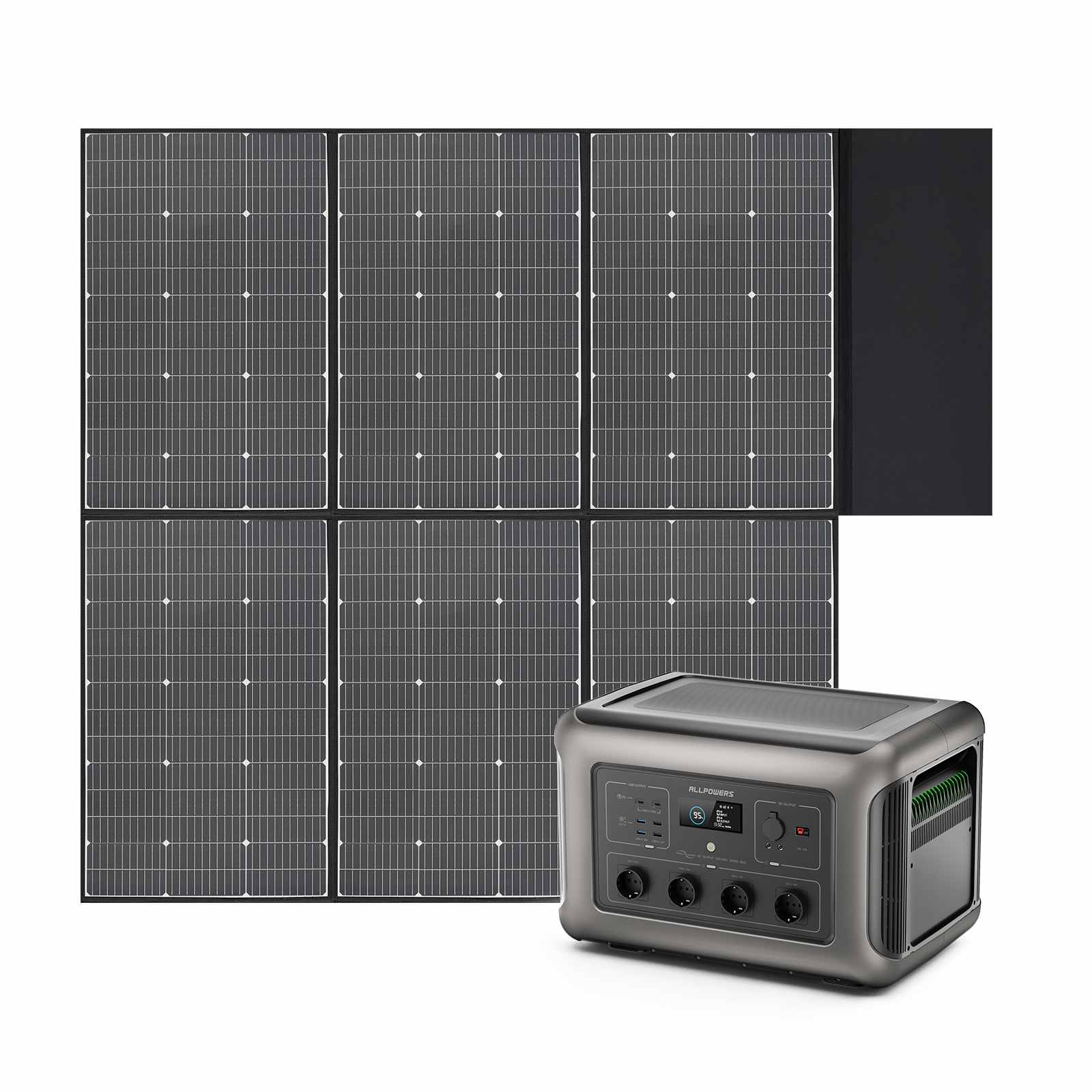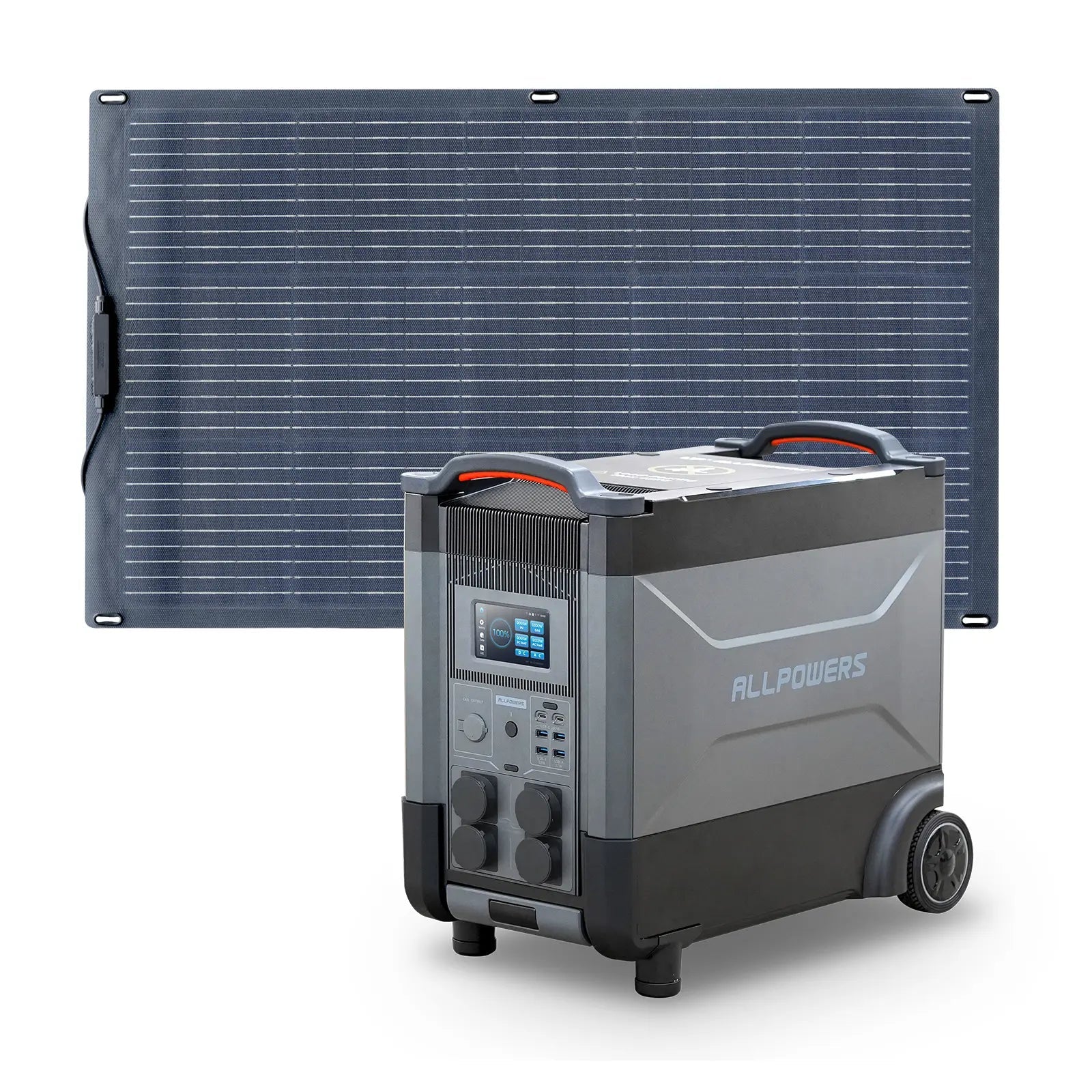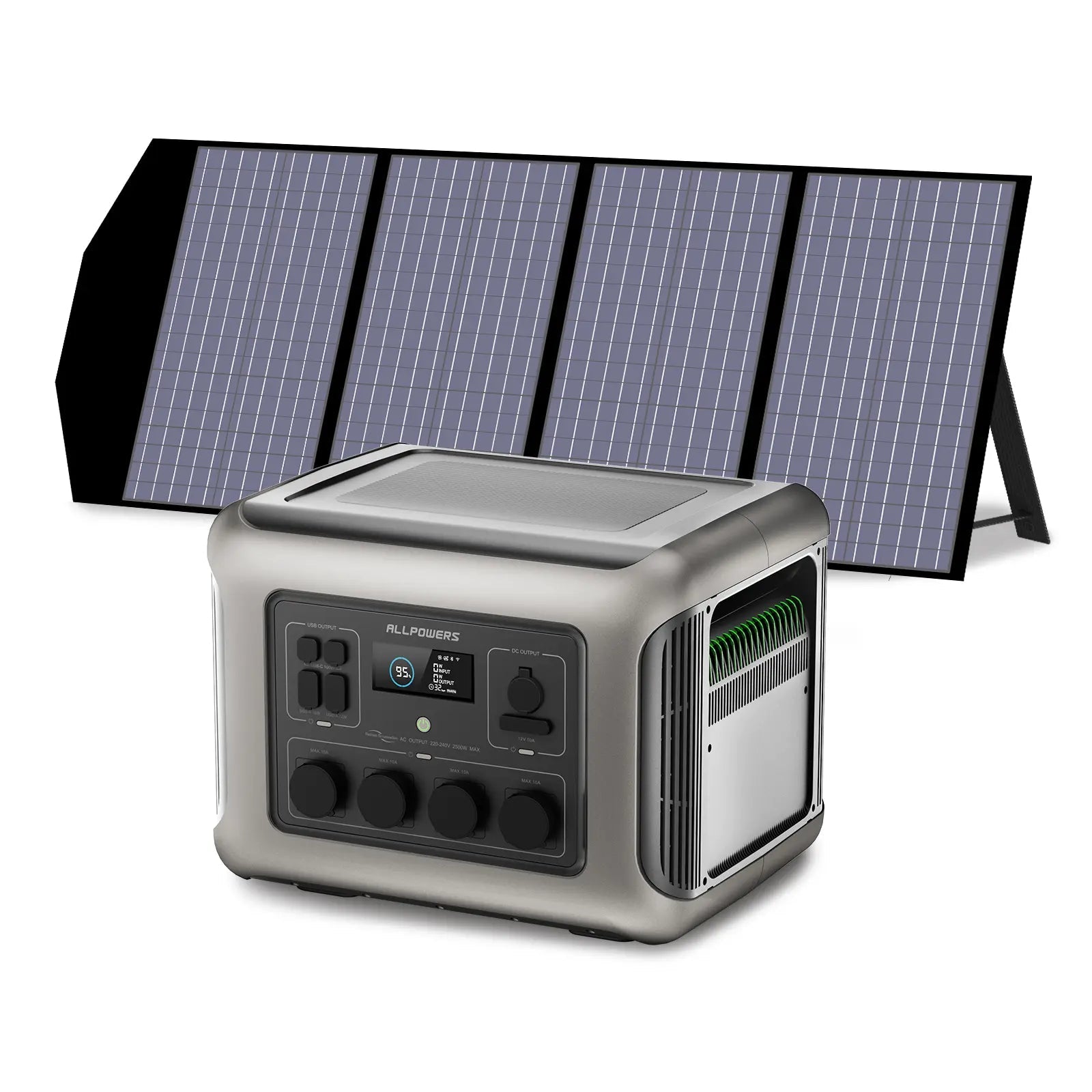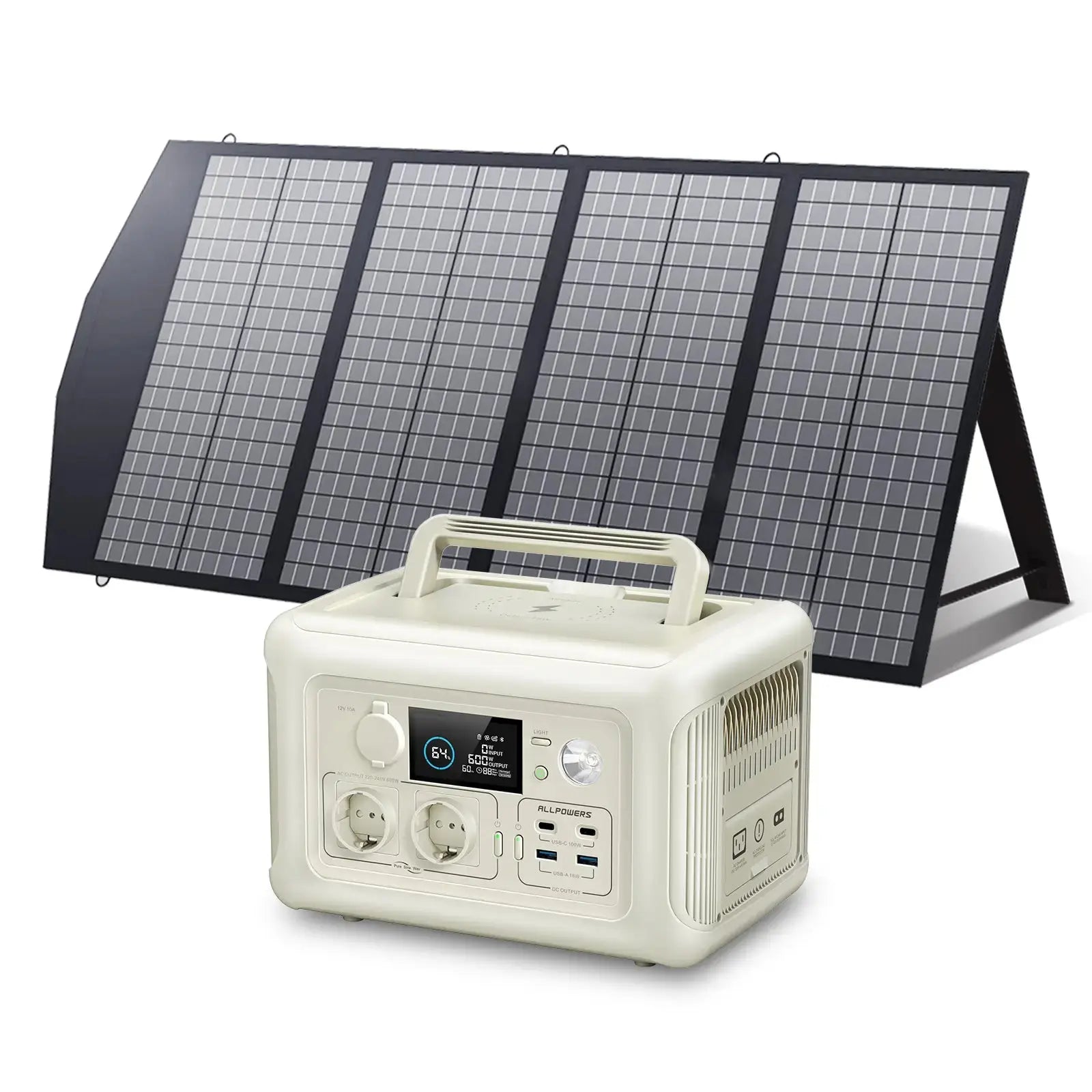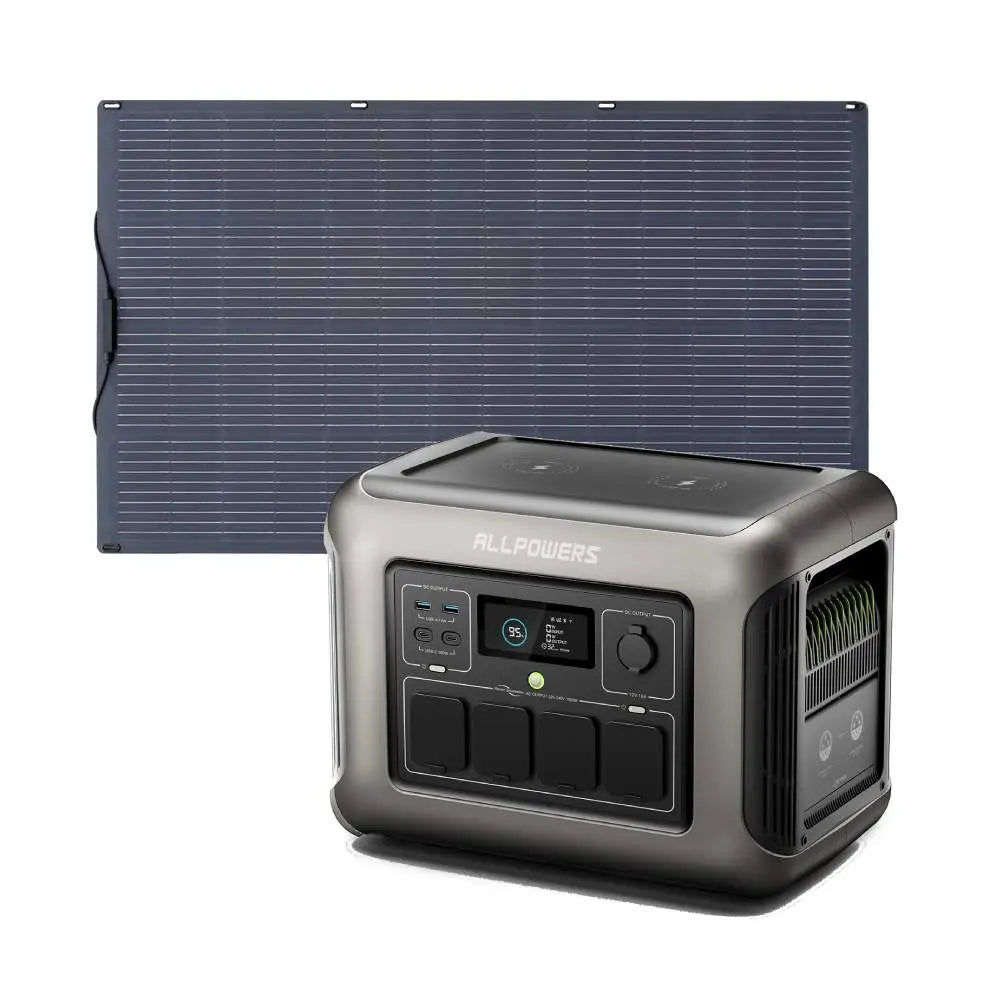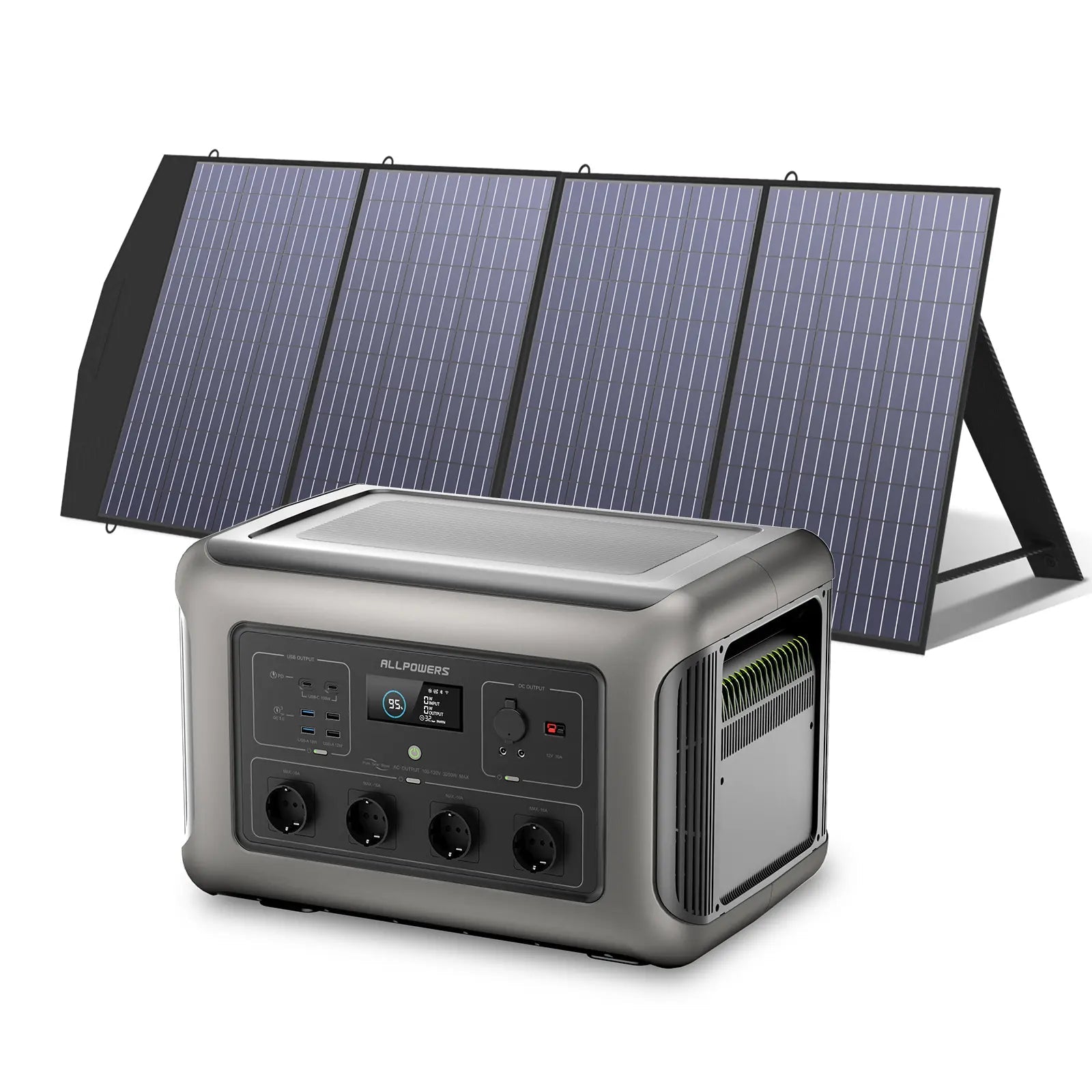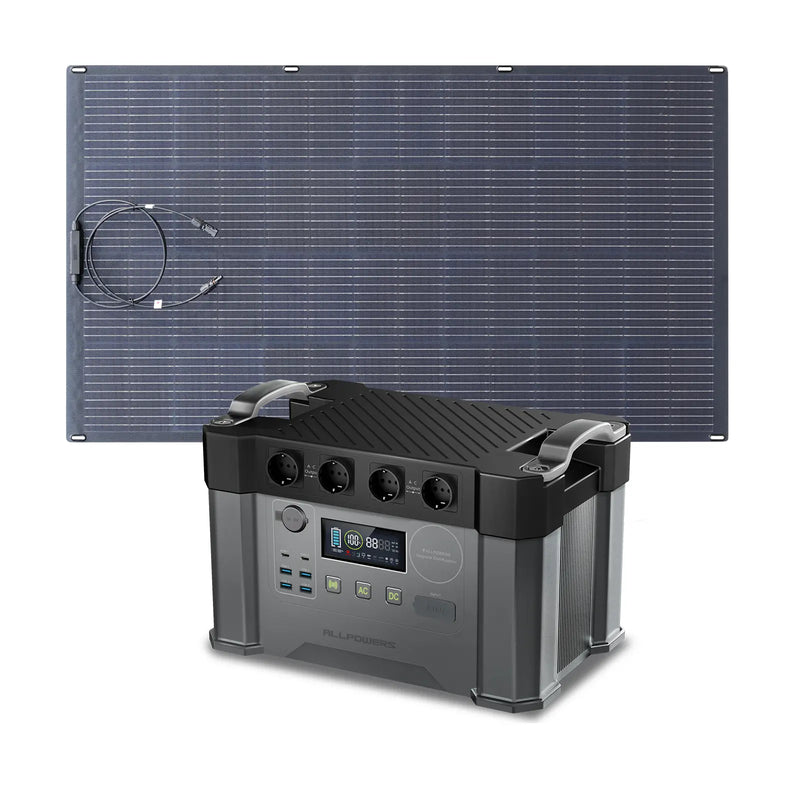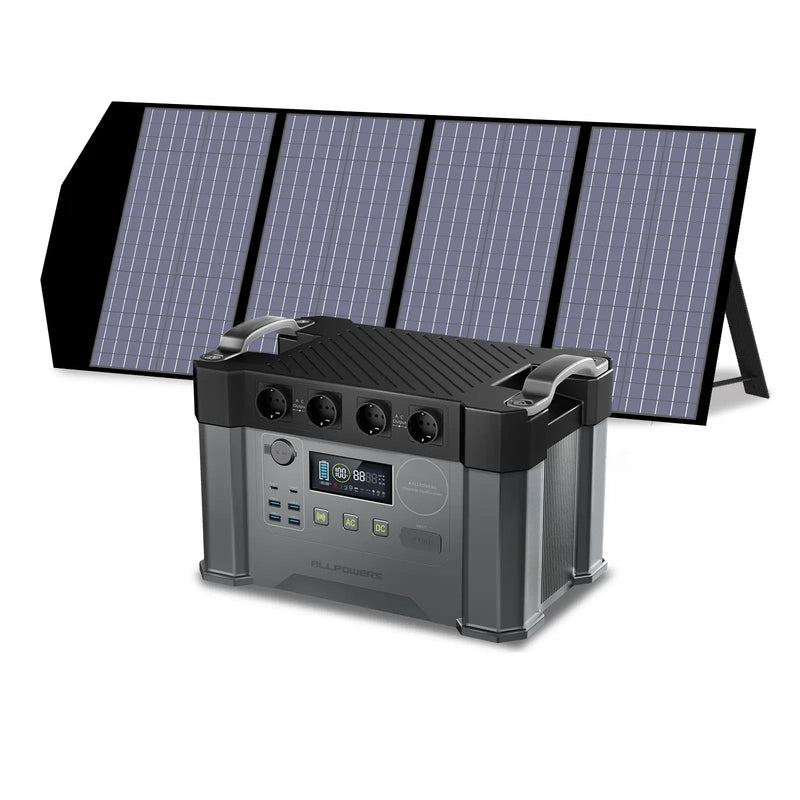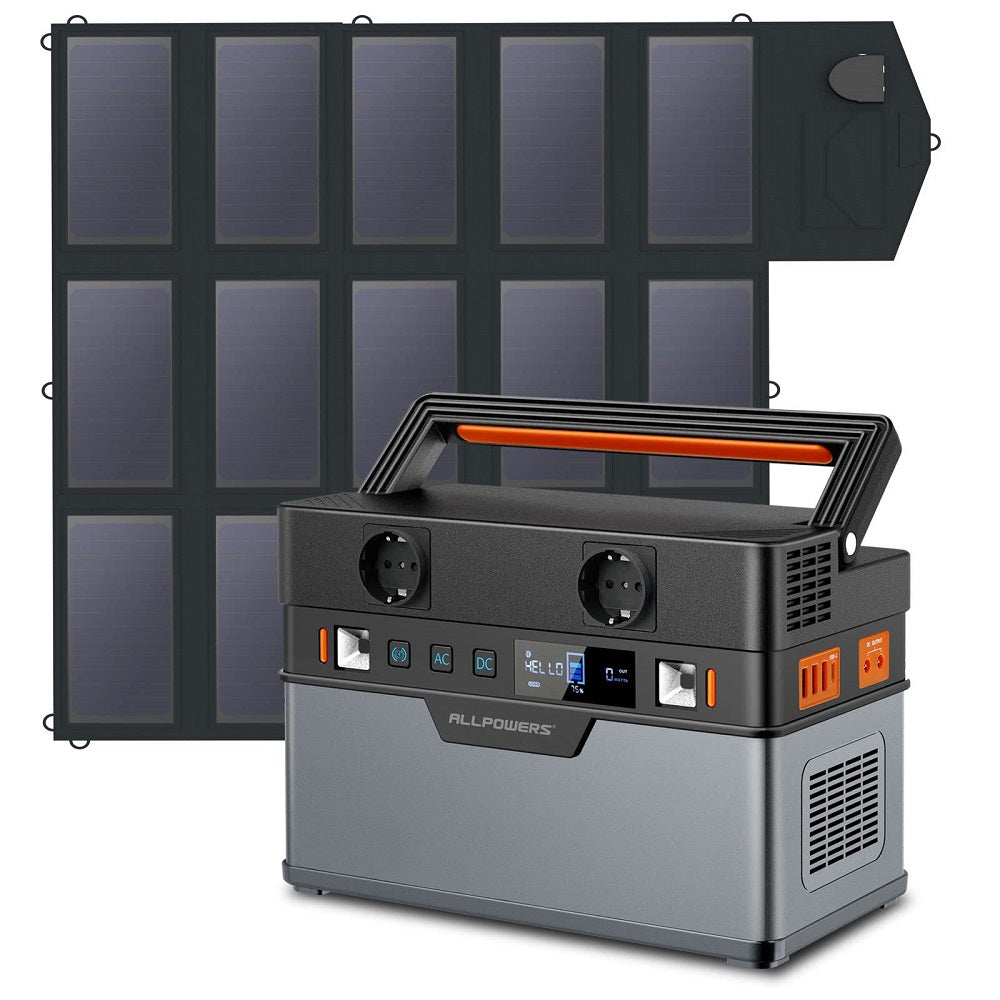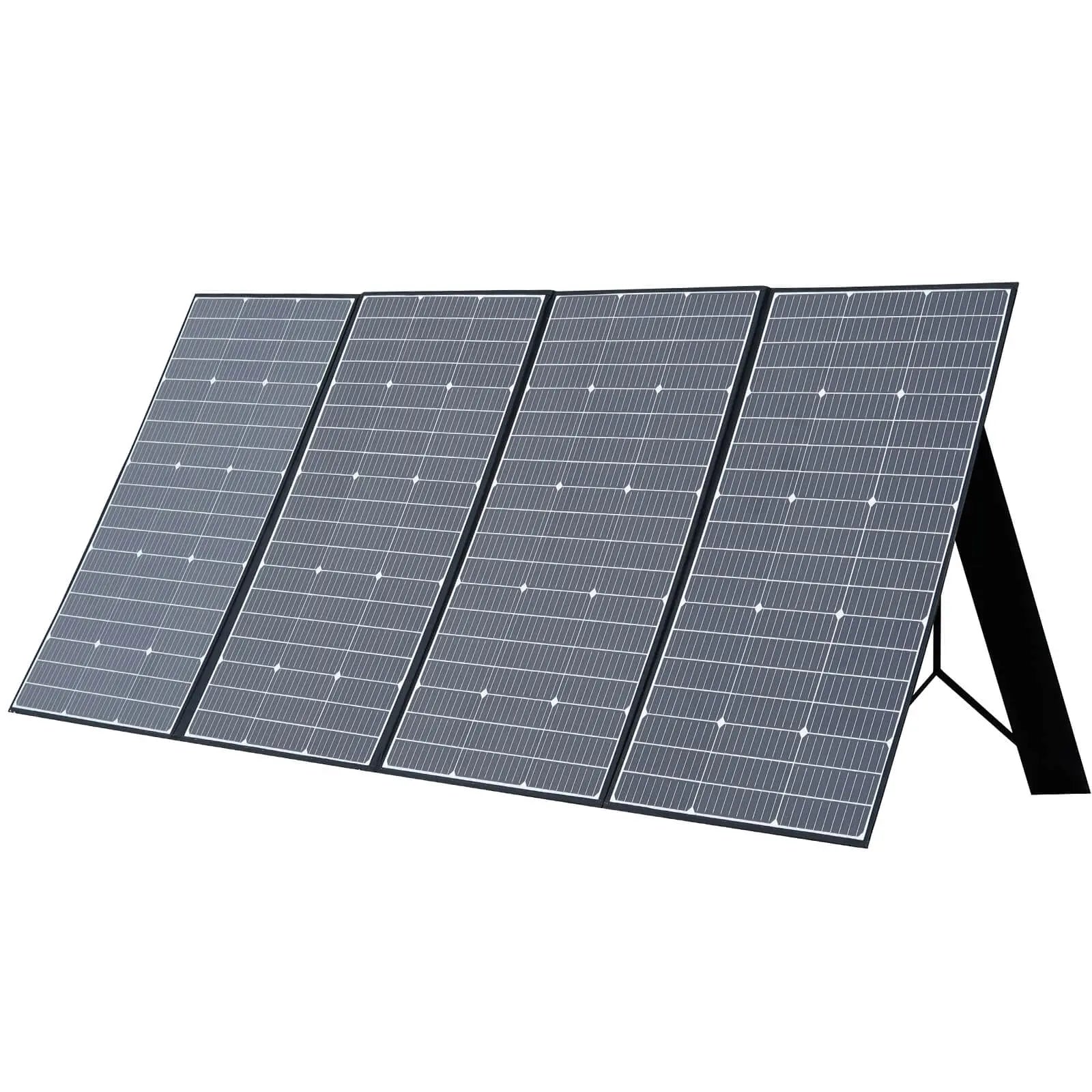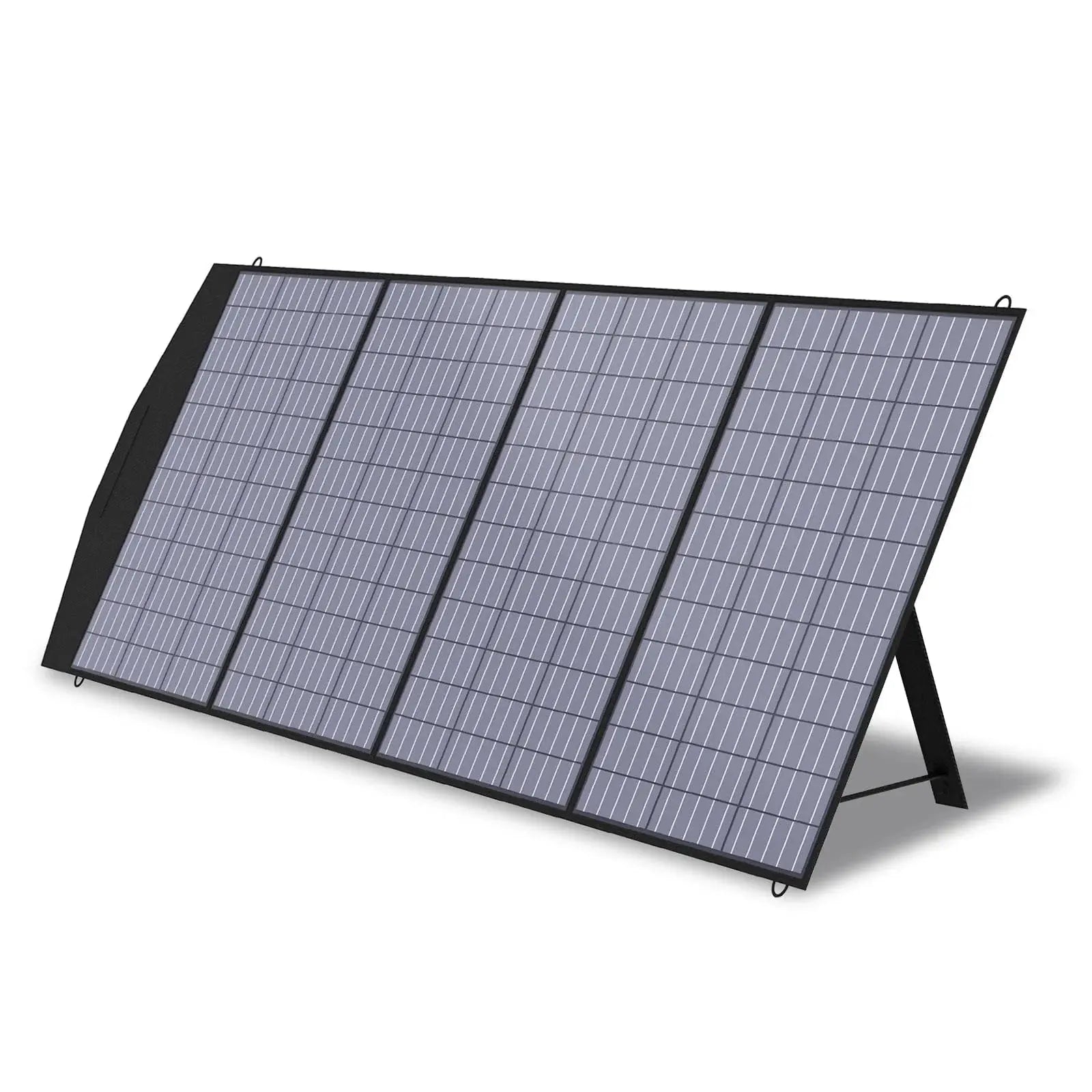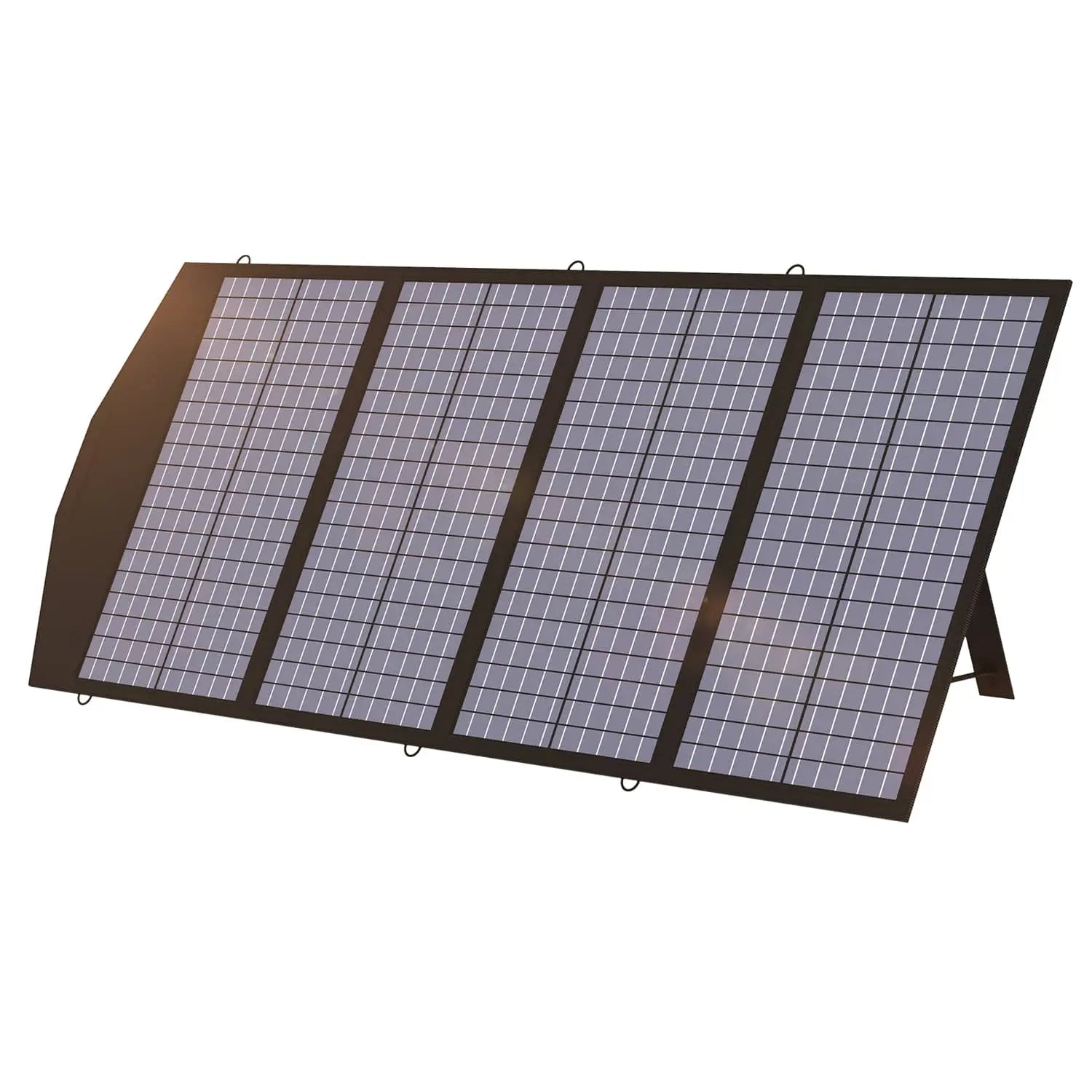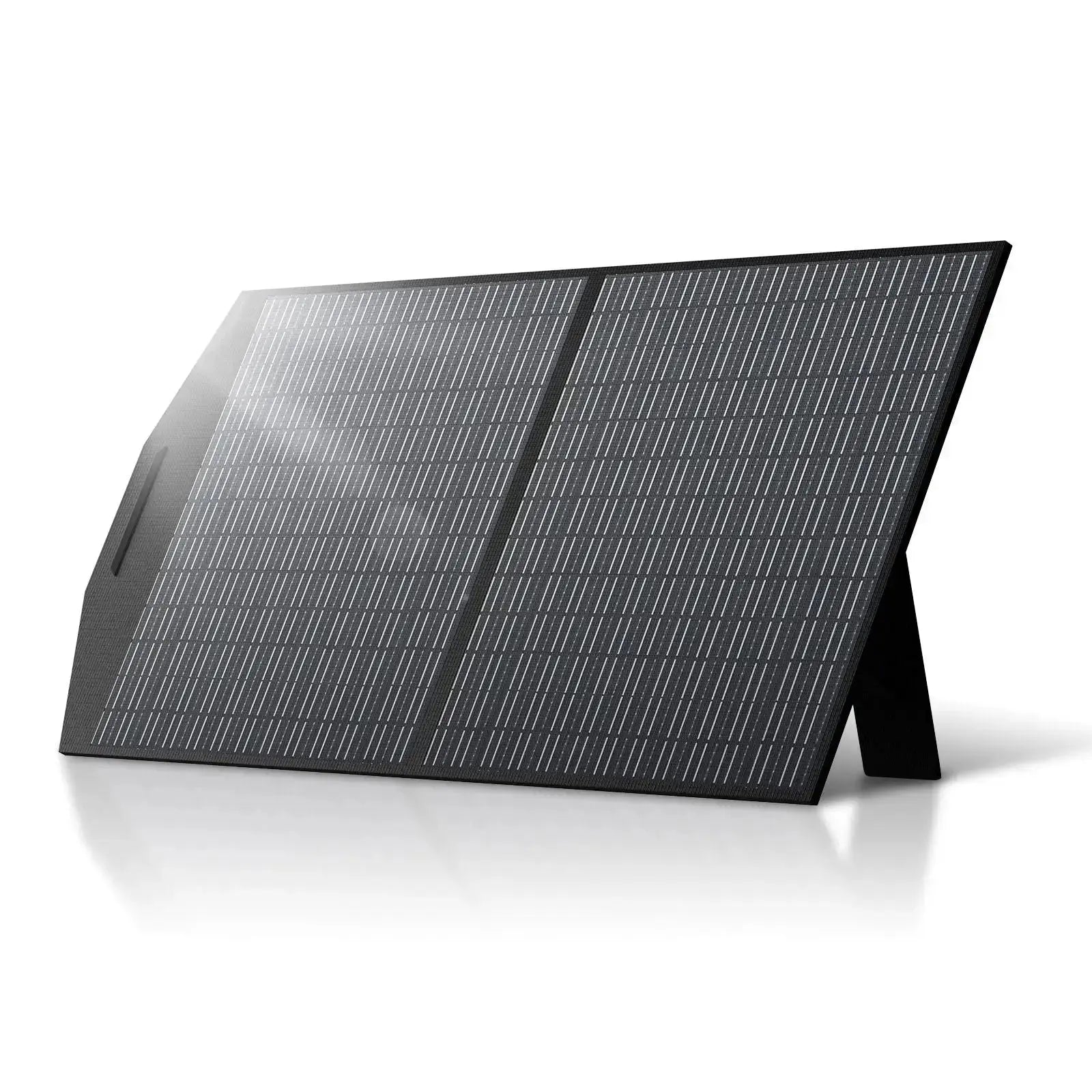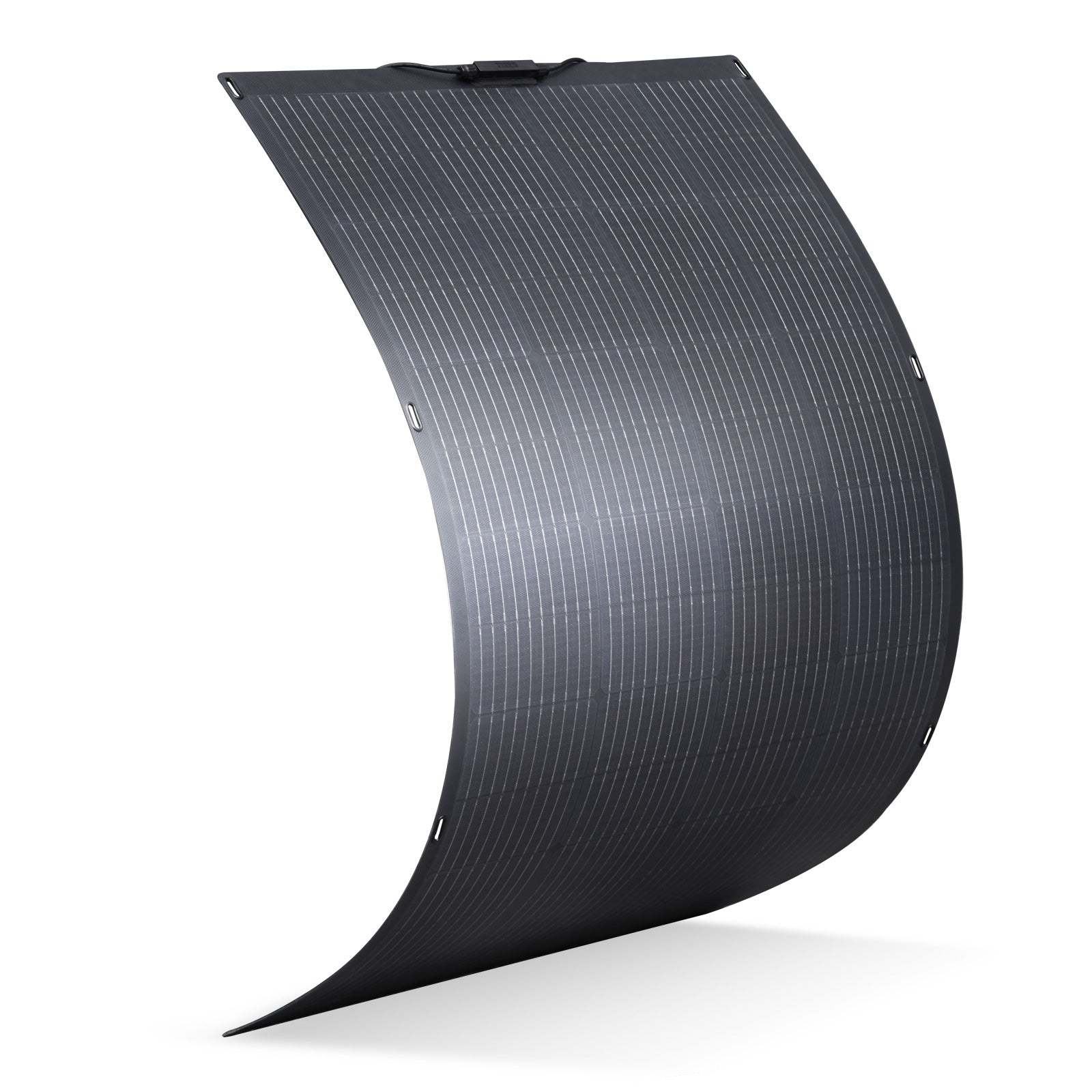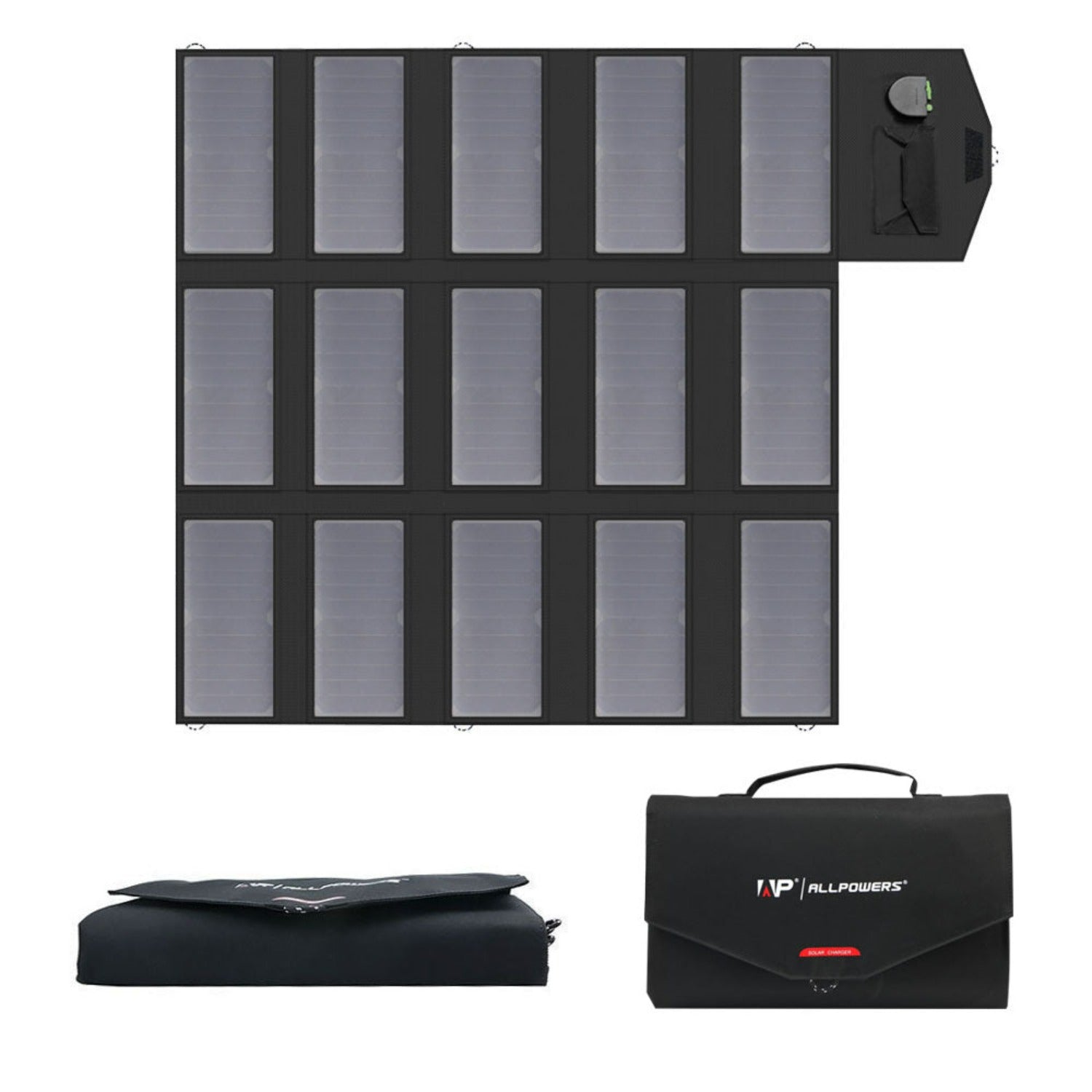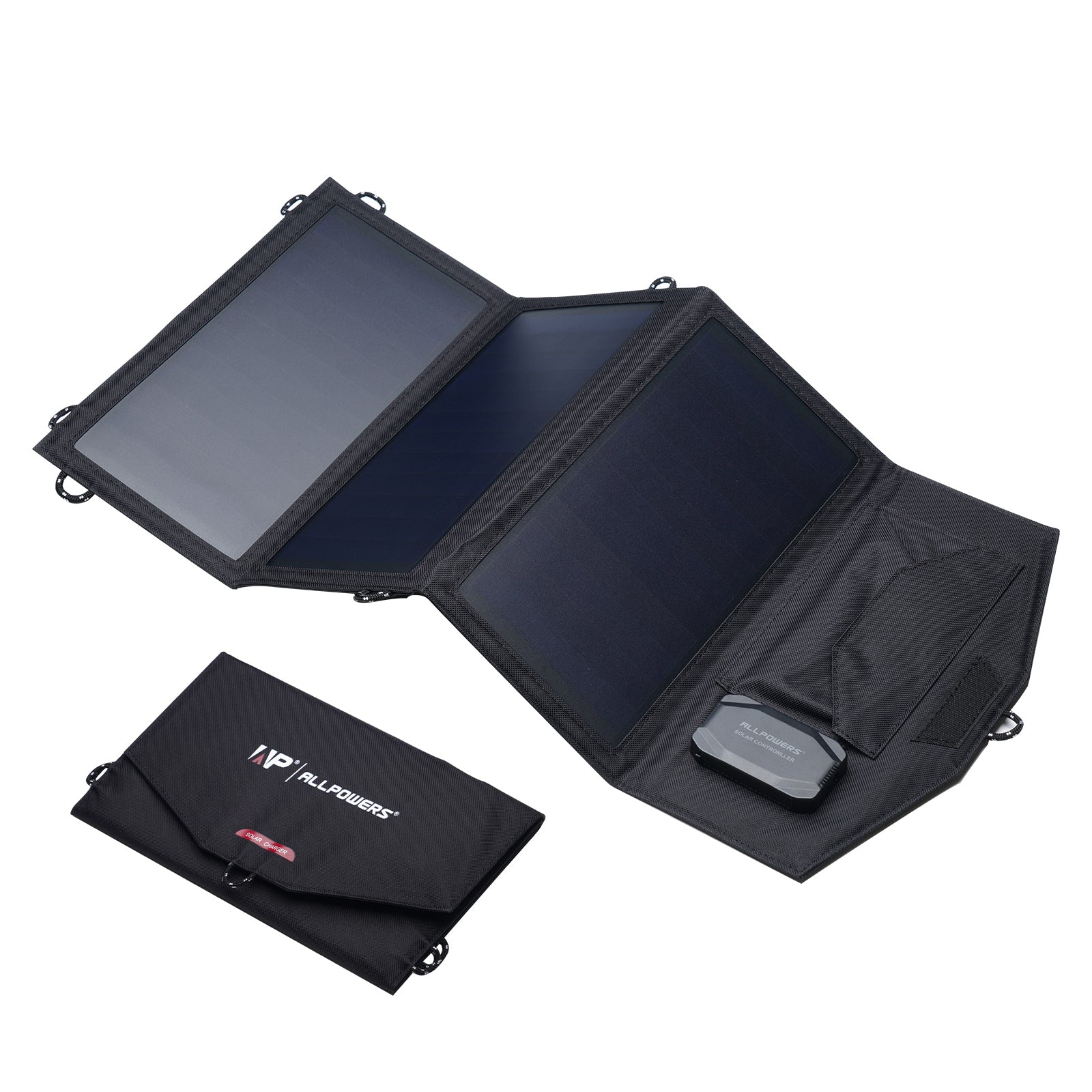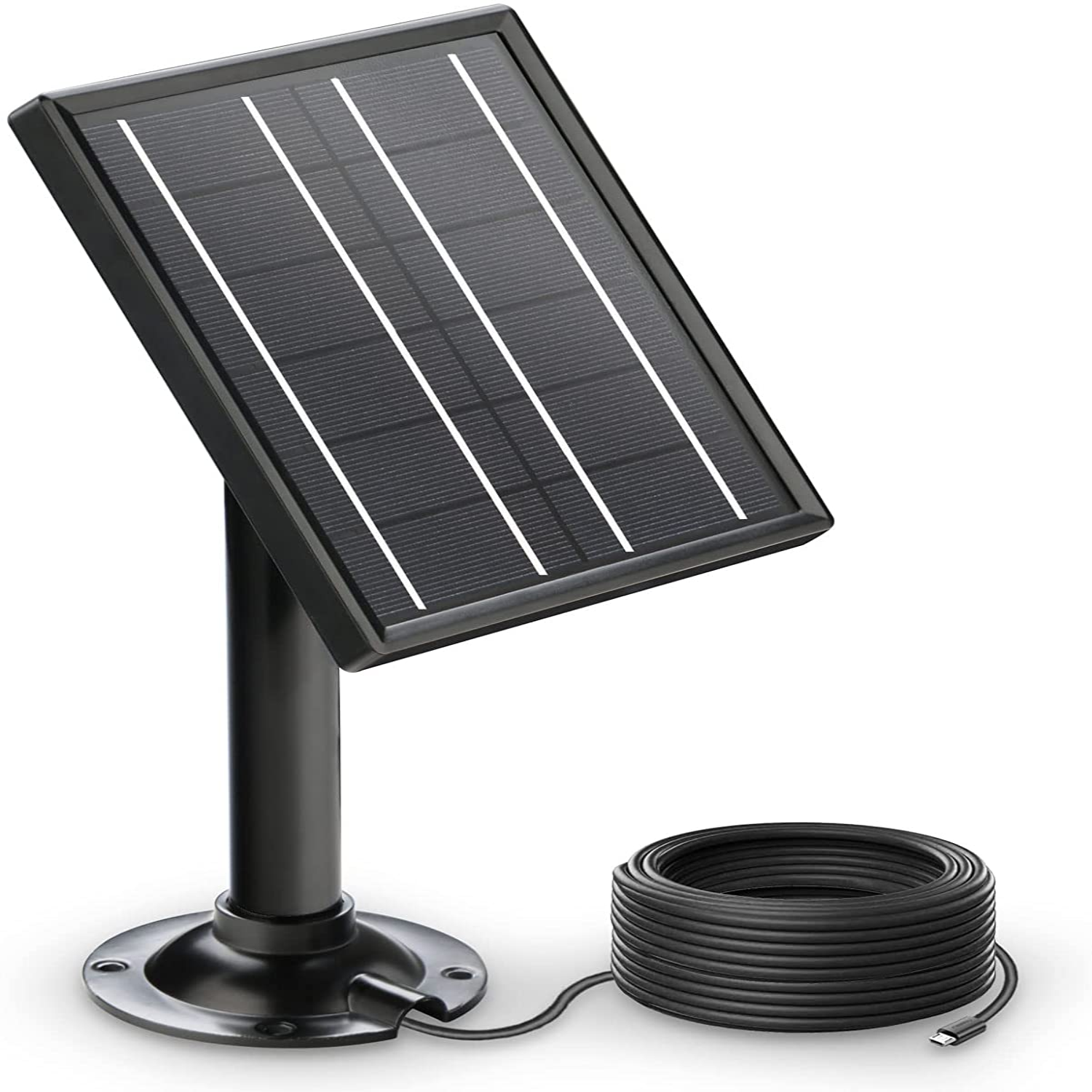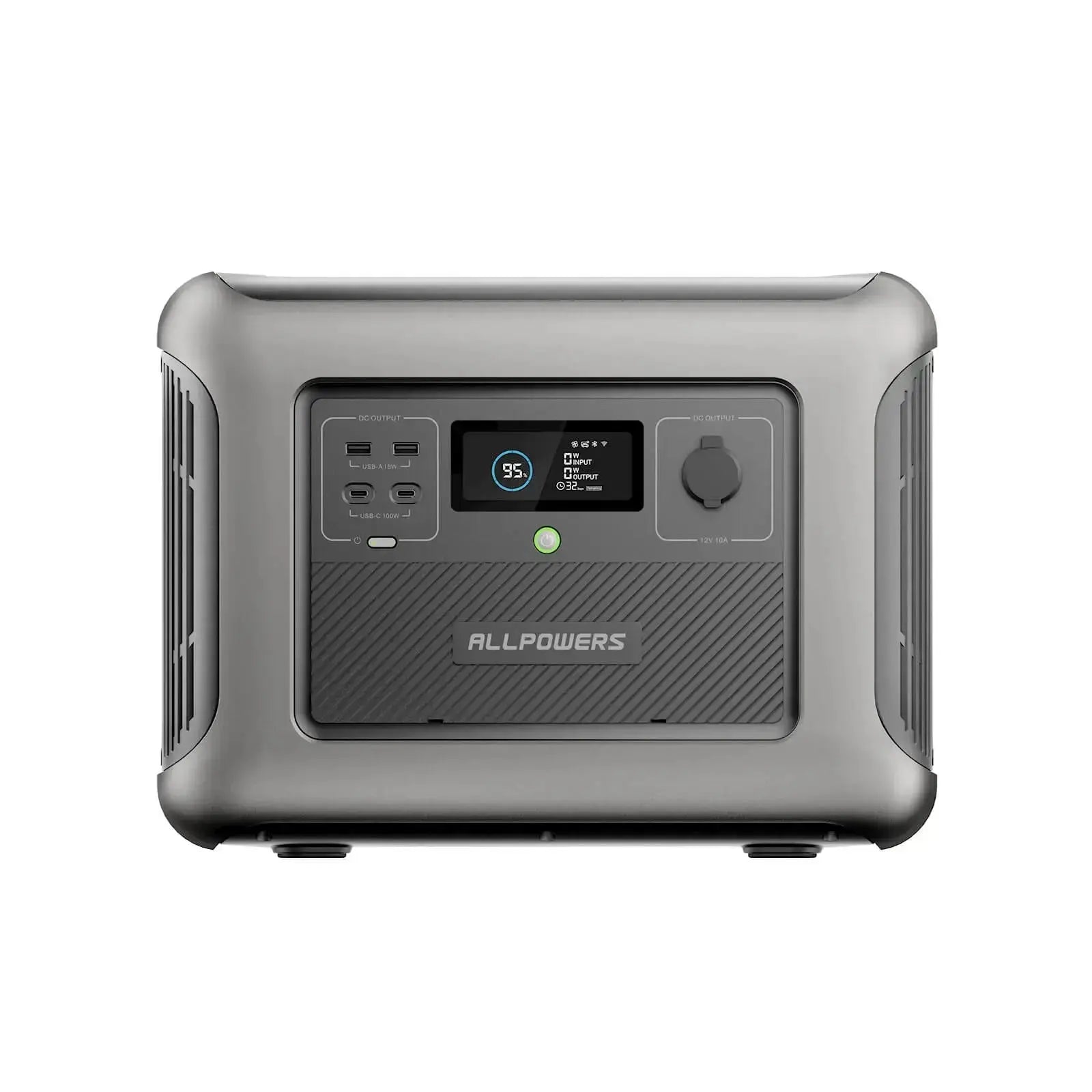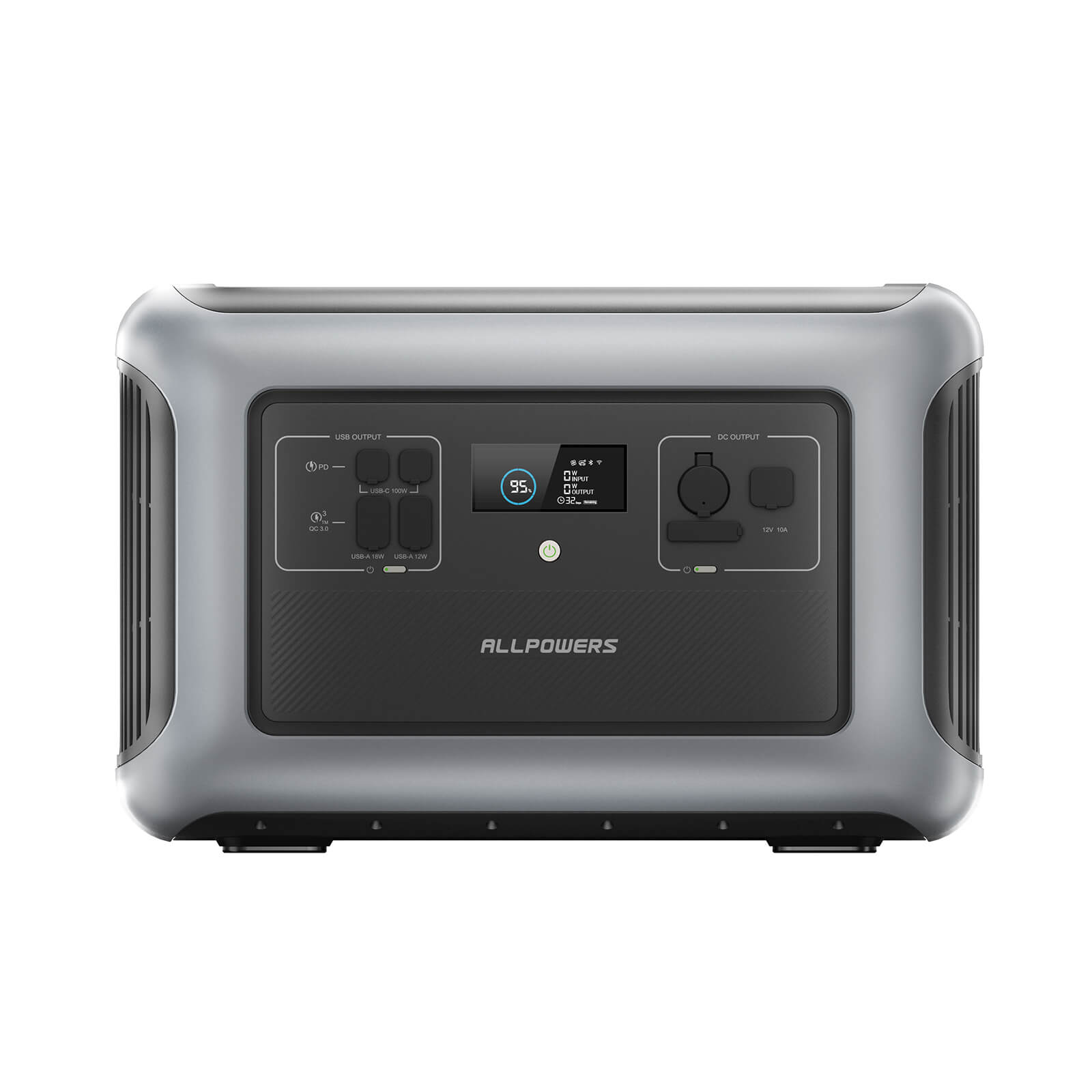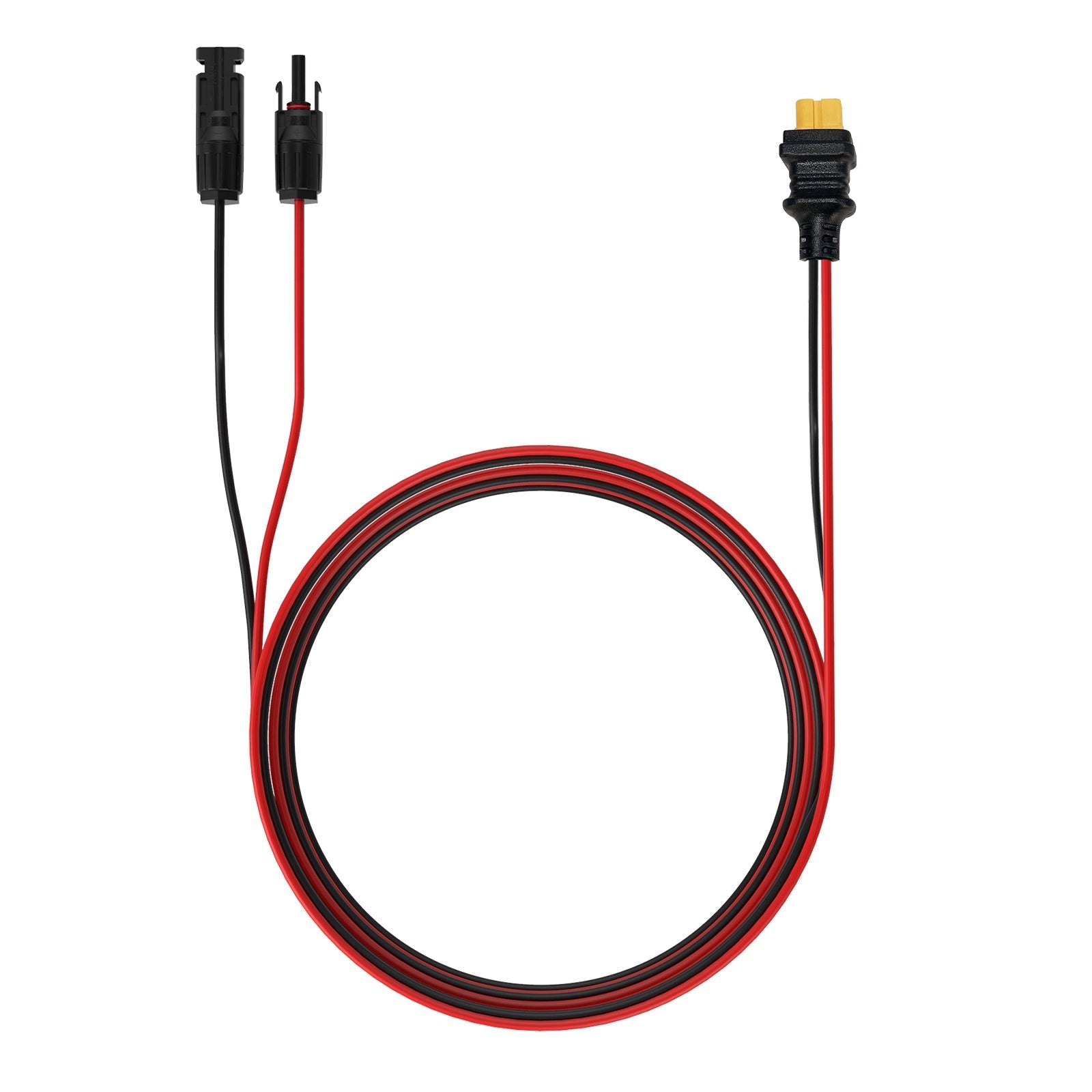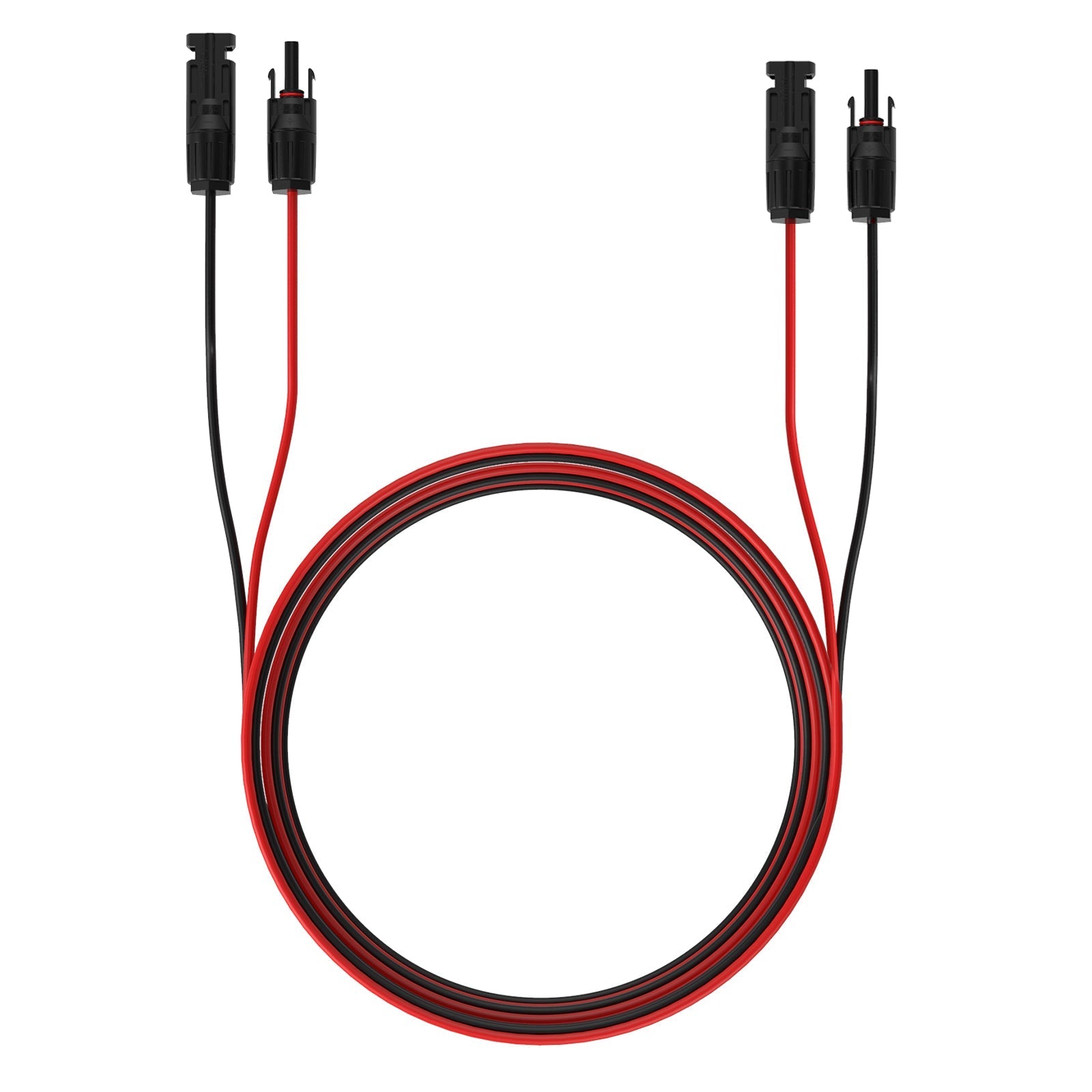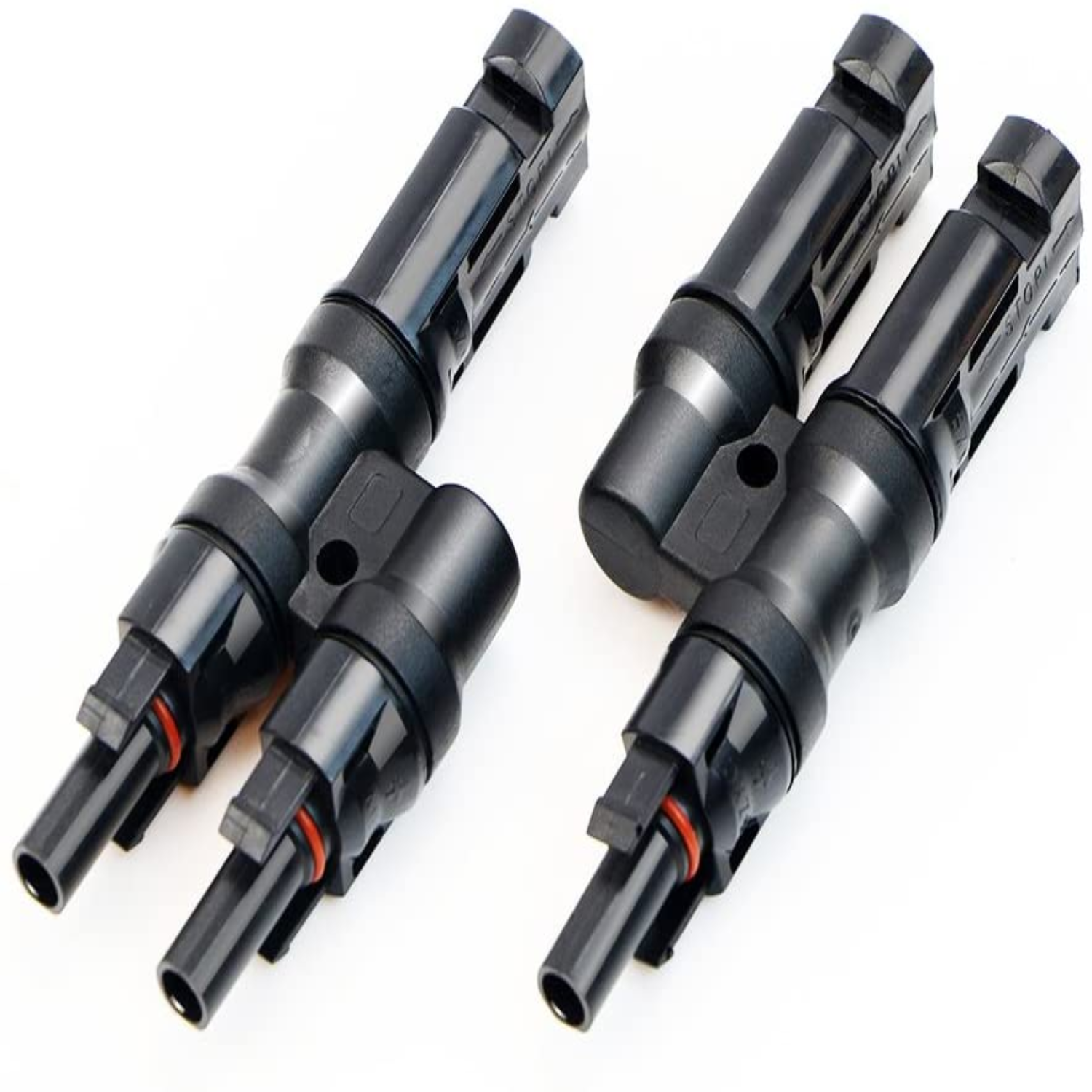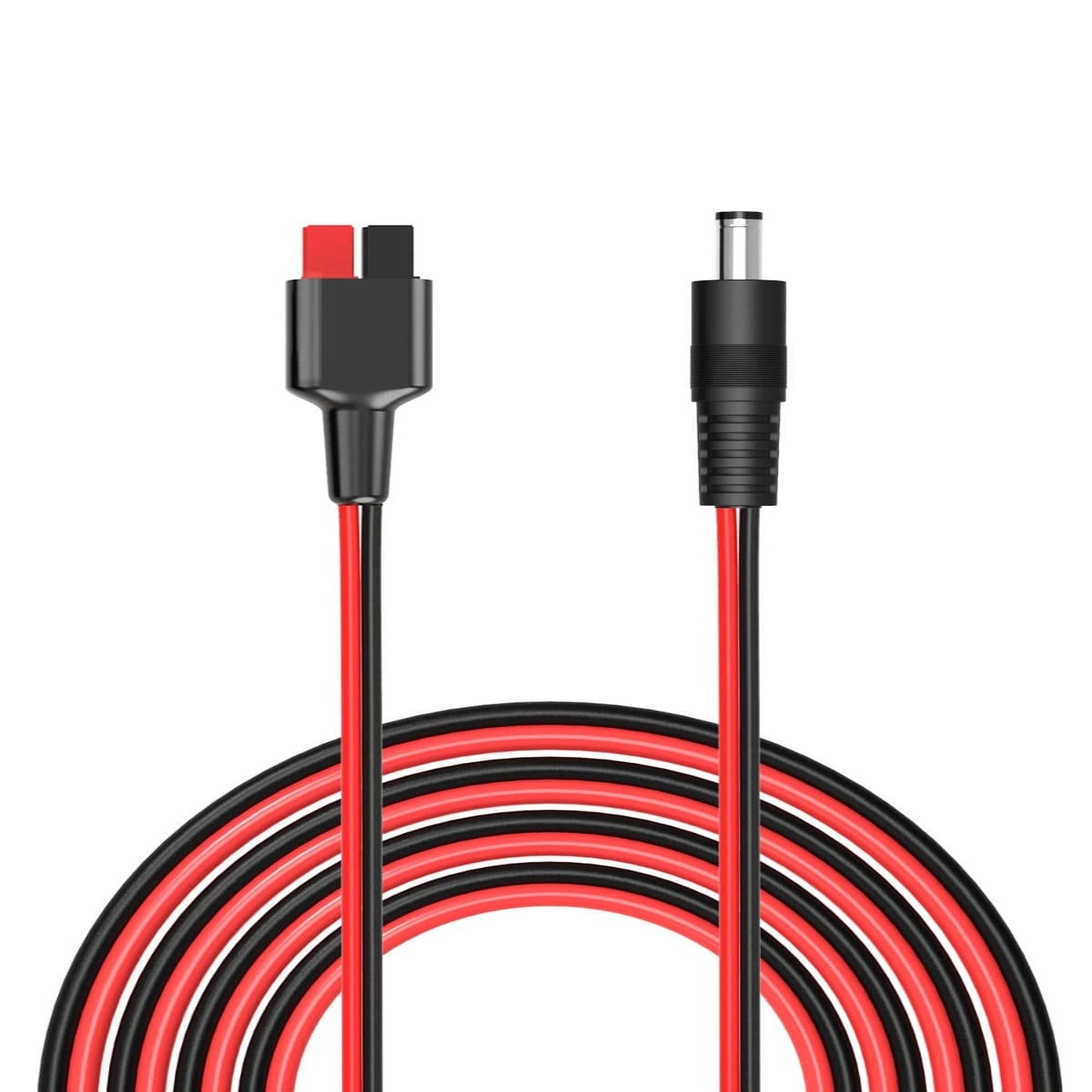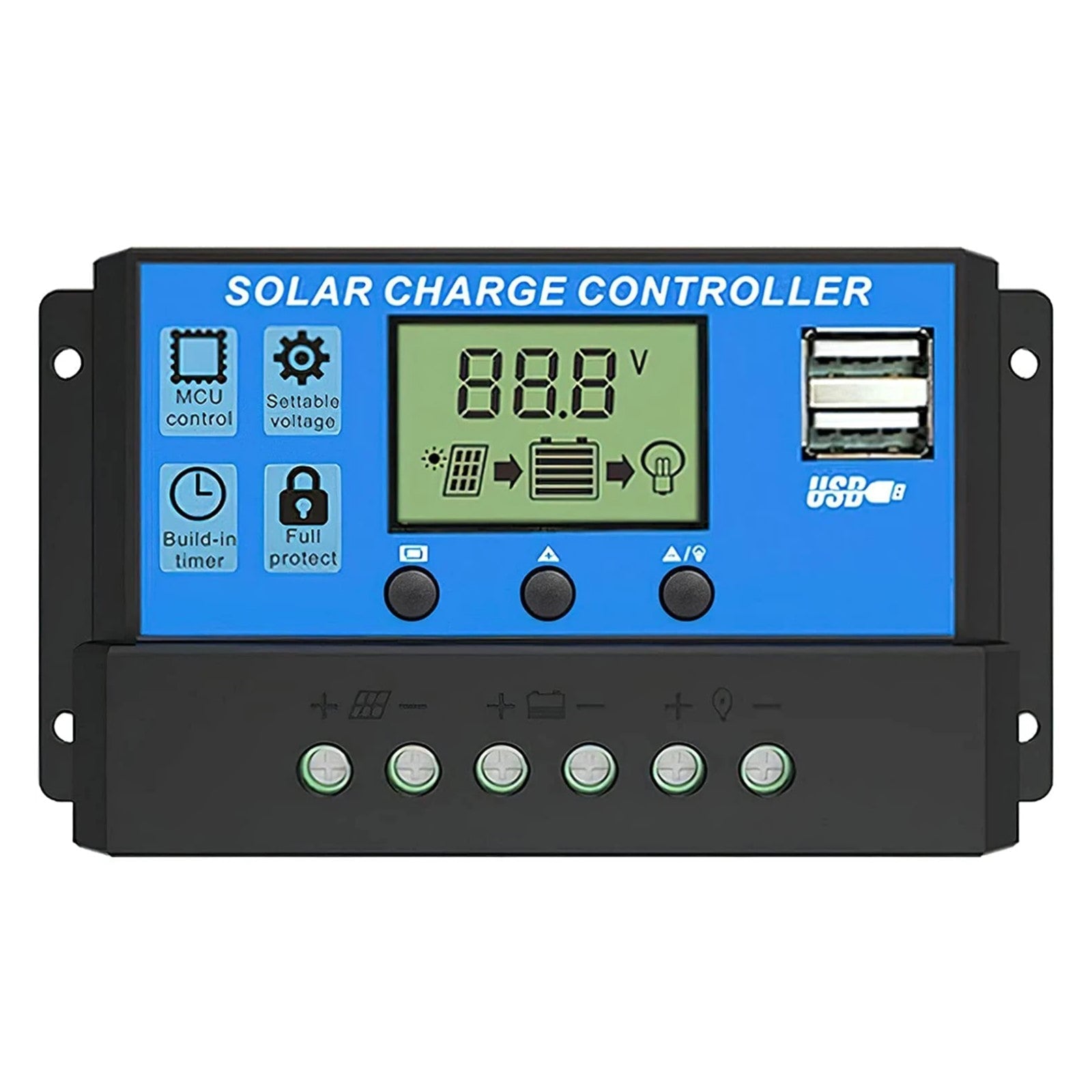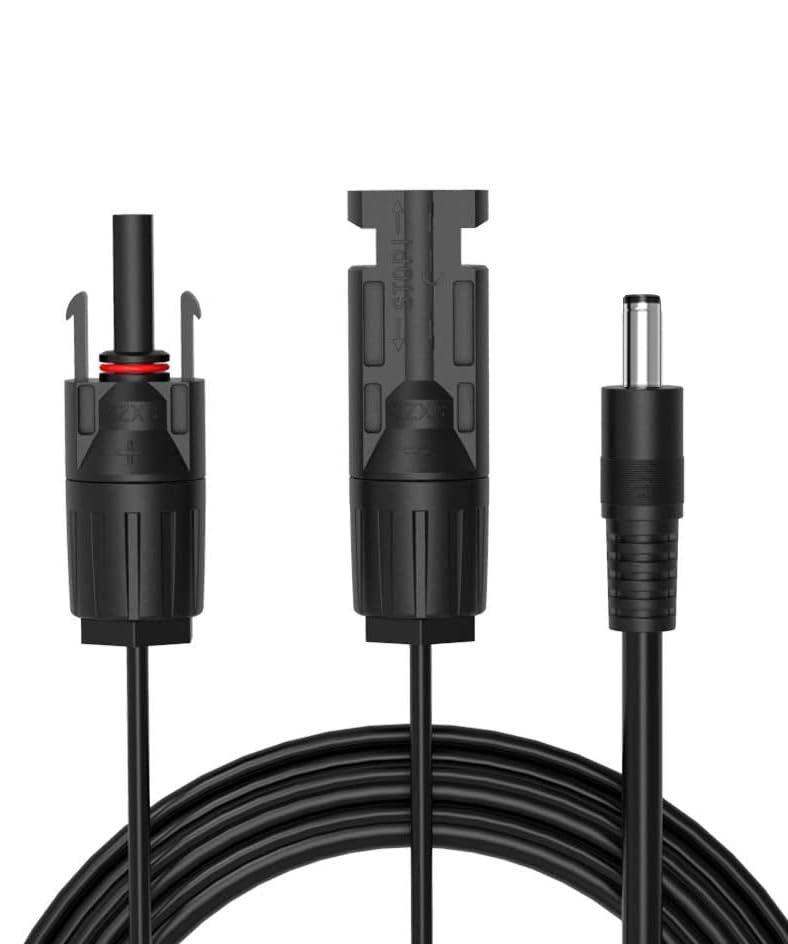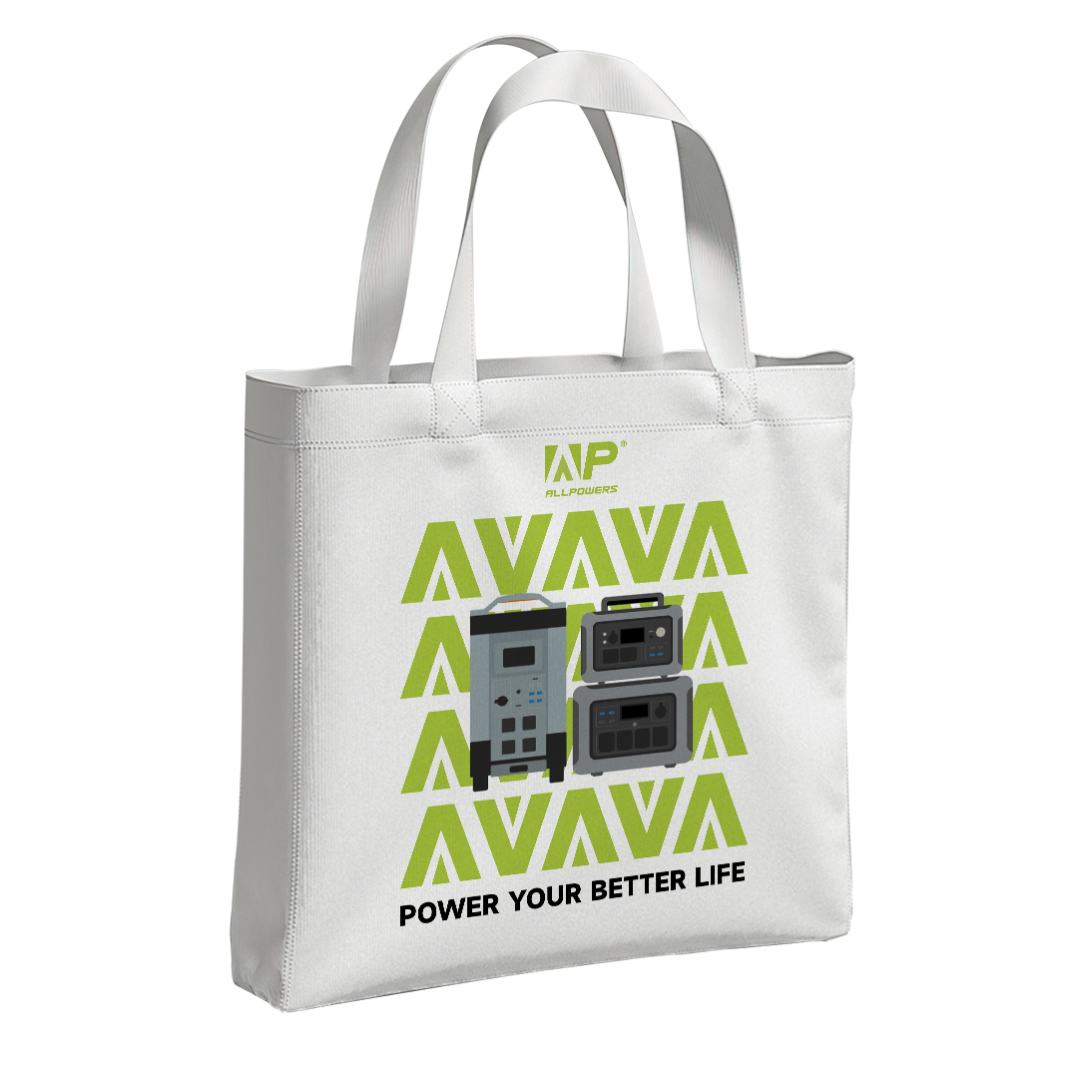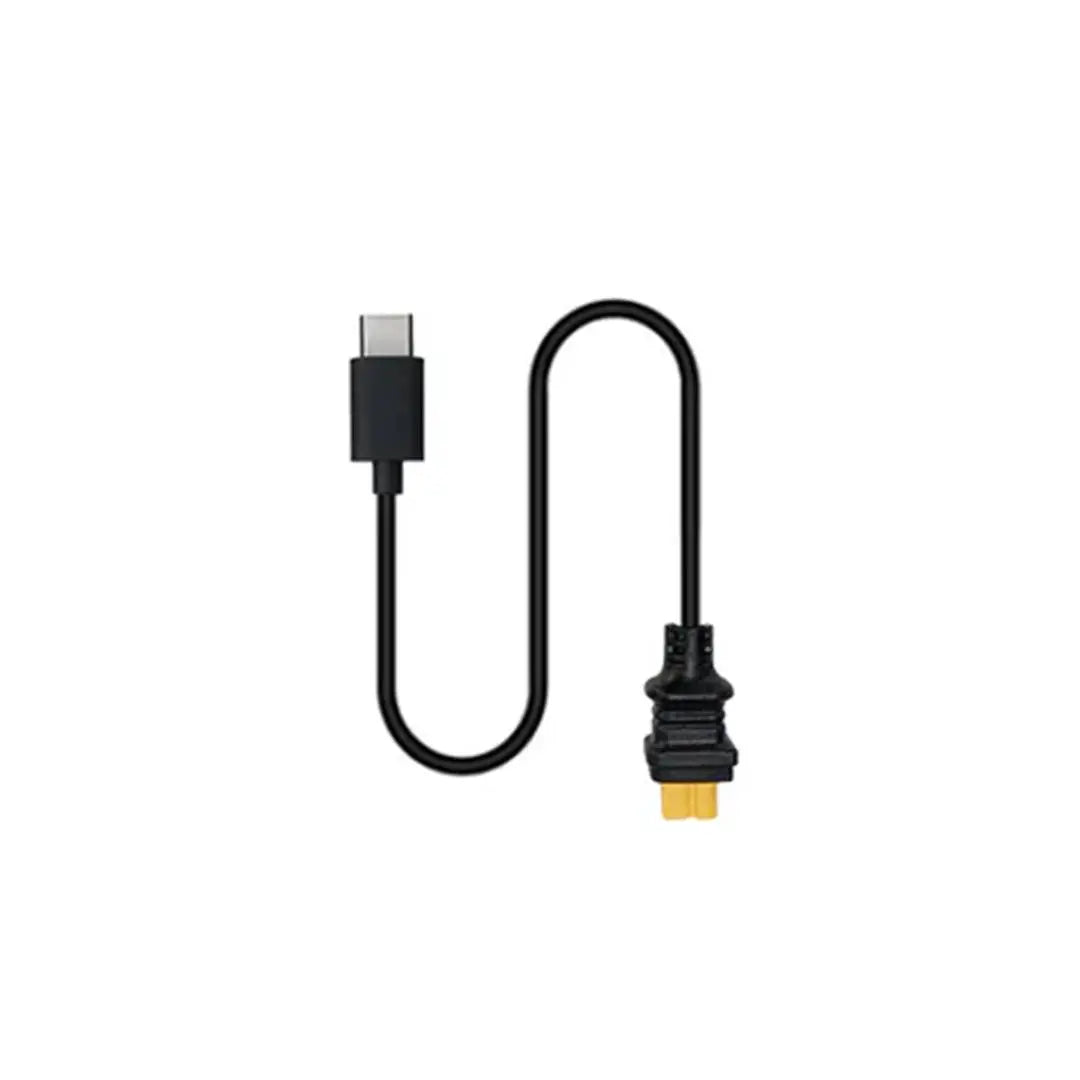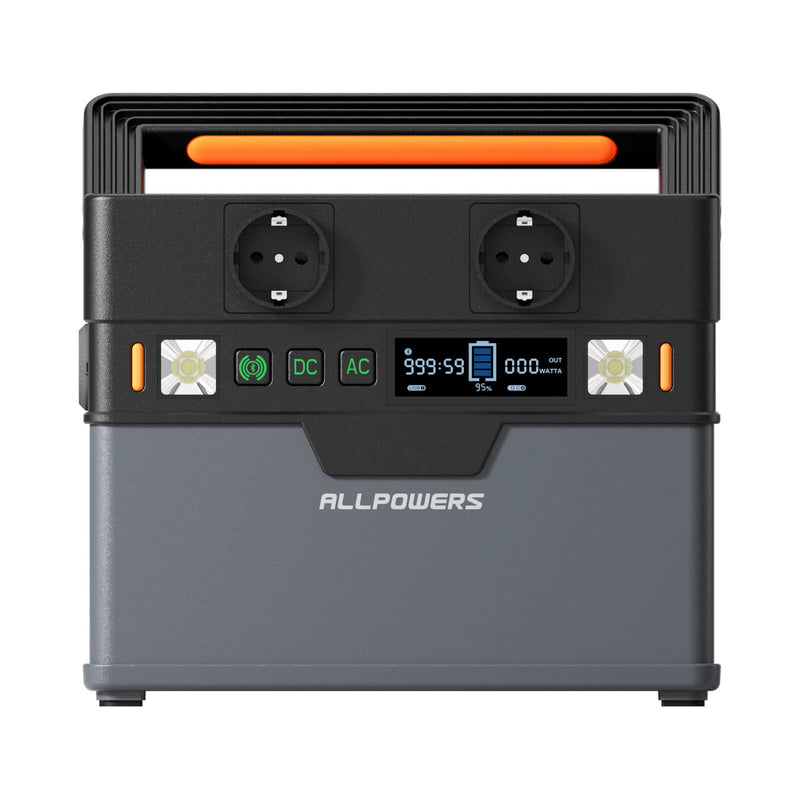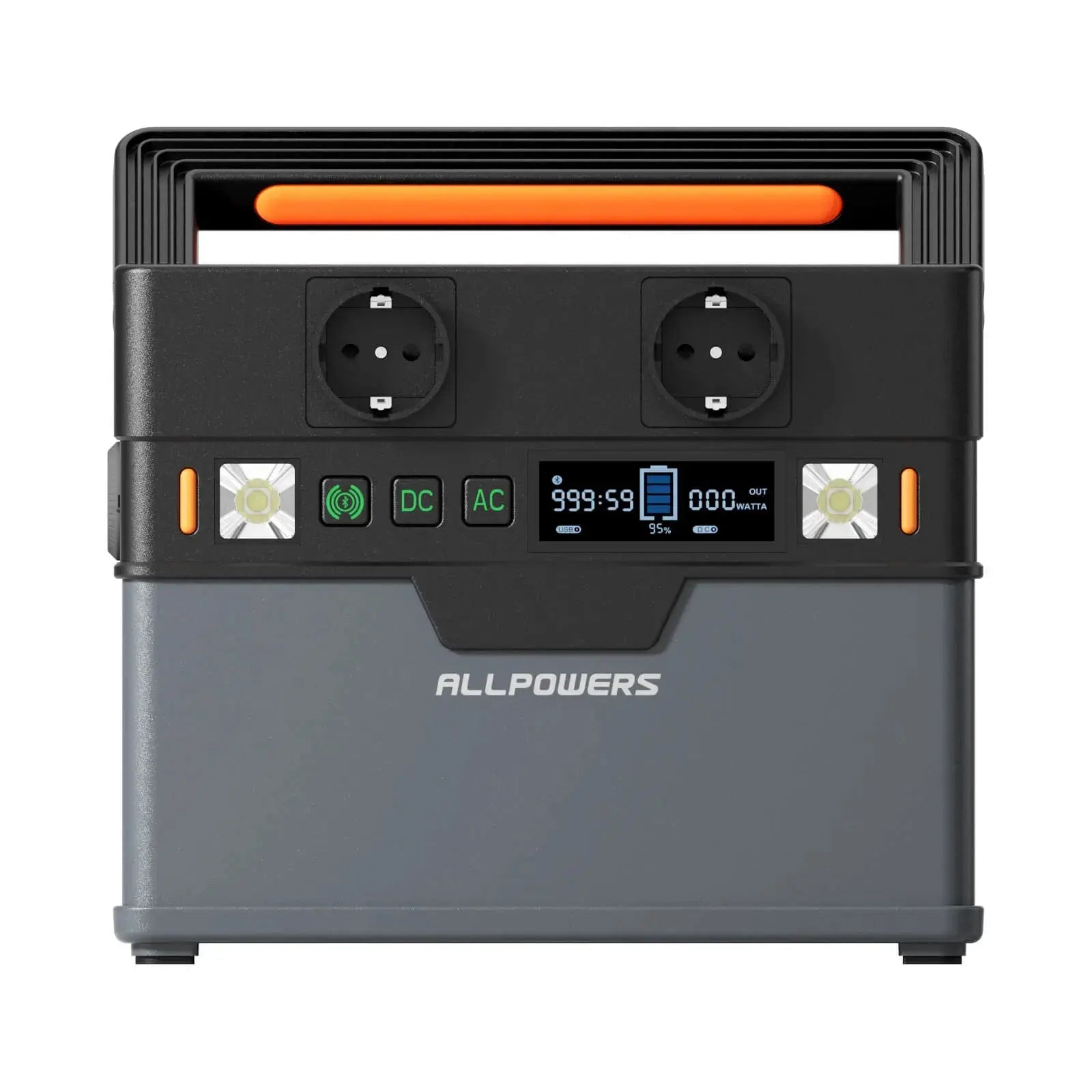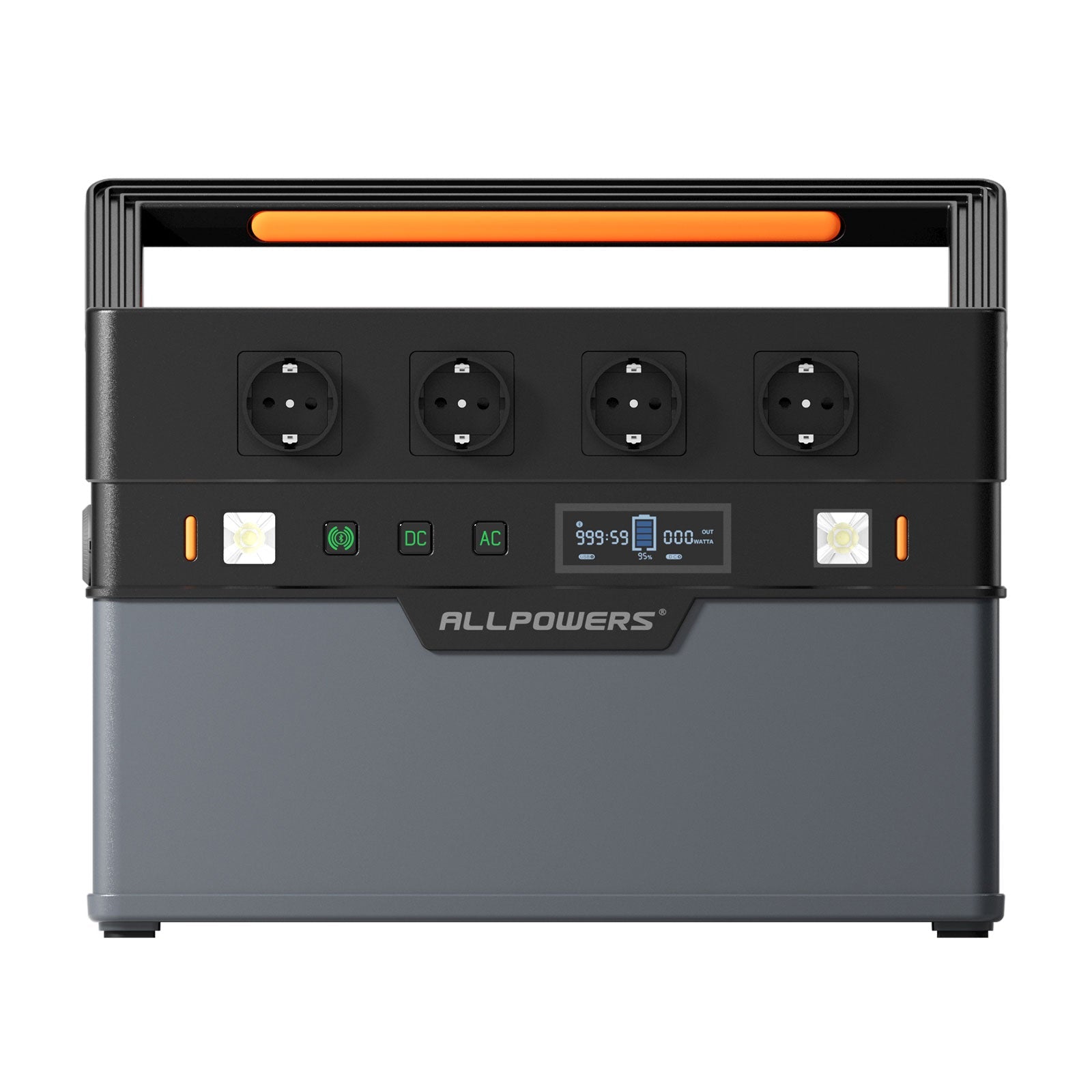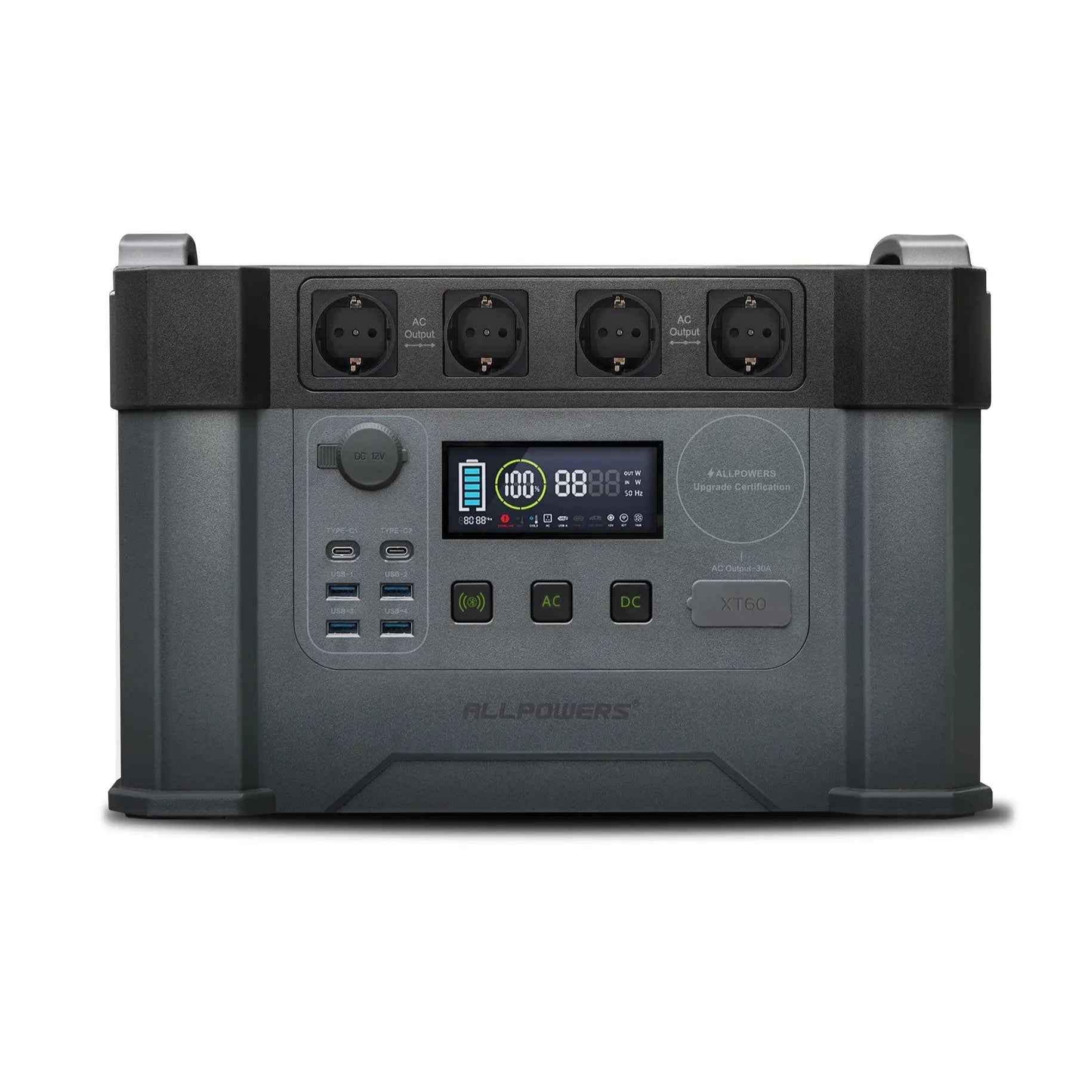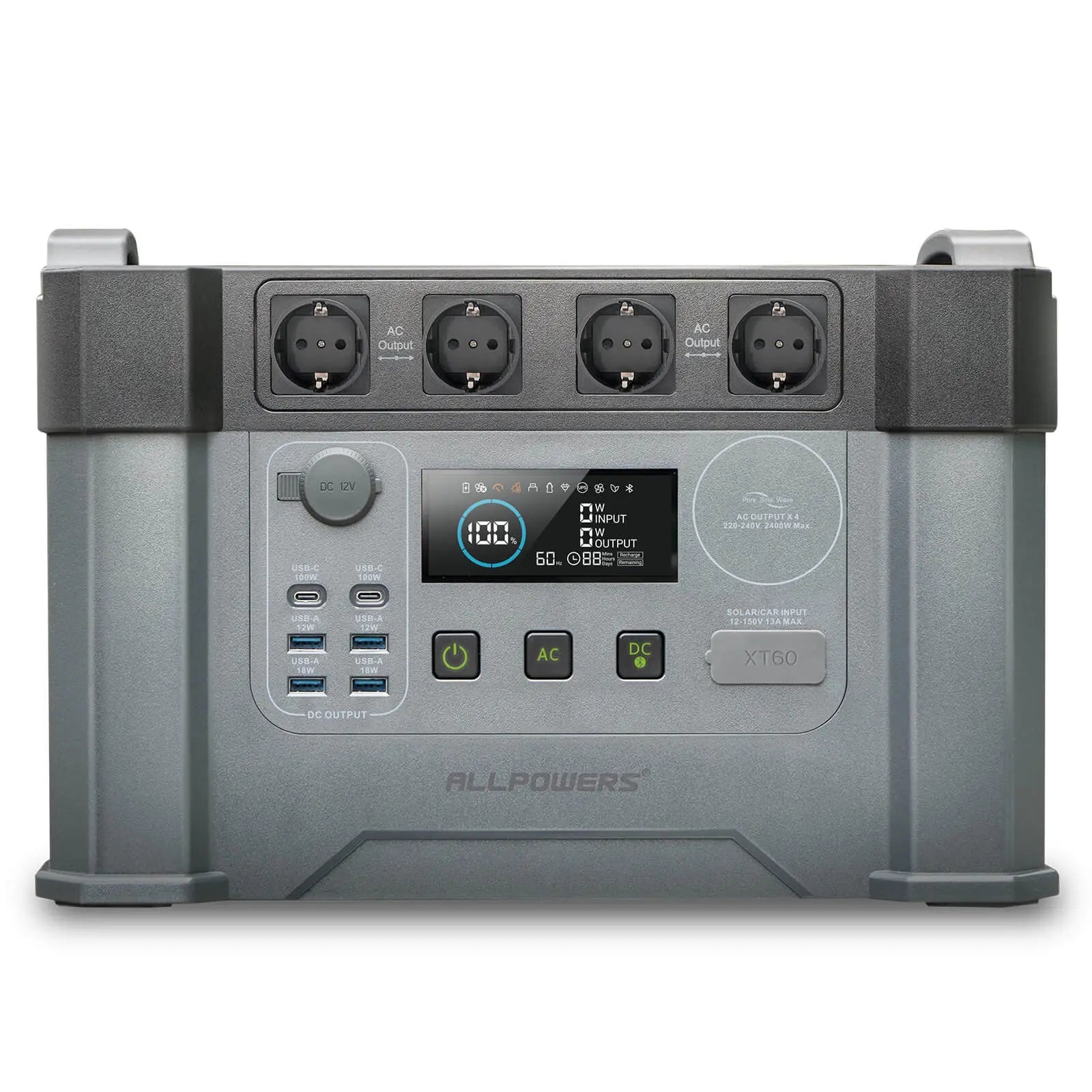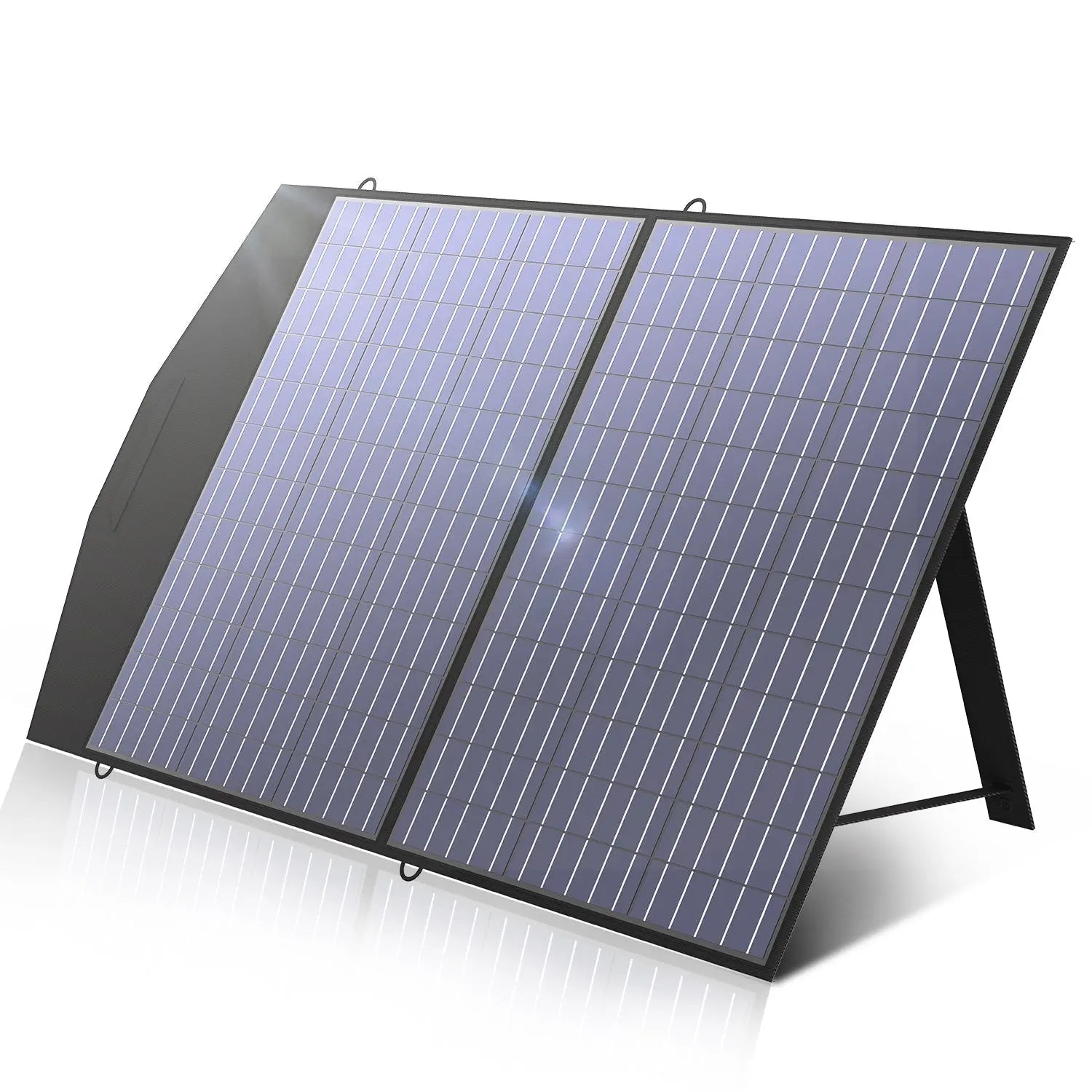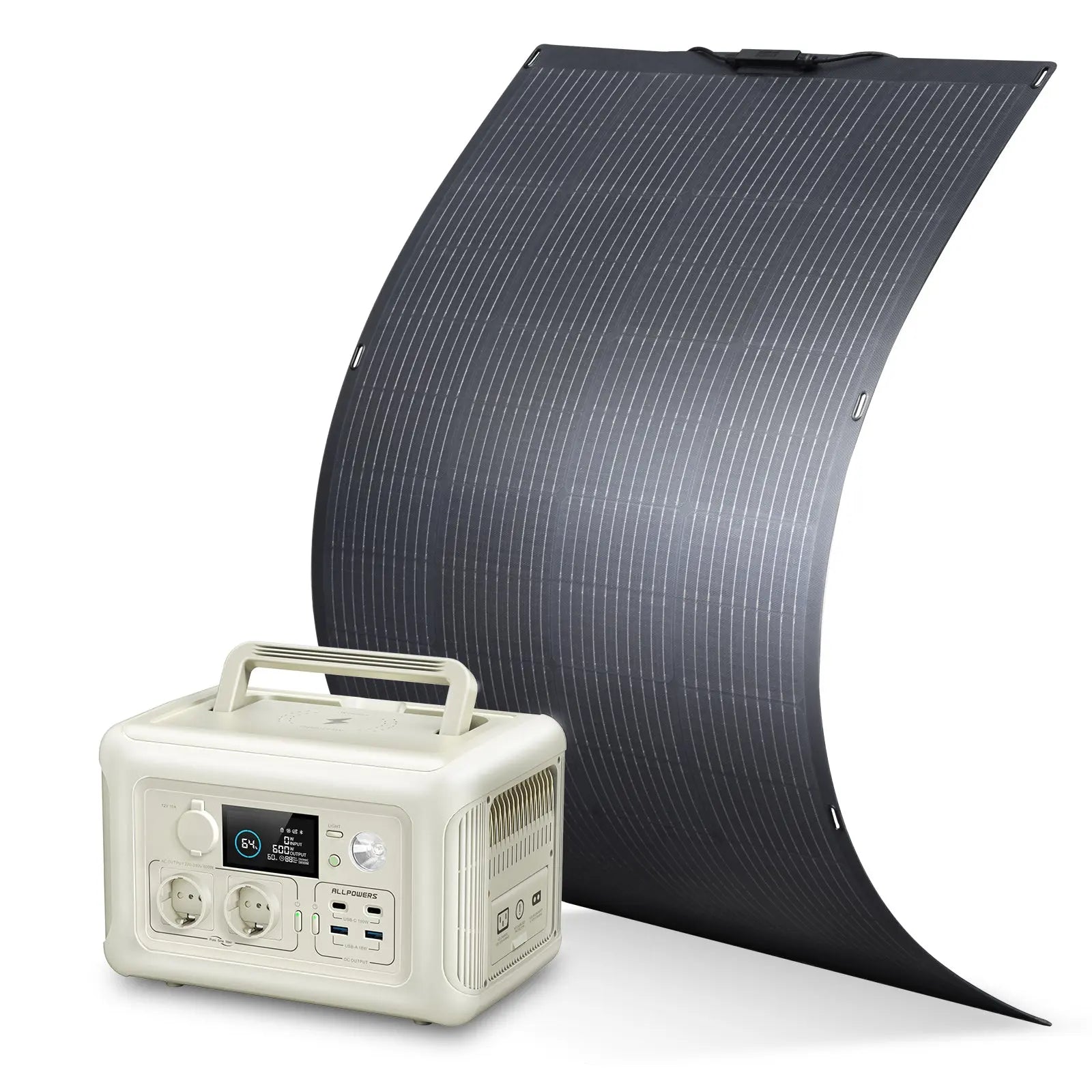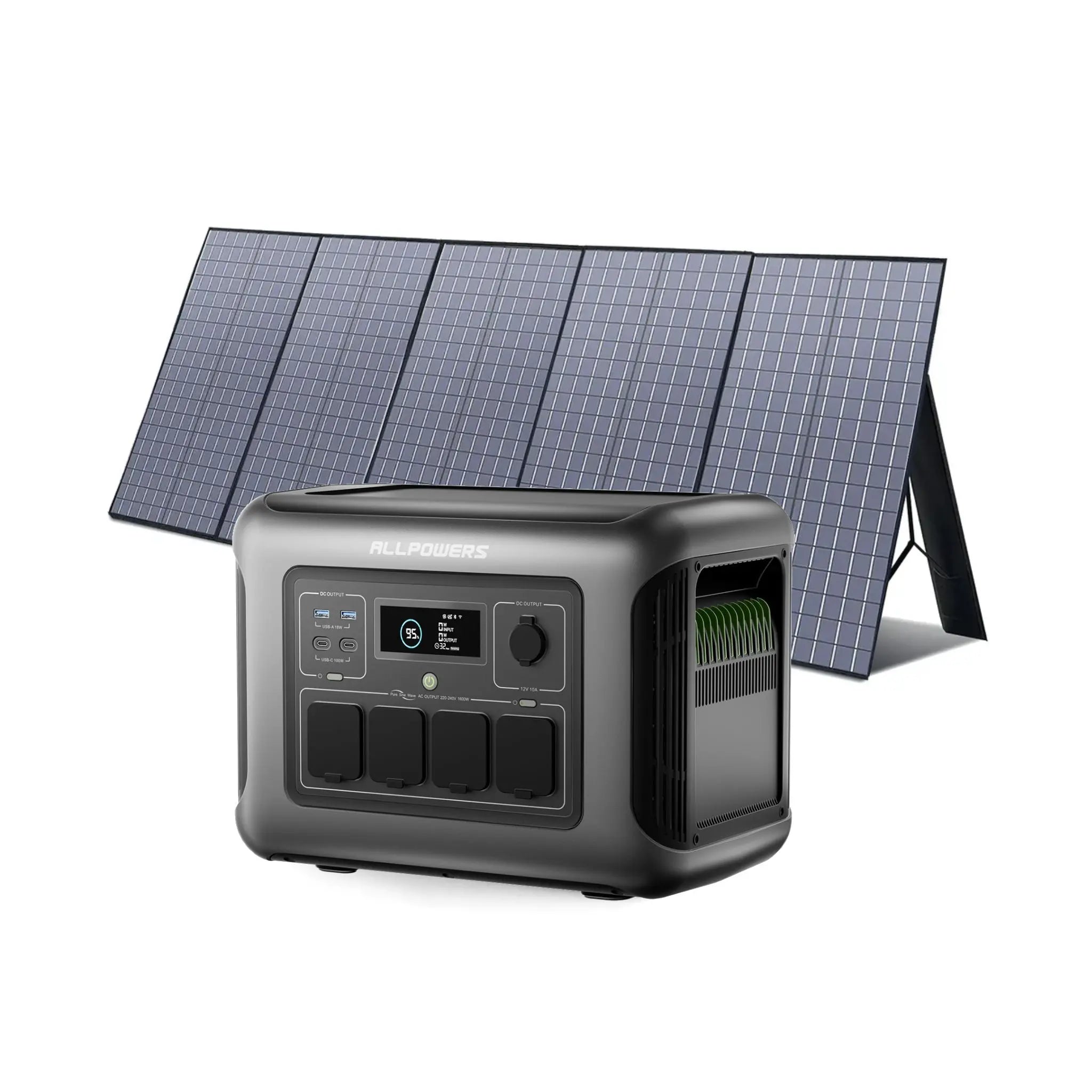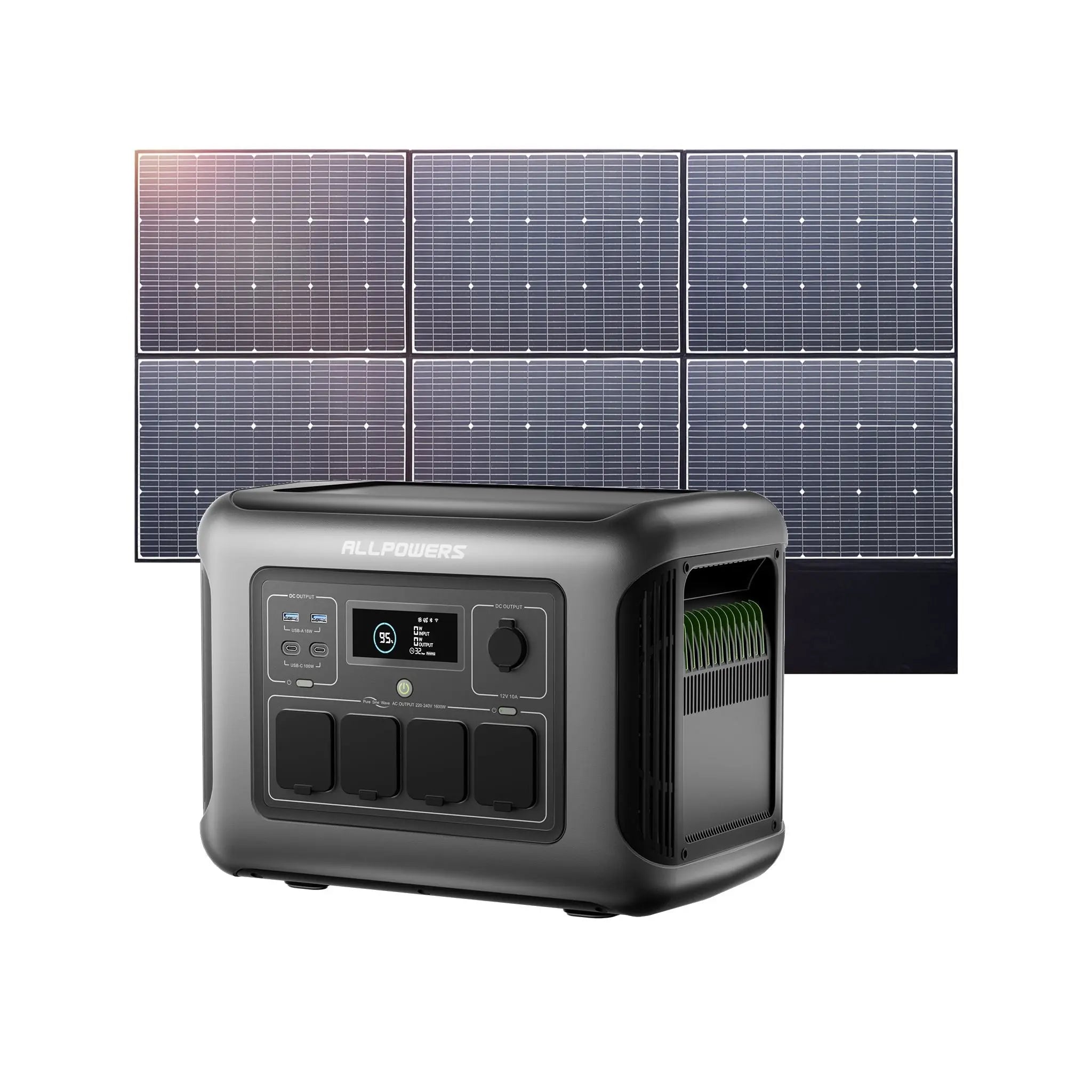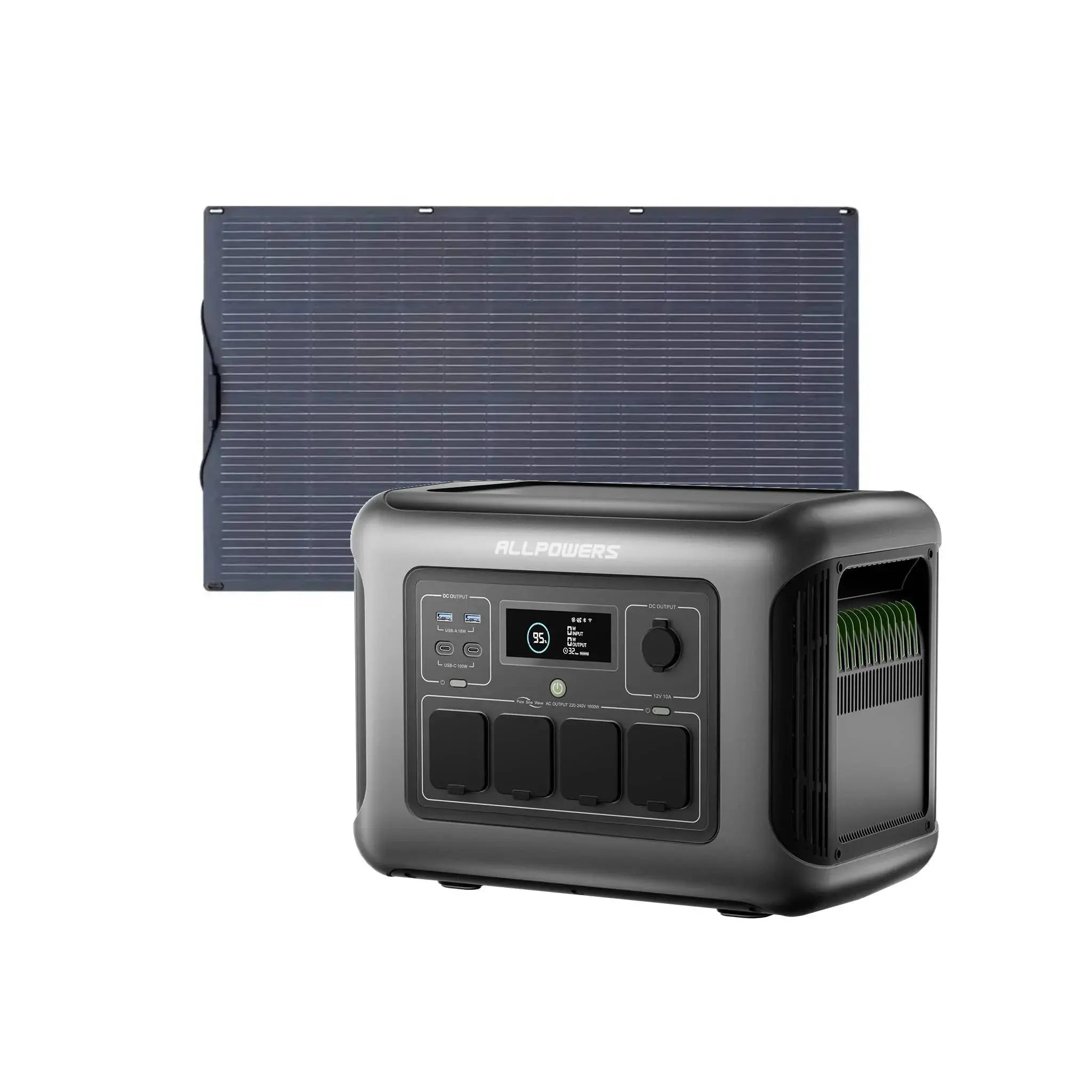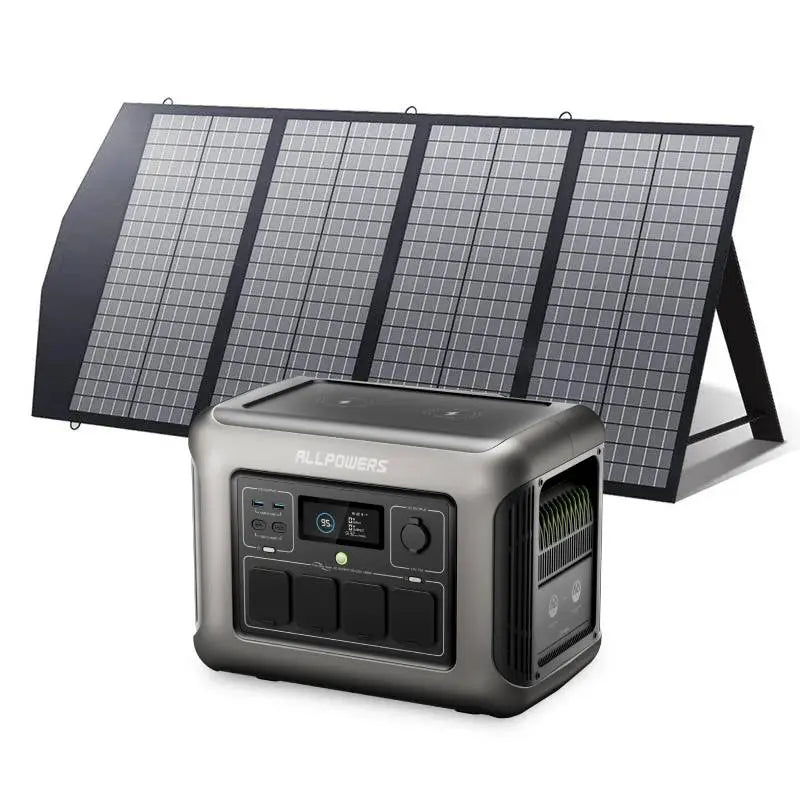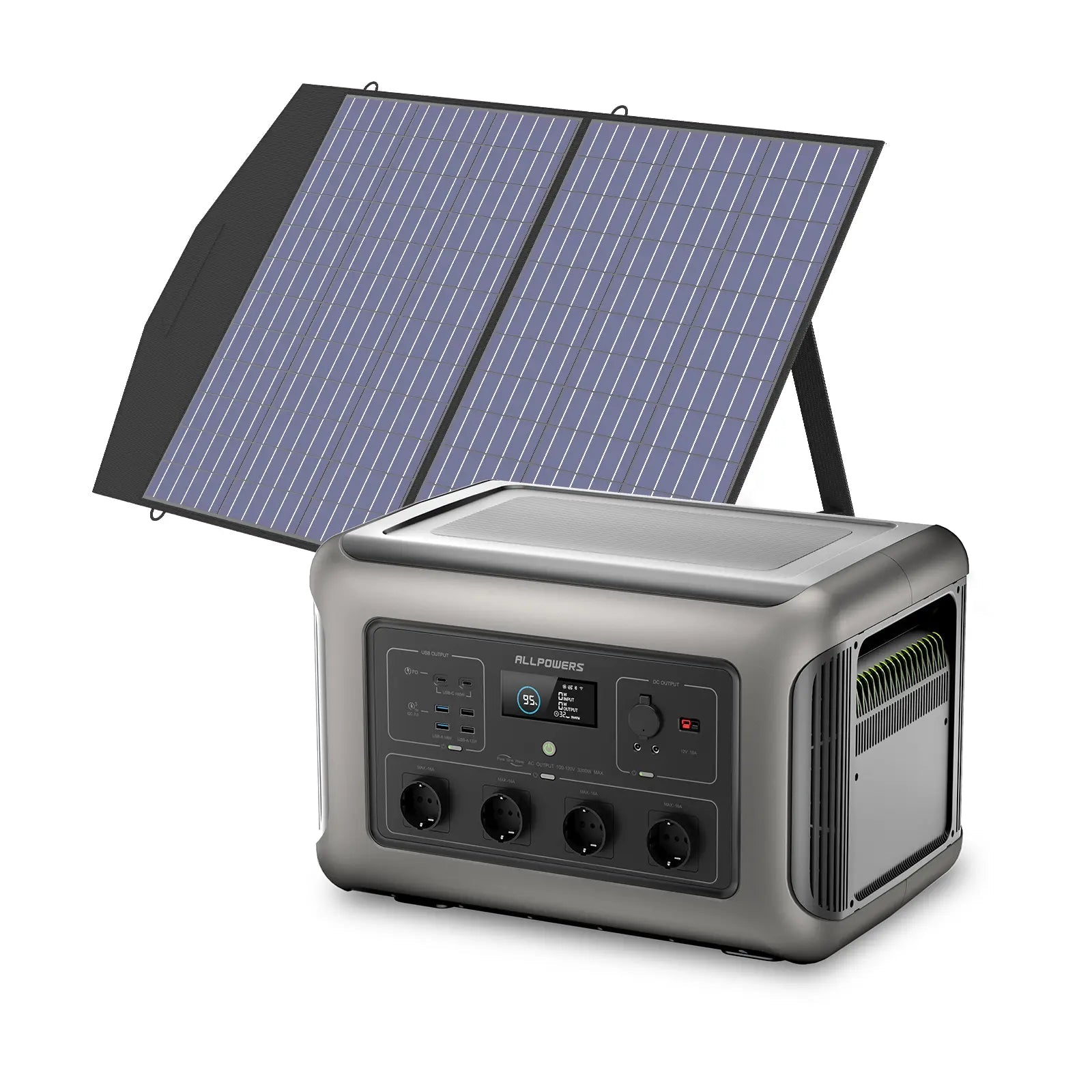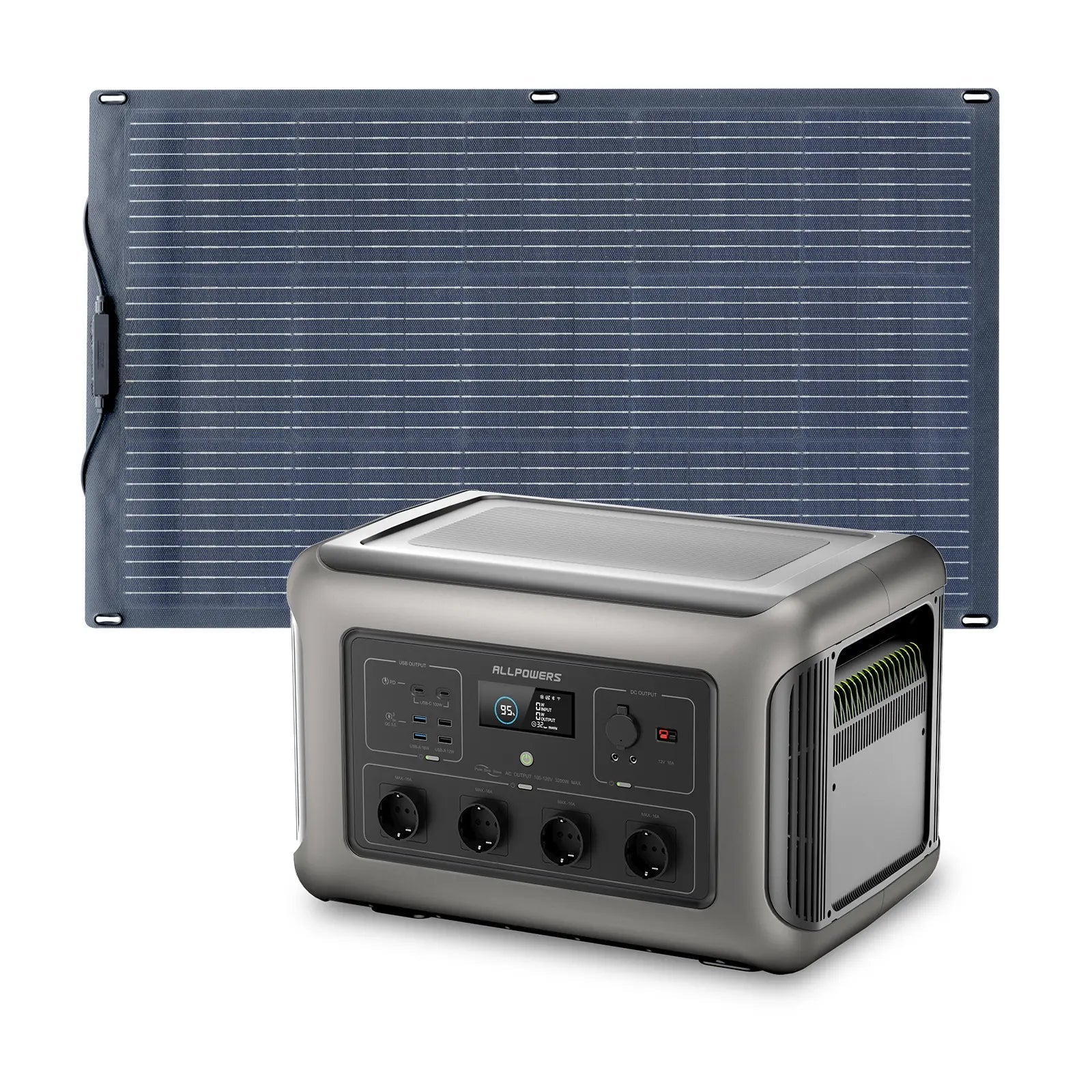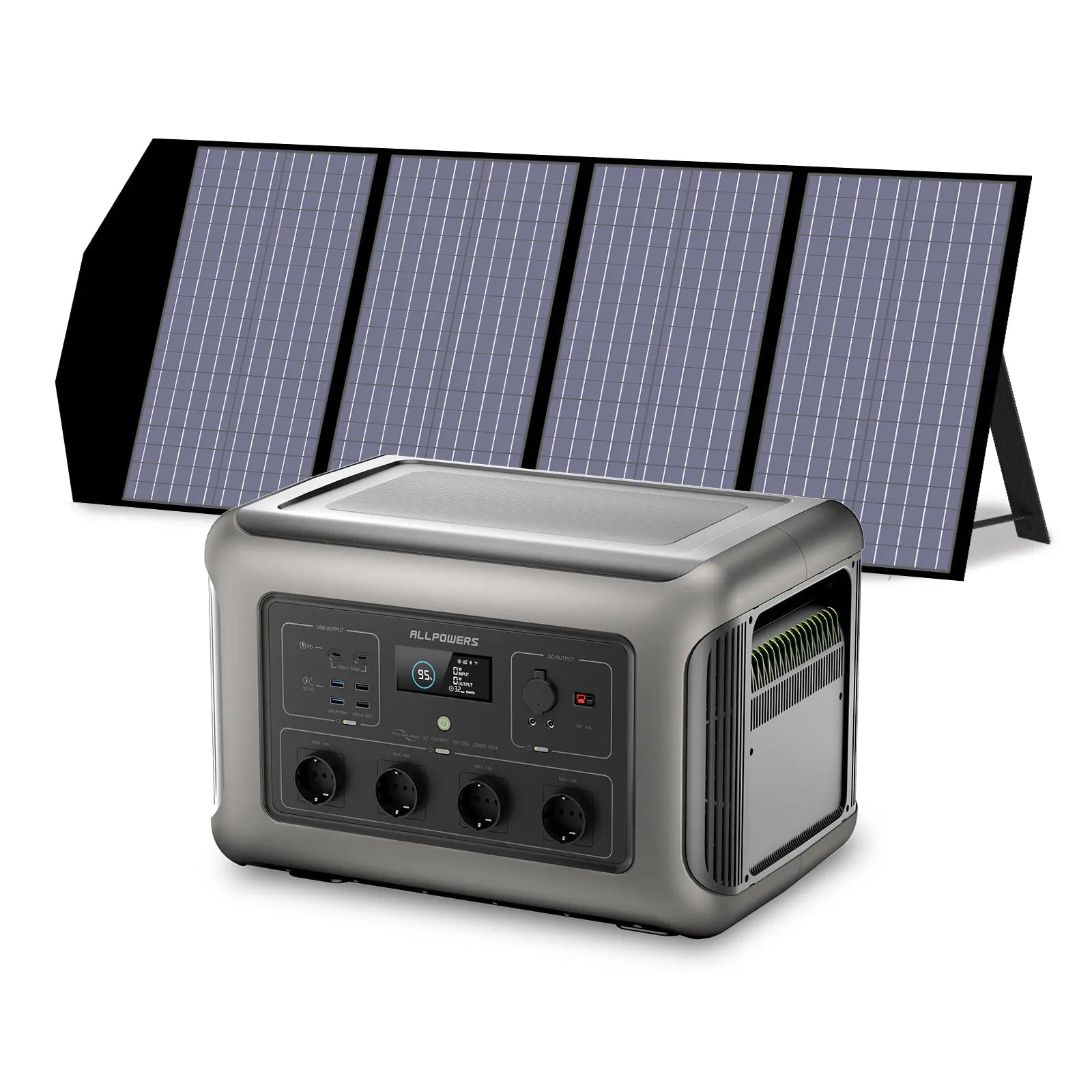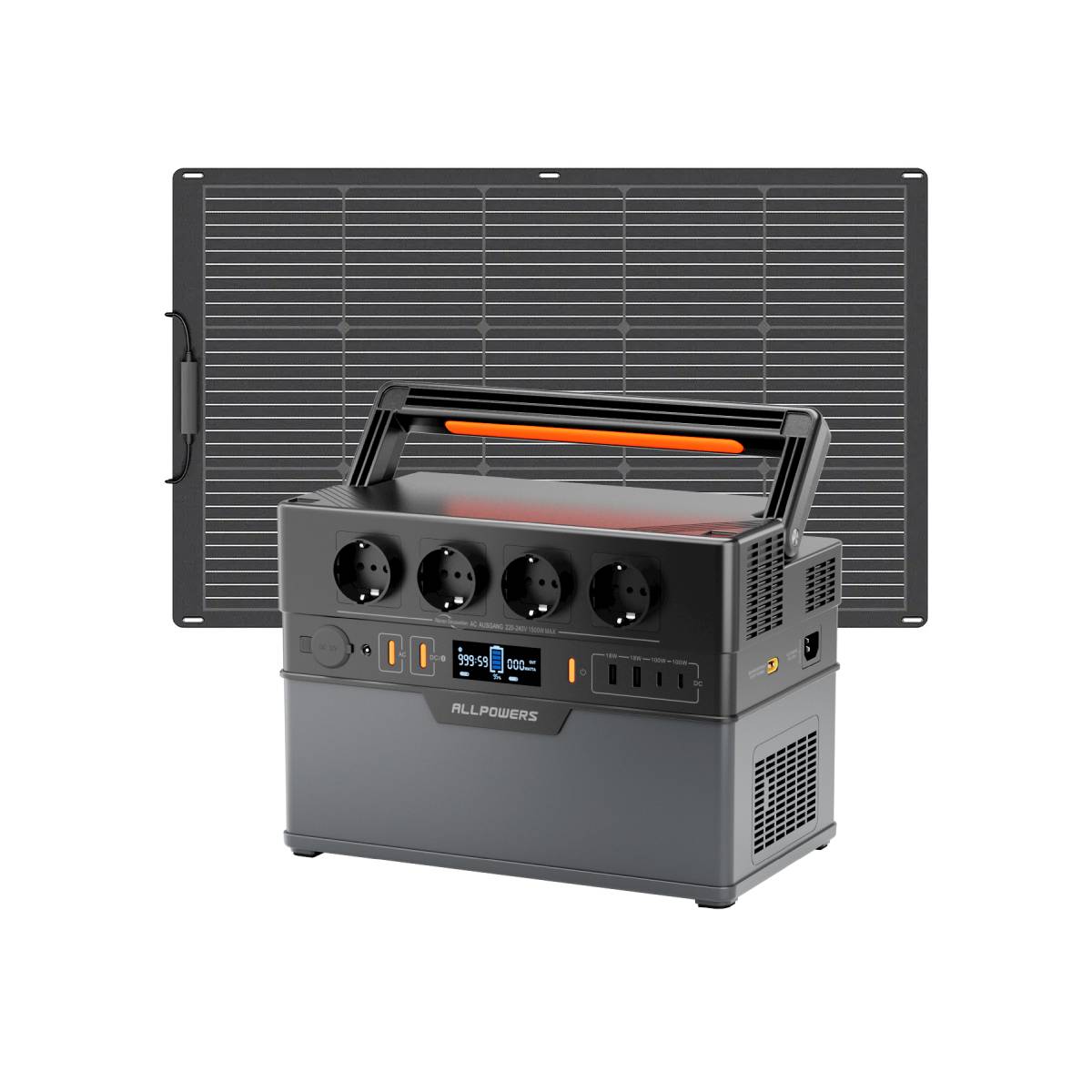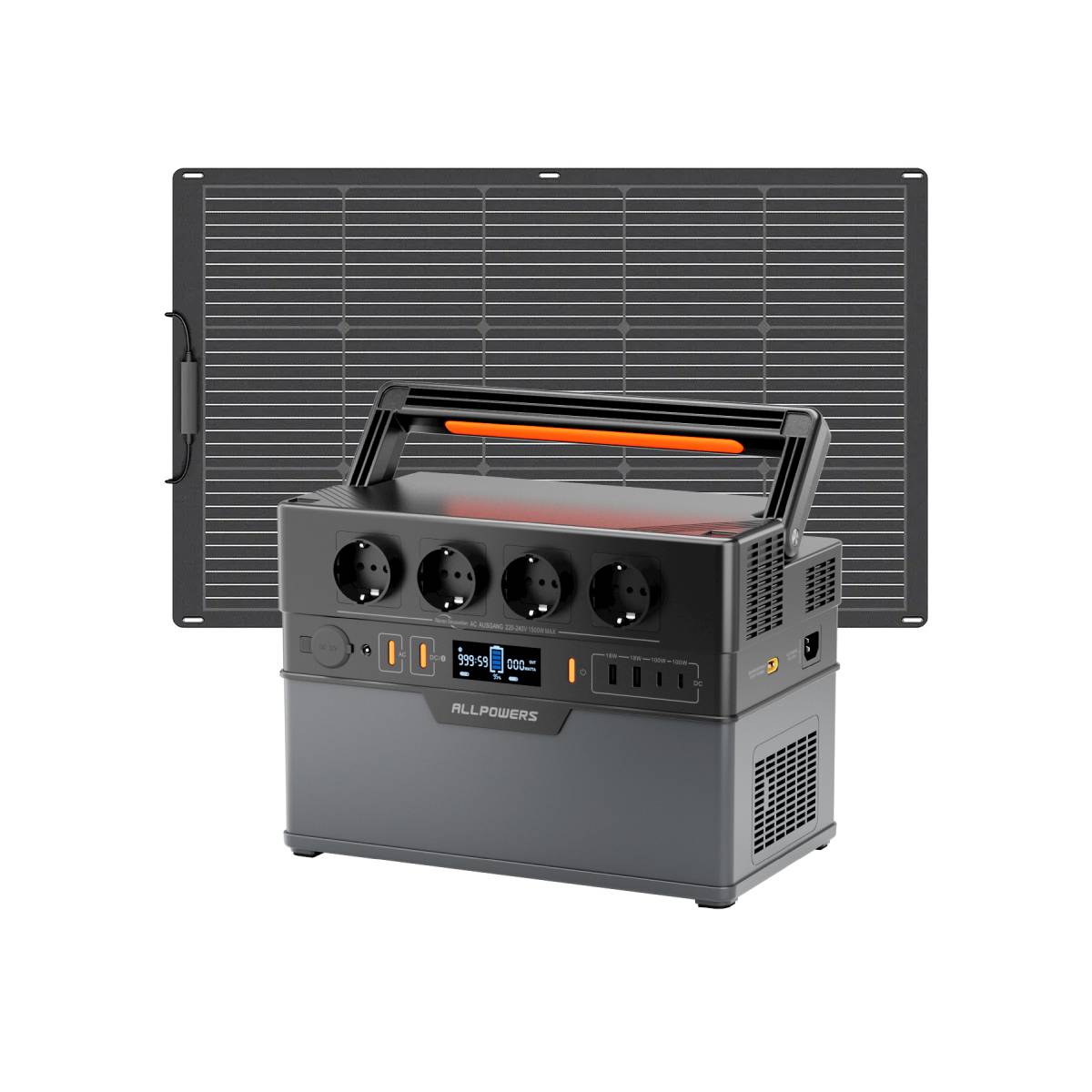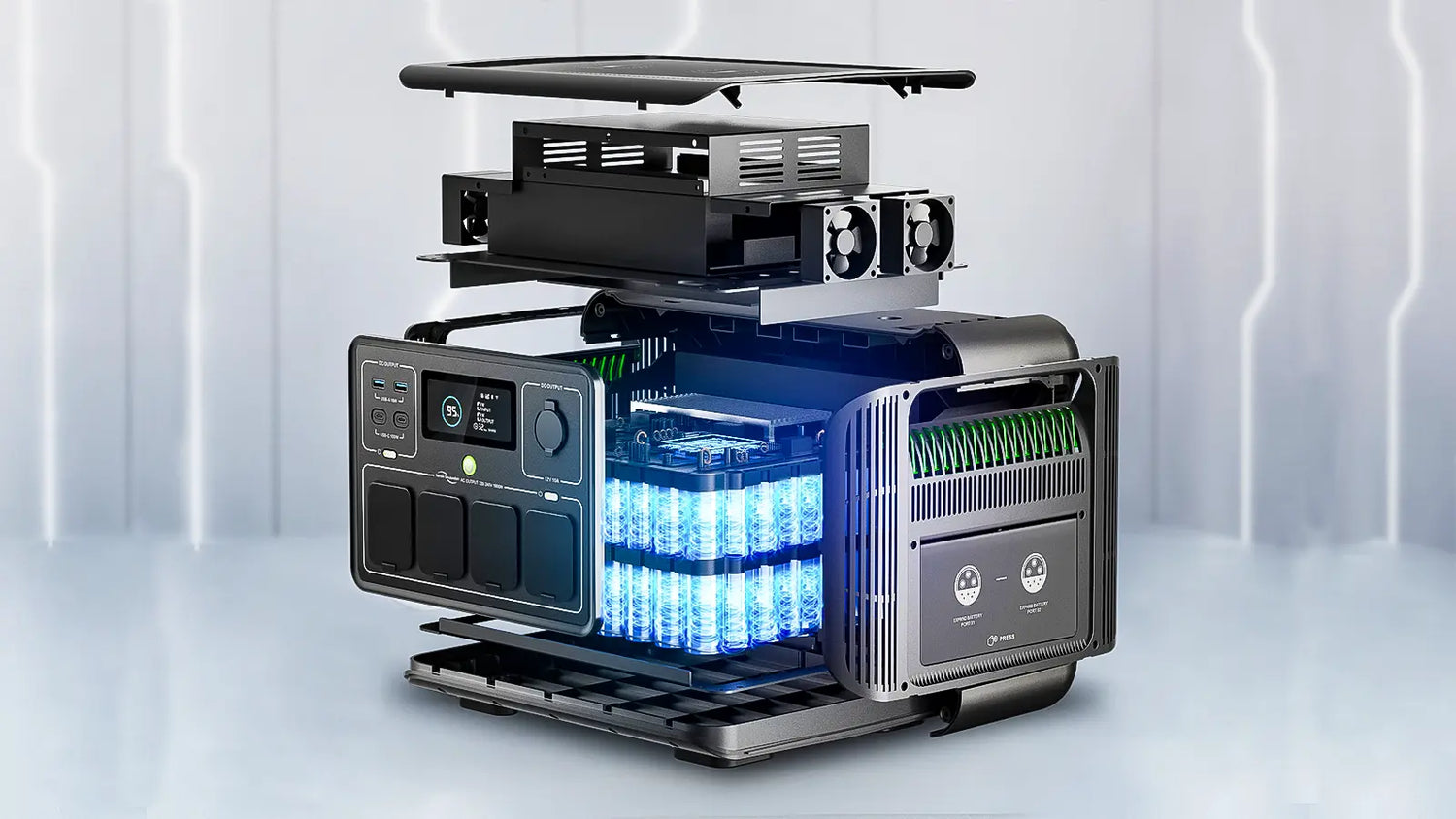It directly determines how long your power station will last, whether it’s worth the price, and how reliable it will be over the years.
When shopping for a portable power station, you’ve probably seen specs like “2500+ life cycles,” “3500+ charge cycles,” or “80% capacity retention after multiple cycles.” These may sound technical, but they actually relate directly to your investment and the user experience you’ll have over the next several years. How long will your power station really last? When will its capacity start to decline? Is it worth the price?
Today, we’ll explain the key metric of battery cycle life in simple terms.
1. What Is a Battery Cycle?
Simply put, a cycle is one full charge and discharge of the battery: from 0% to 100%, then from 100% back to 0%.
The important point is: it doesn’t have to happen all at once!
Think of drinking a bottle of water. Whether you drink it all in one go, or half today and half tomorrow, once the bottle is fully consumed, that counts as one cycle.
For batteries, the same principle applies. For example, if you use 30% of your battery today and 70% tomorrow, together that equals one full cycle.
2. Why Is Cycle Life So Important?
It represents the battery’s usable lifespan.
Batteries are consumables. Each charge and discharge causes microscopic changes in the battery’s materials, which over time reduces its total capacity — a process called aging.
Cycle life refers to how many complete charge-discharge cycles a battery can undergo before its capacity declines noticeably.
For example, a battery with only 500–800 cycles may start to show reduced capacity after 1 or 2 years. Meanwhile, a battery rated for 2500+ or 3500+ cycles can maintain stable capacity for many more years.
Simply put: higher cycle life means better durability and lower long-term costs. When you buy a power station, you’re buying its total usable energy over its lifetime, and cycle life defines that “energy budget.”
3. What Does “3500+ Cycles with 80% Capacity Retention” Mean?
This is an industry-standard measure of battery health.
It means that even after 3500 full cycles, the battery will still retain at least 80% of its original capacity.
For example, a new 1000Wh battery would still provide around 800Wh after 3500 cycles.
Assuming one full cycle per day, this equates to several years of reliable use. And even after capacity drops, the battery remains perfectly usable for lighter loads like charging phones or powering small devices.
It’s important to understand that 80% capacity is not the end of the battery’s life — it marks the start of a gradual aging phase. Many batteries continue to function well beyond this point.
4. Why Can Our Batteries Achieve Such High Cycle Life?
Because we invest in quality materials and engineering.
-
Premium lithium cells
We select cells with excellent thermal stability and chemical properties for long lifespan. -
Reinforced internal design
Stronger separators and optimized electrode structures reduce physical damage during cycles. -
Advanced Battery Management System (BMS)
Monitors temperature, voltage, and current to prevent overcharge, over-discharge, and overheating, which extends battery life. -
Rigorous testing standards
Our batteries undergo extensive lab and real-world testing to ensure consistent, reliable performance. -
Built for demanding conditions
Whether used for outdoor camping, solar charging, or home backup, our batteries are designed to endure frequent cycles without compromise.
Conclusion: Cycle Life Reflects Long-Term Value.
“3500+ cycles with 80% capacity retention” is not marketing fluff. It is a core indicator of battery durability and reliability.
If you want a power station that lasts multiple years with stable performance,
If you want to avoid premature capacity loss and frequent replacements,
If you care about the long-term cost and usability of your power source,
then cycle life is the most important spec you should consider.
Choosing a high cycle life battery means choosing peace of mind for your future power needs.


